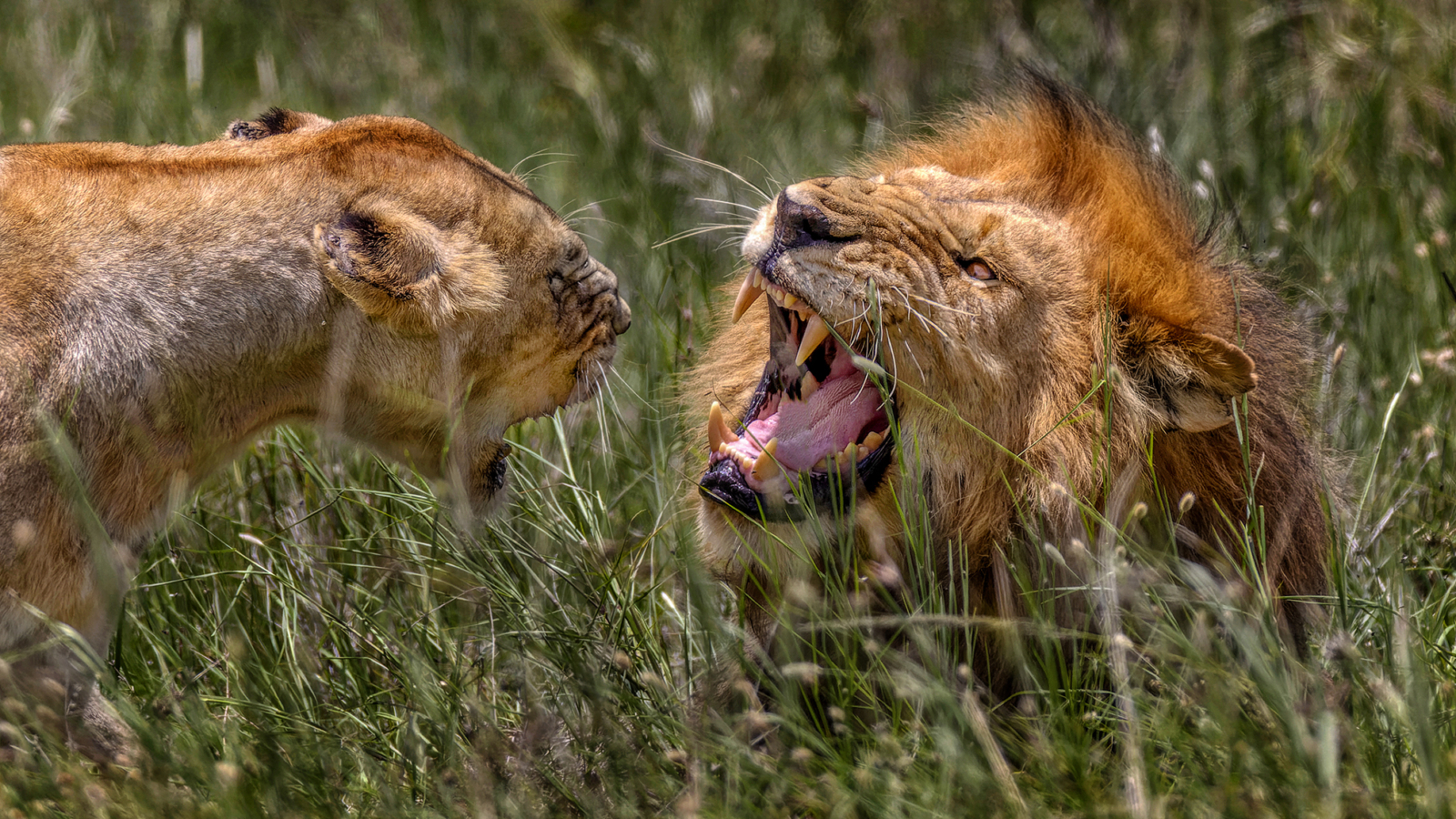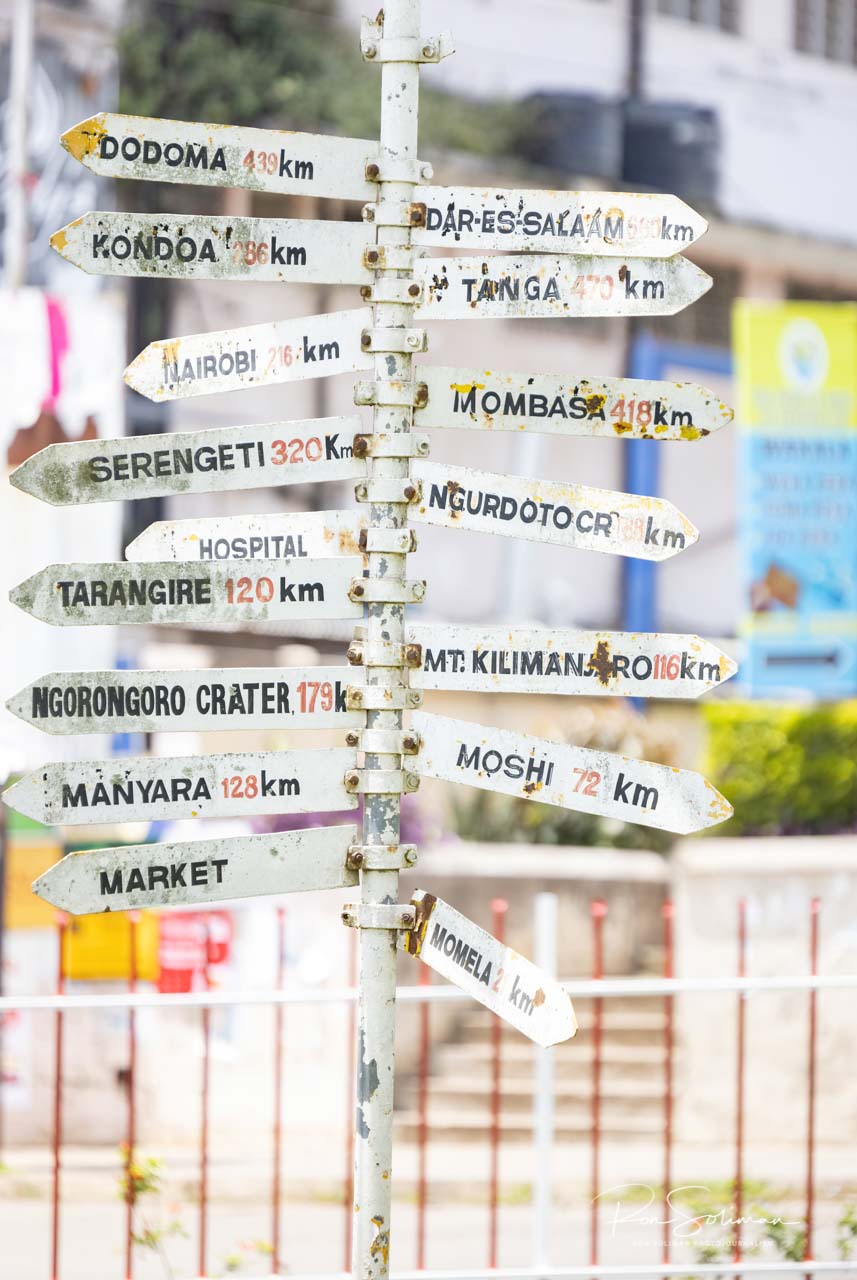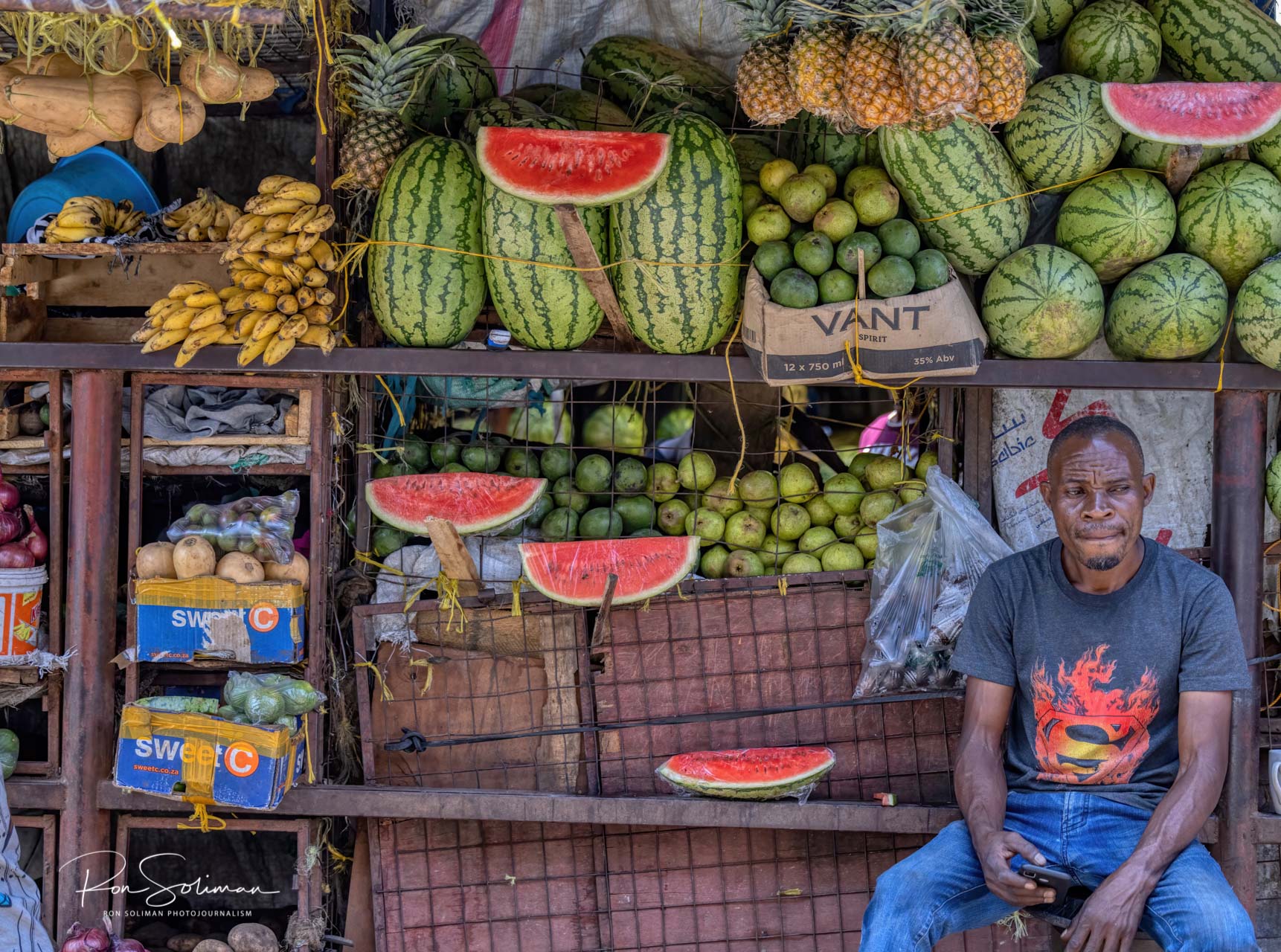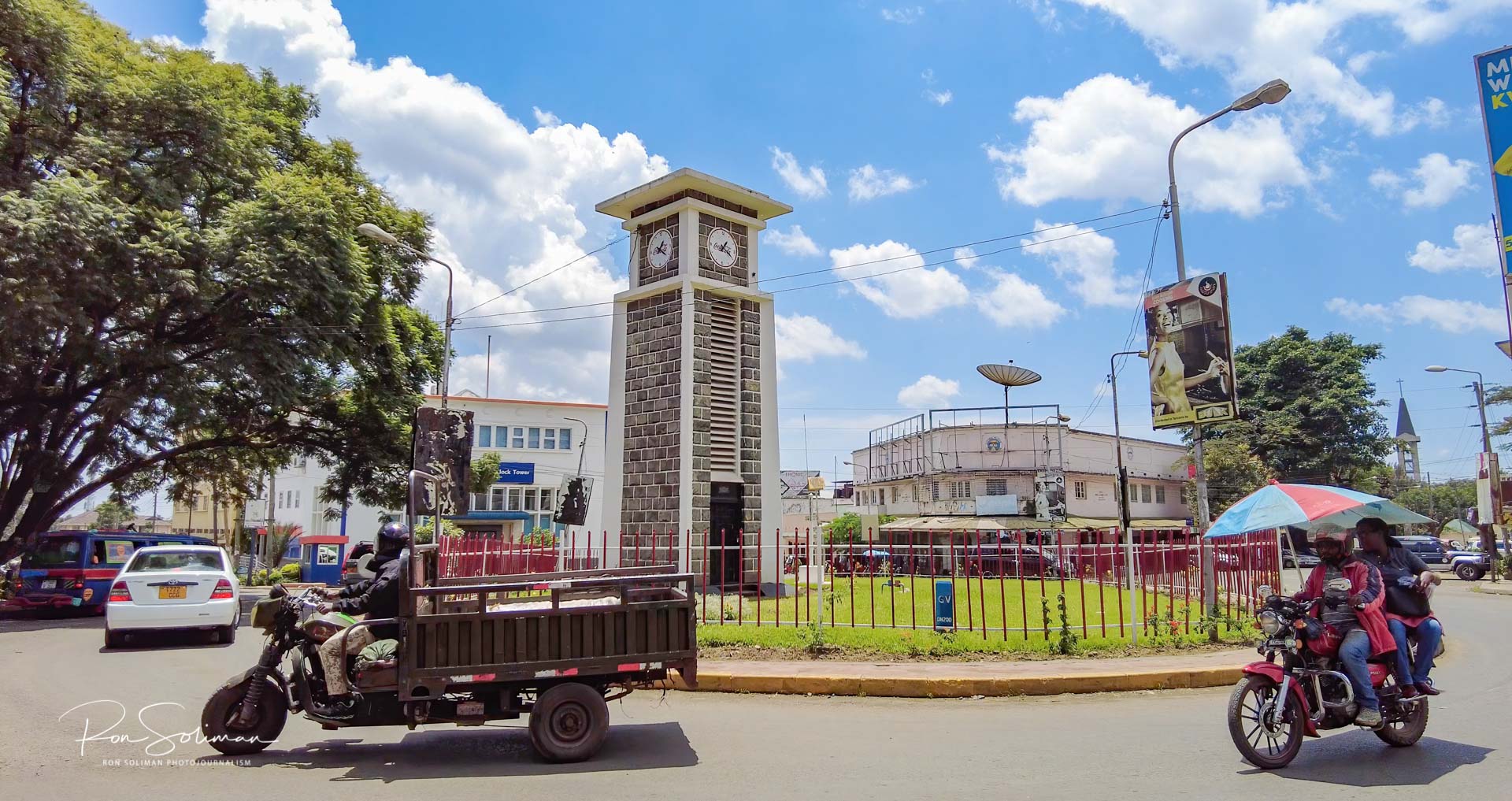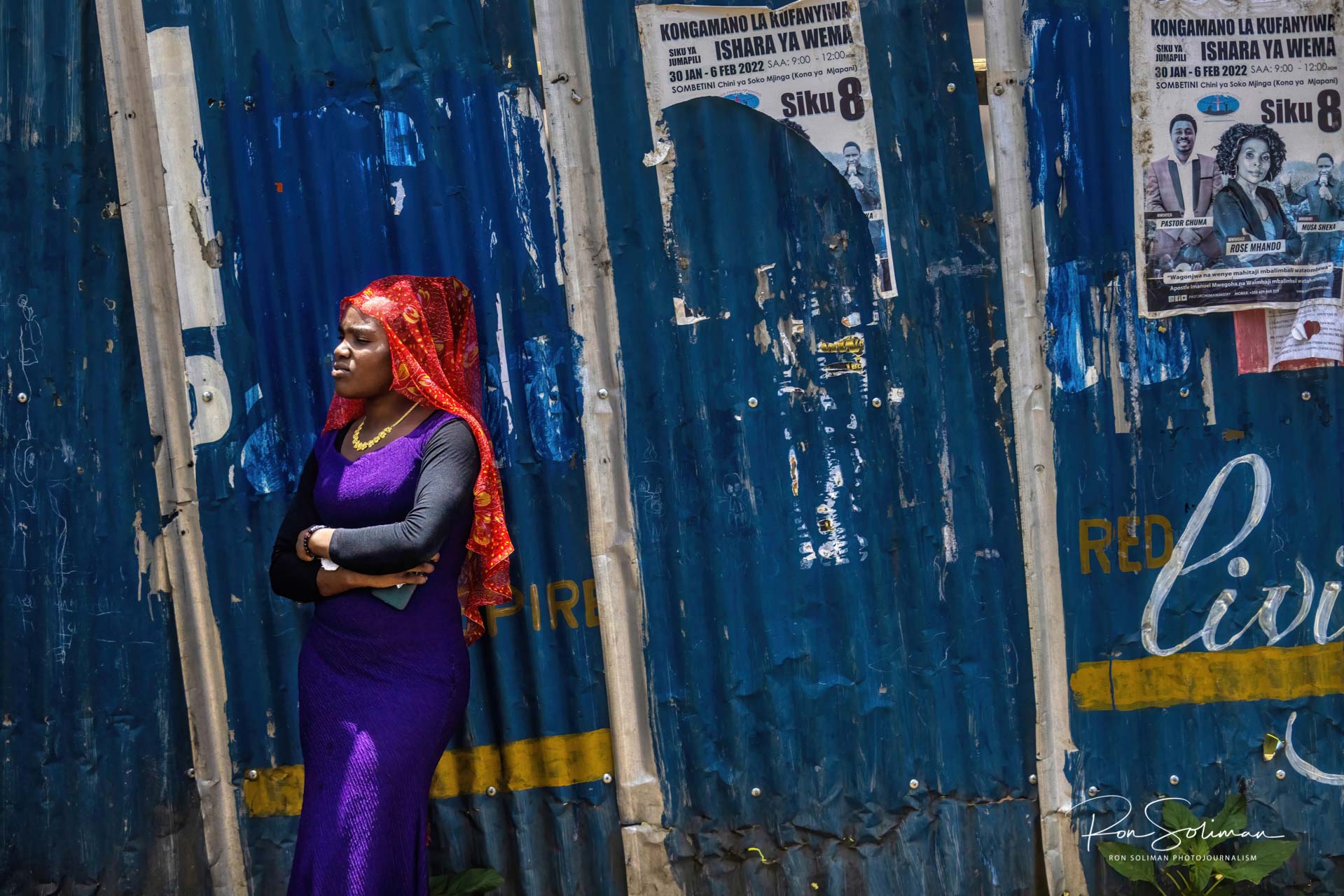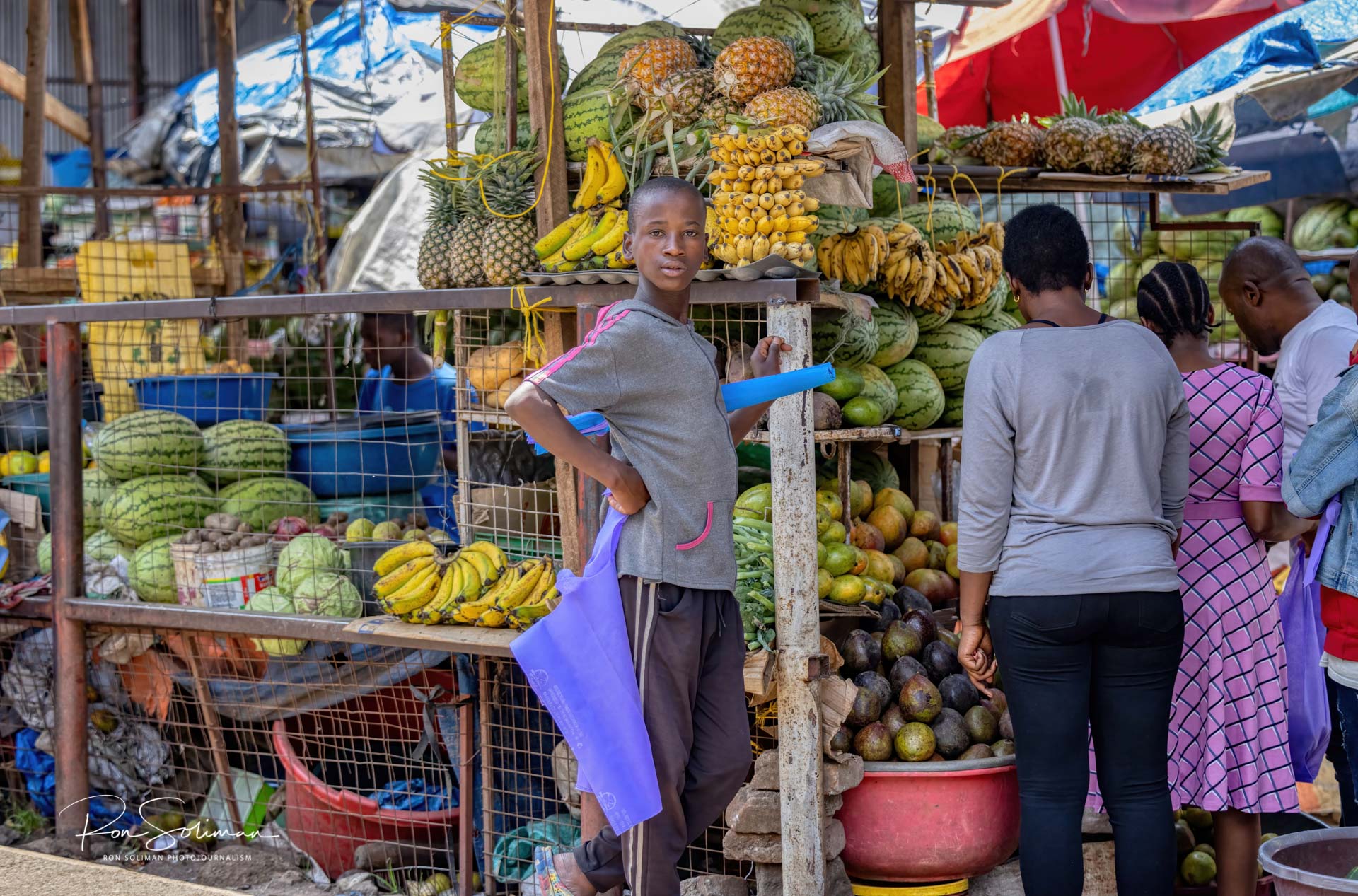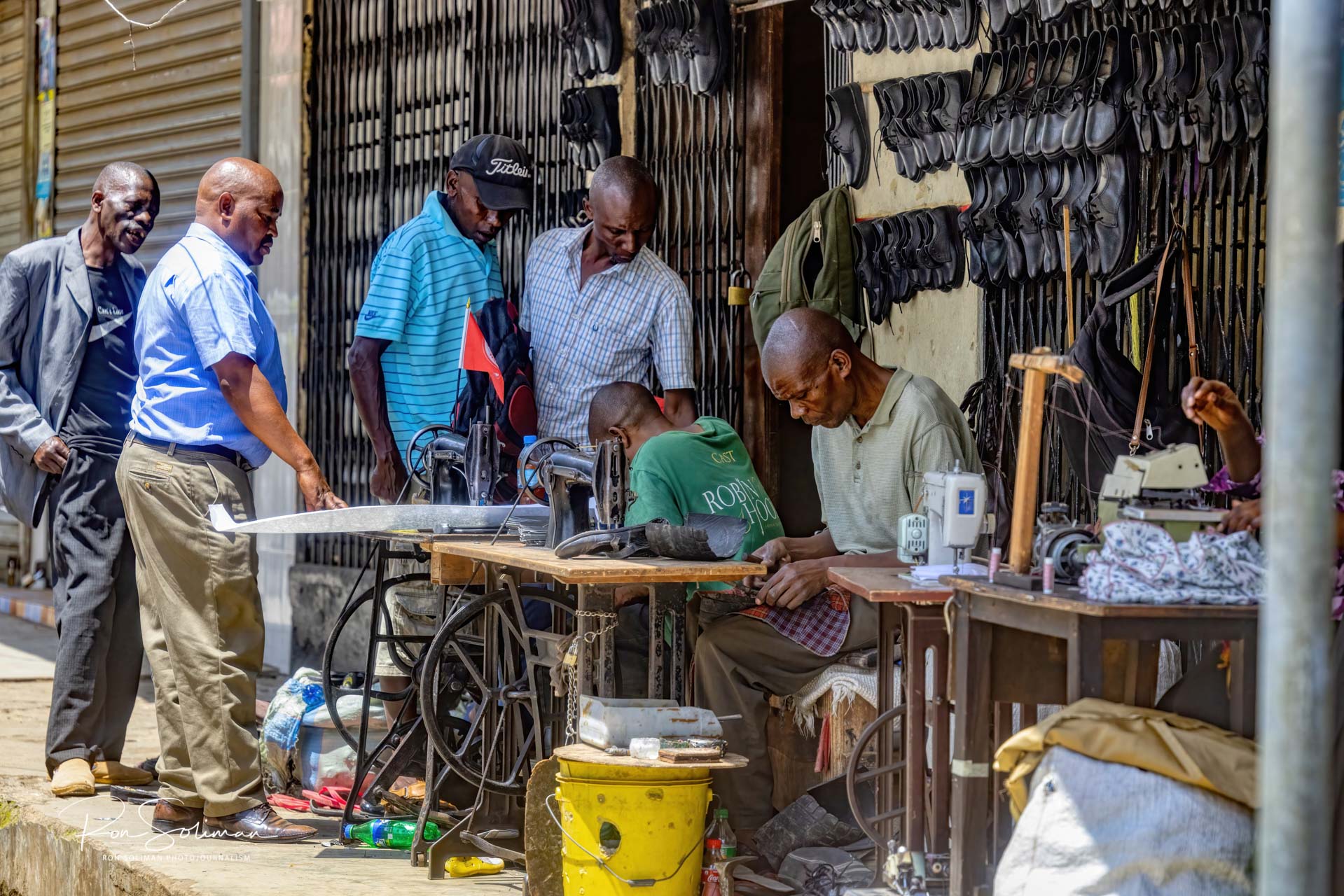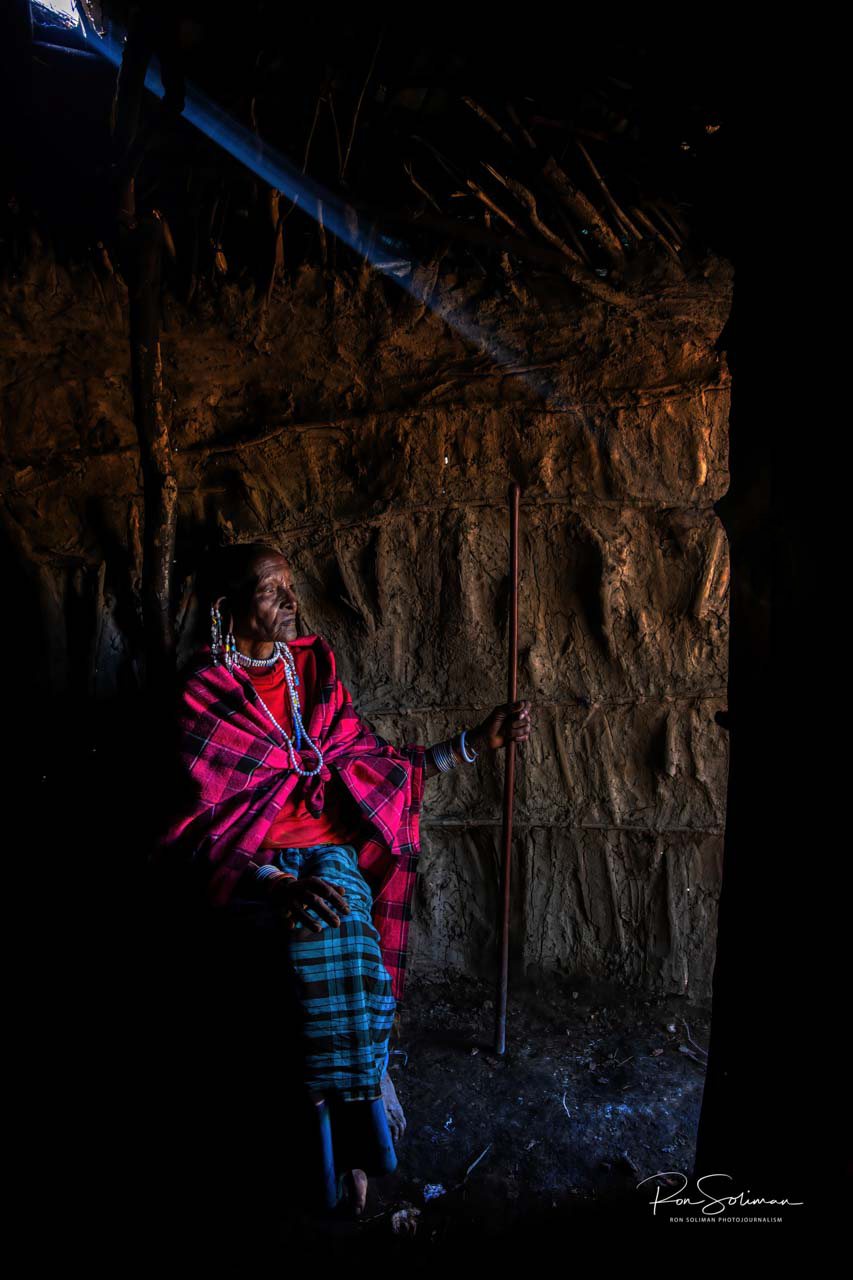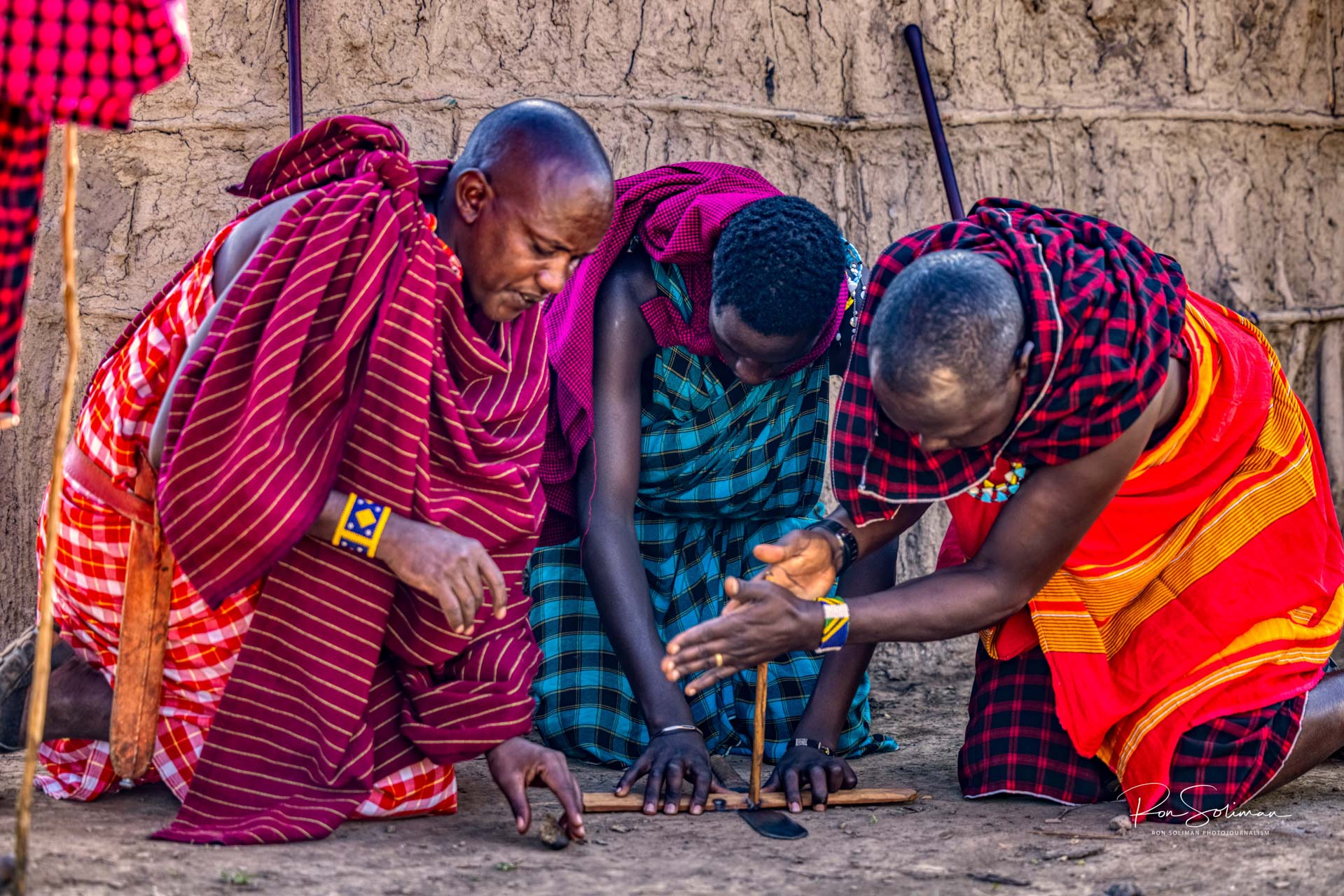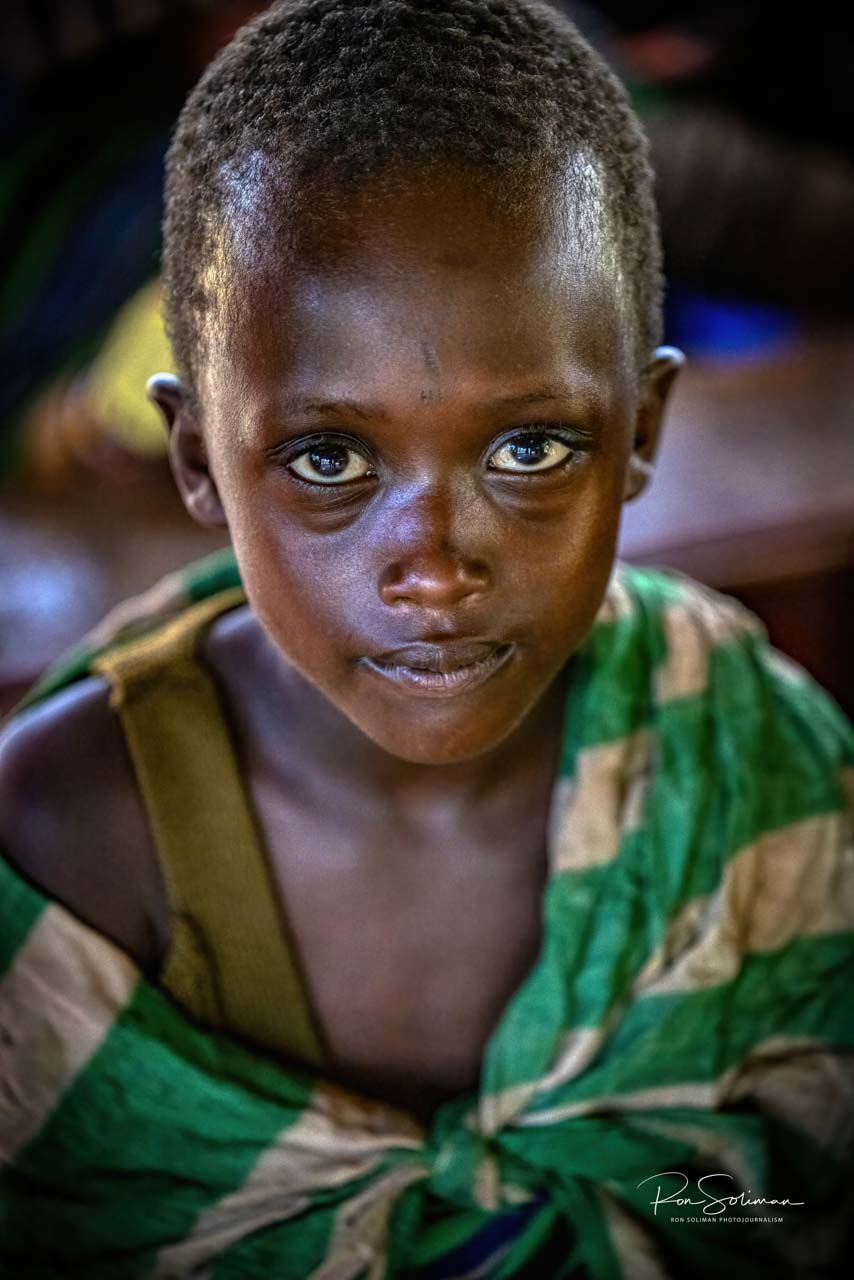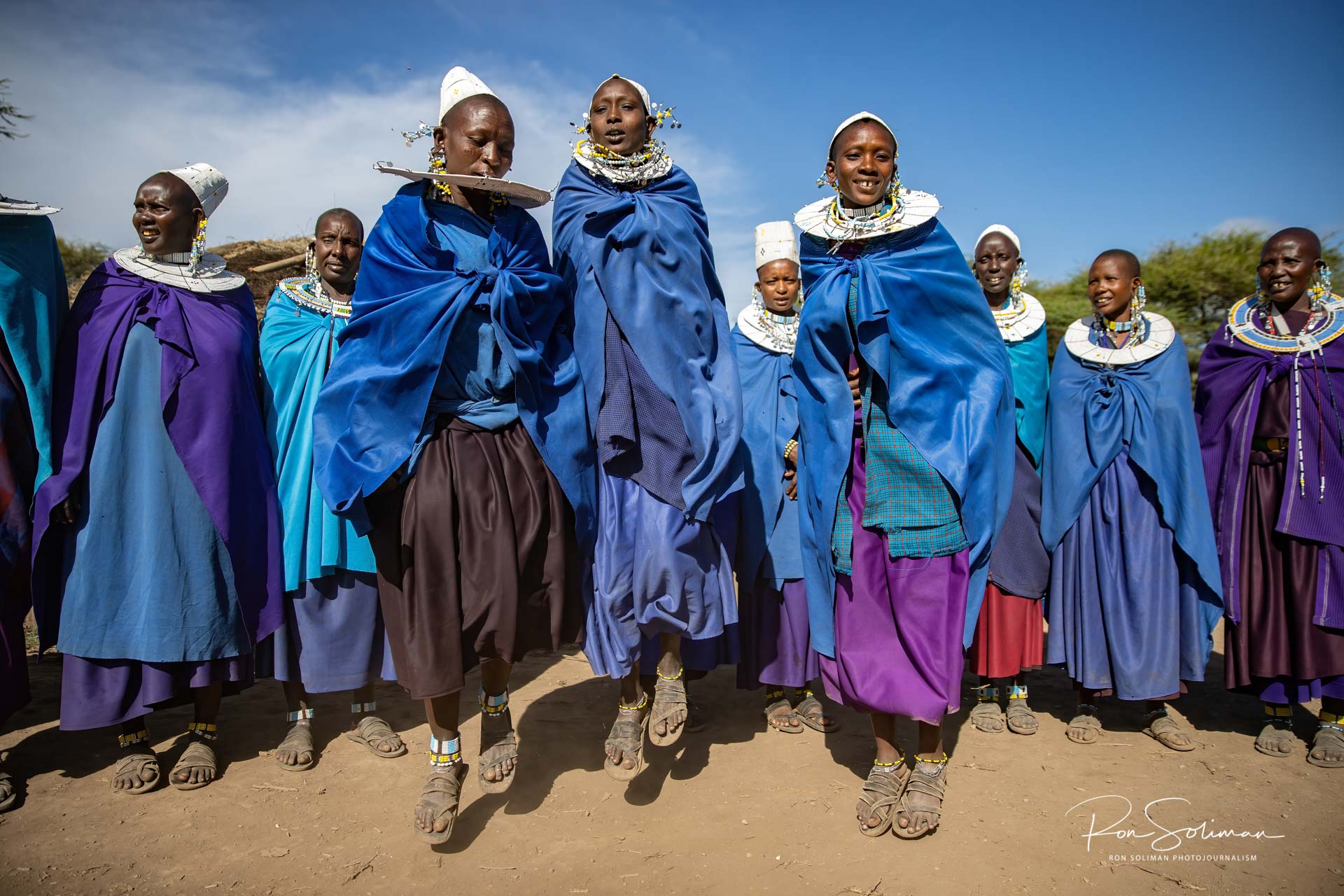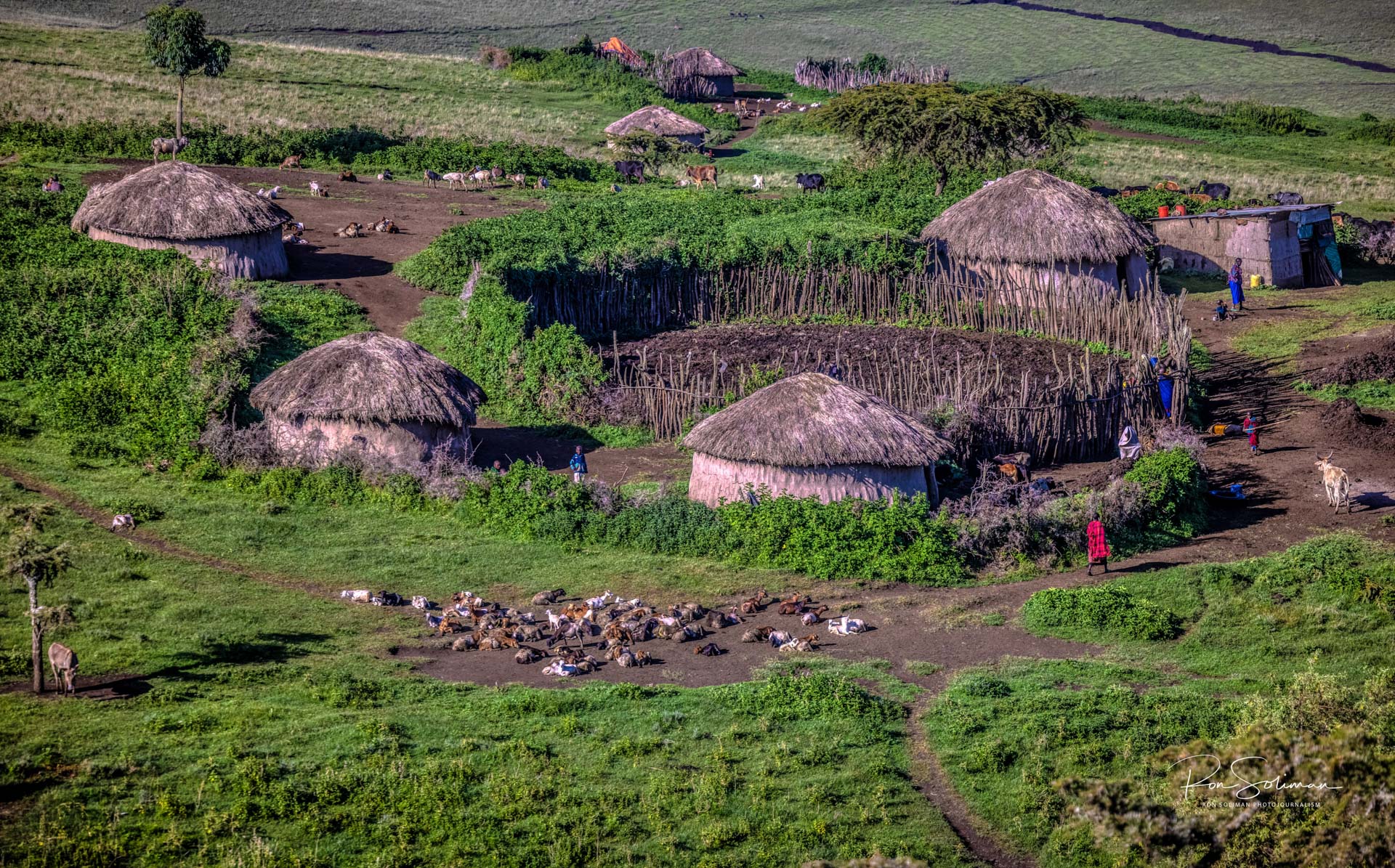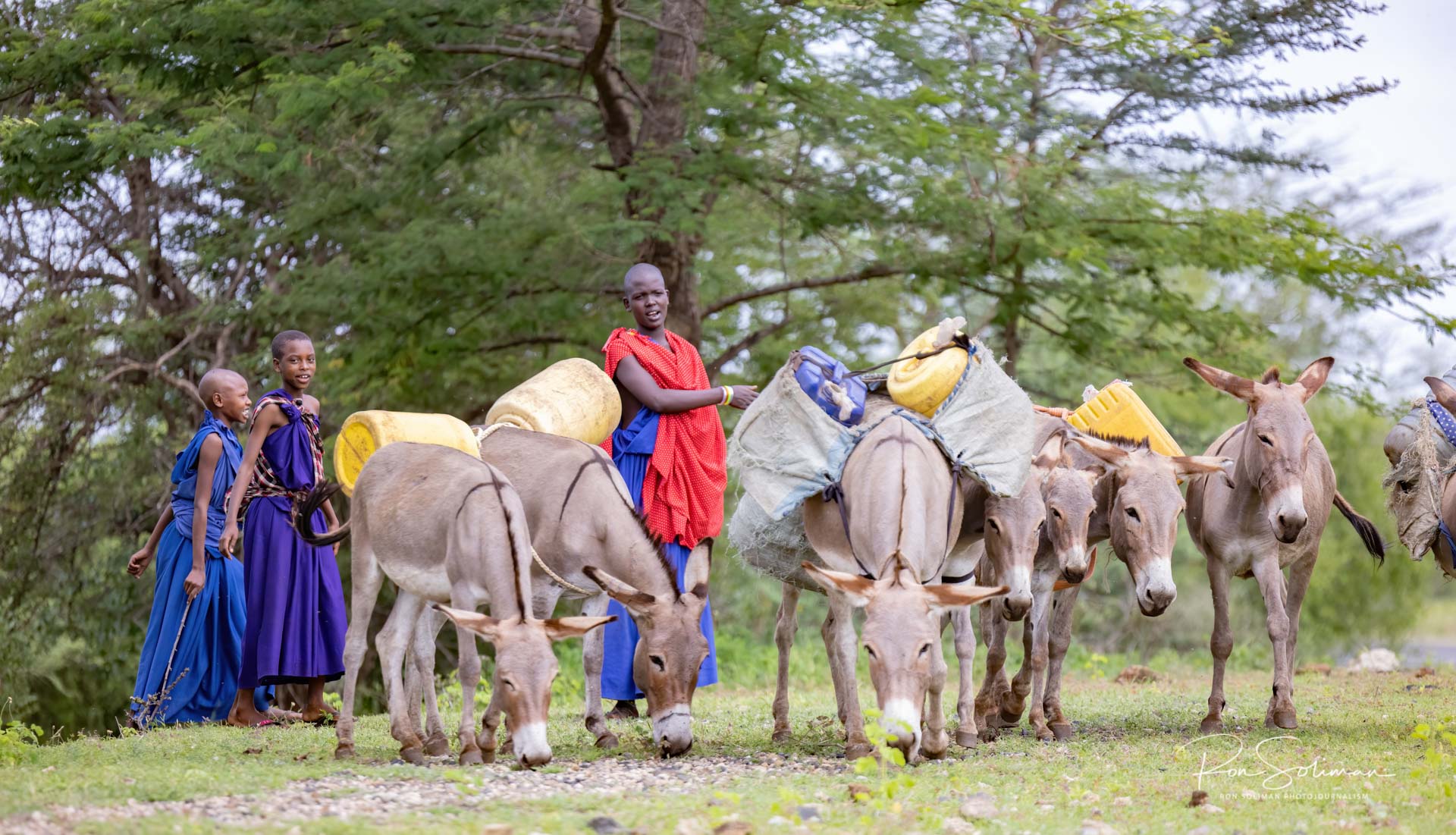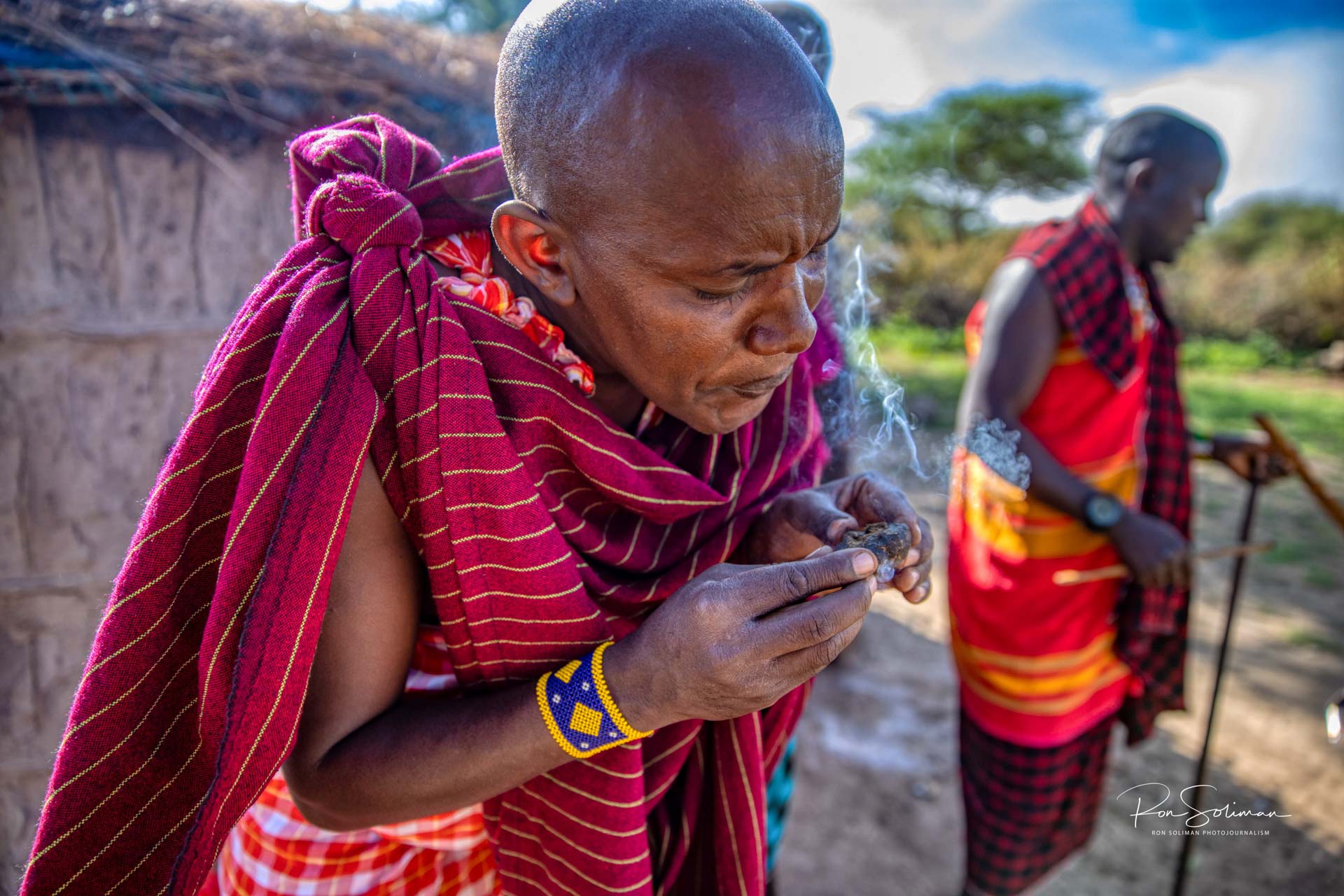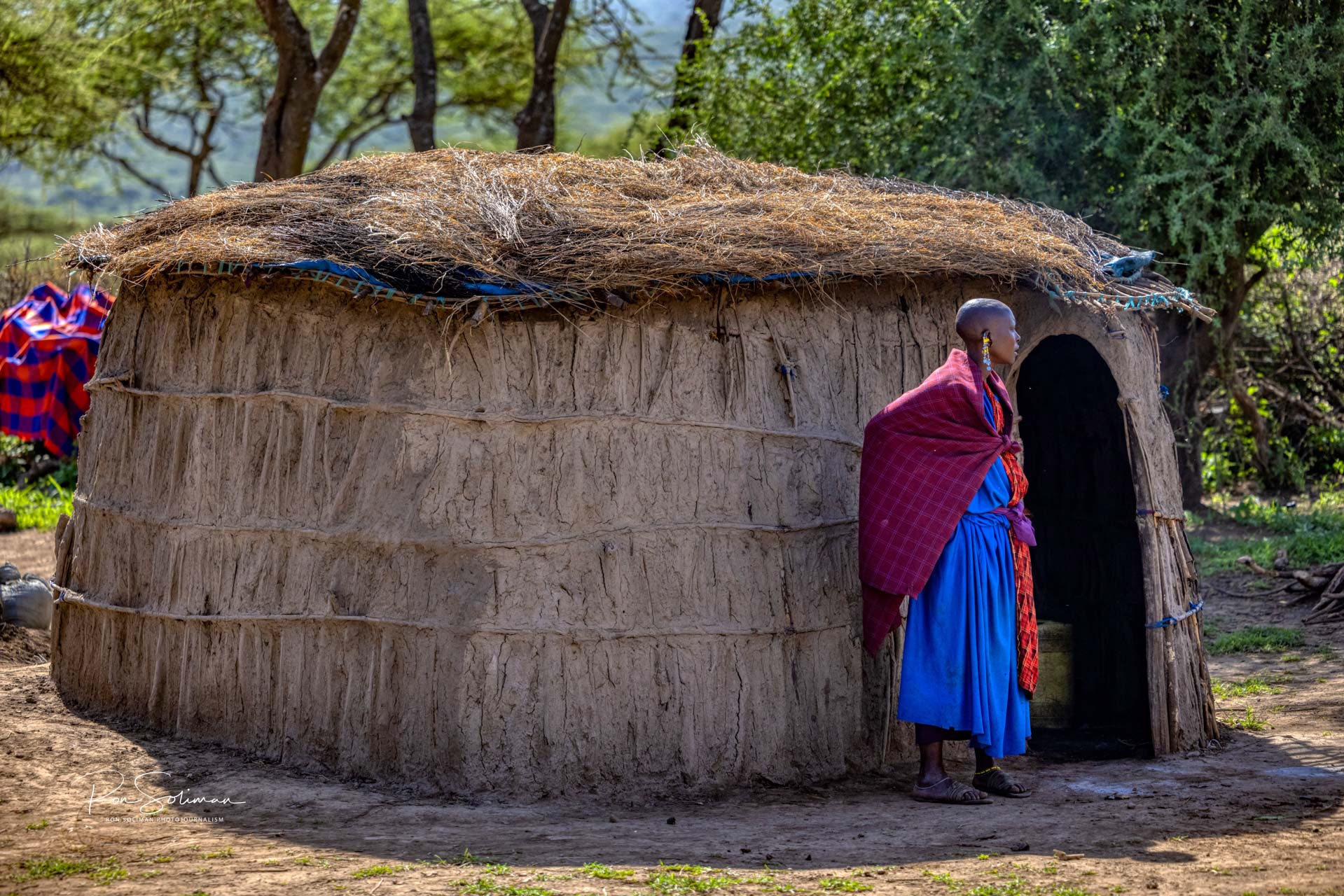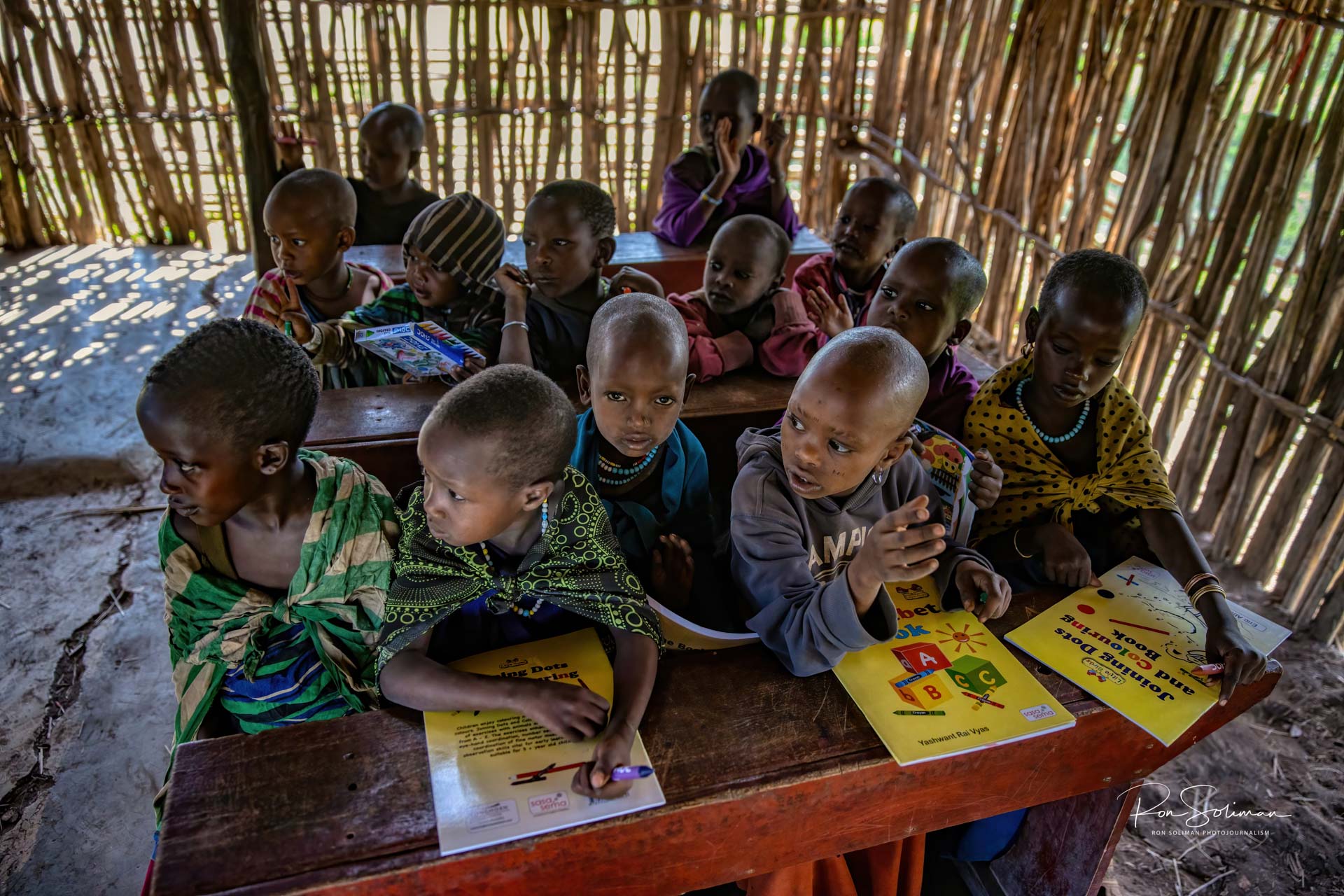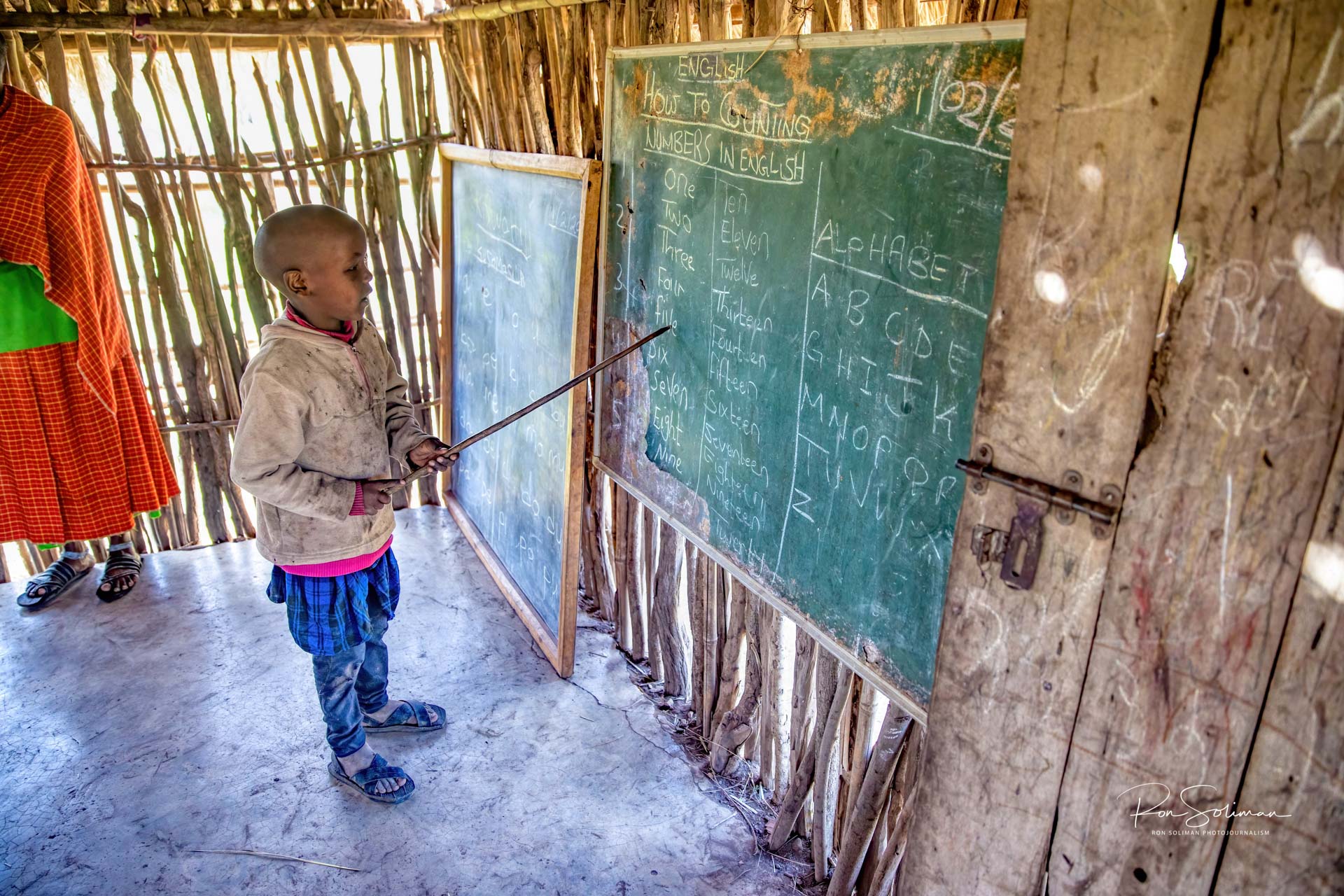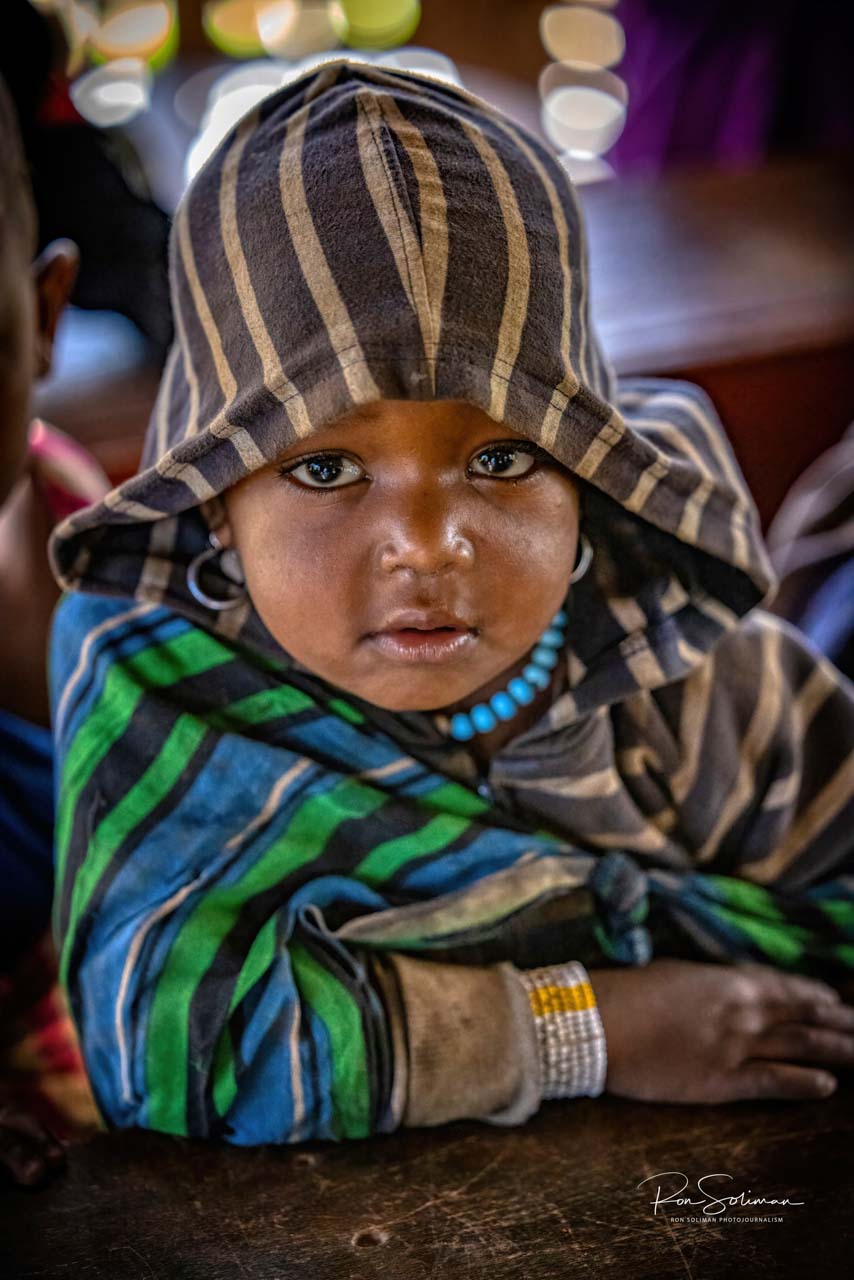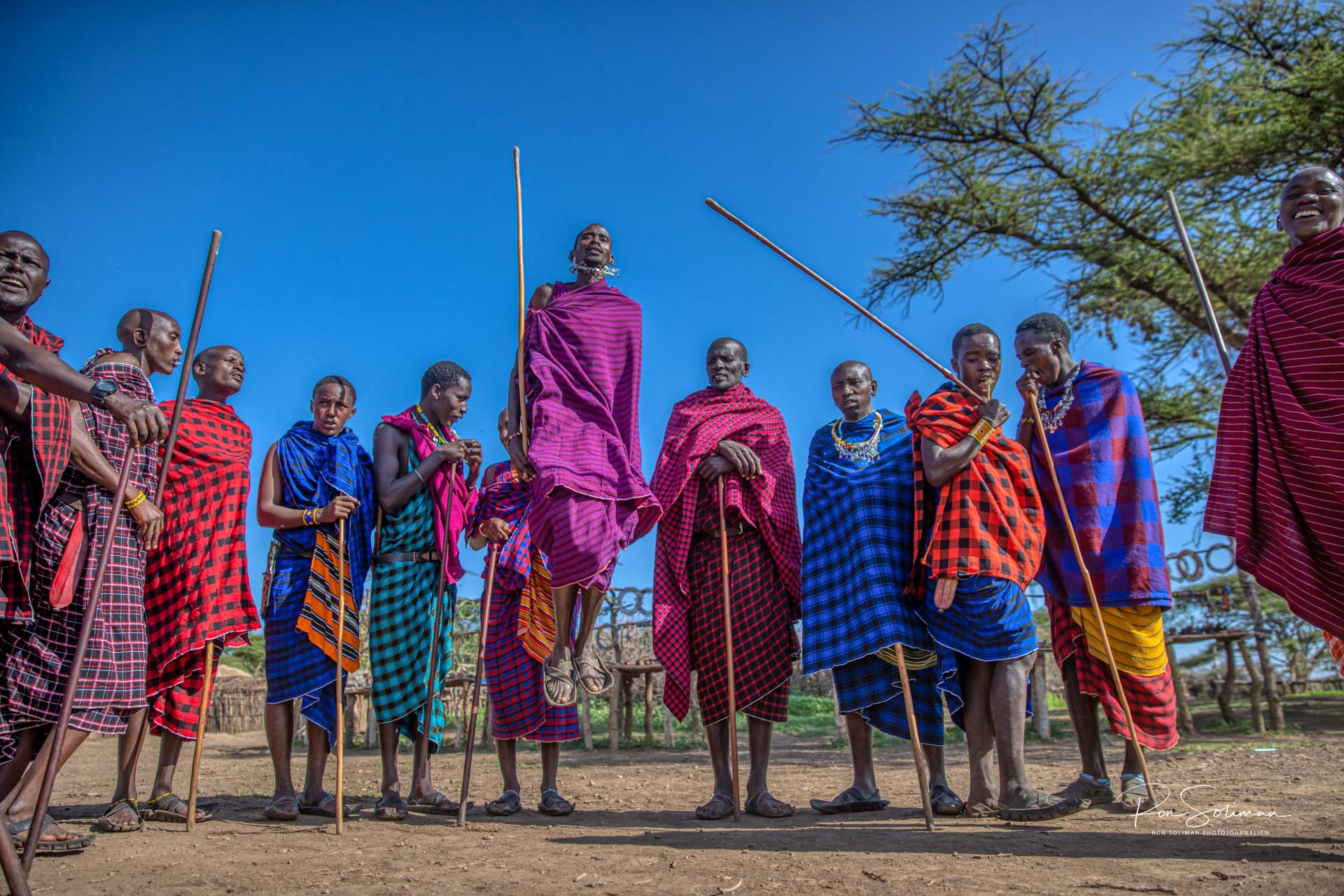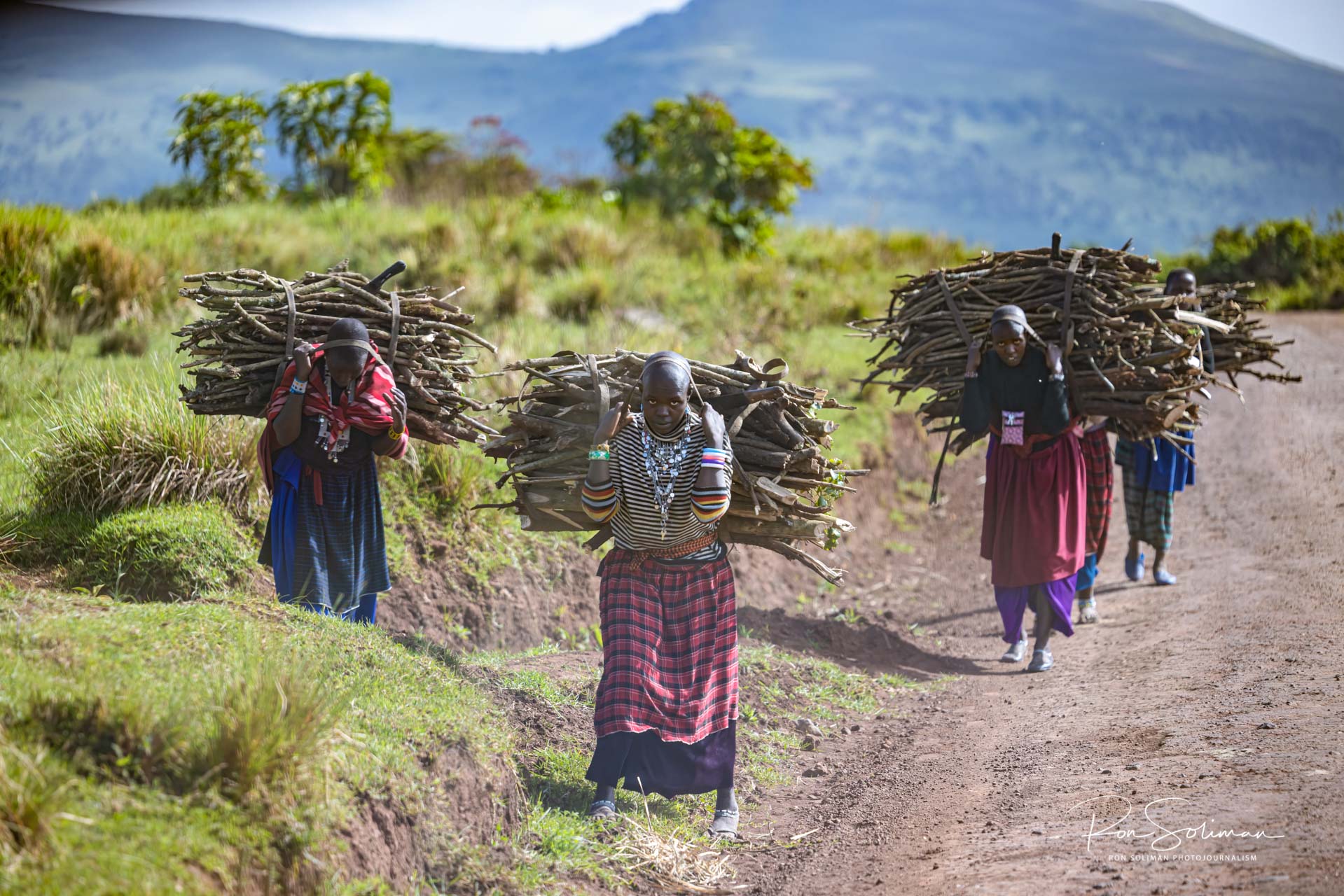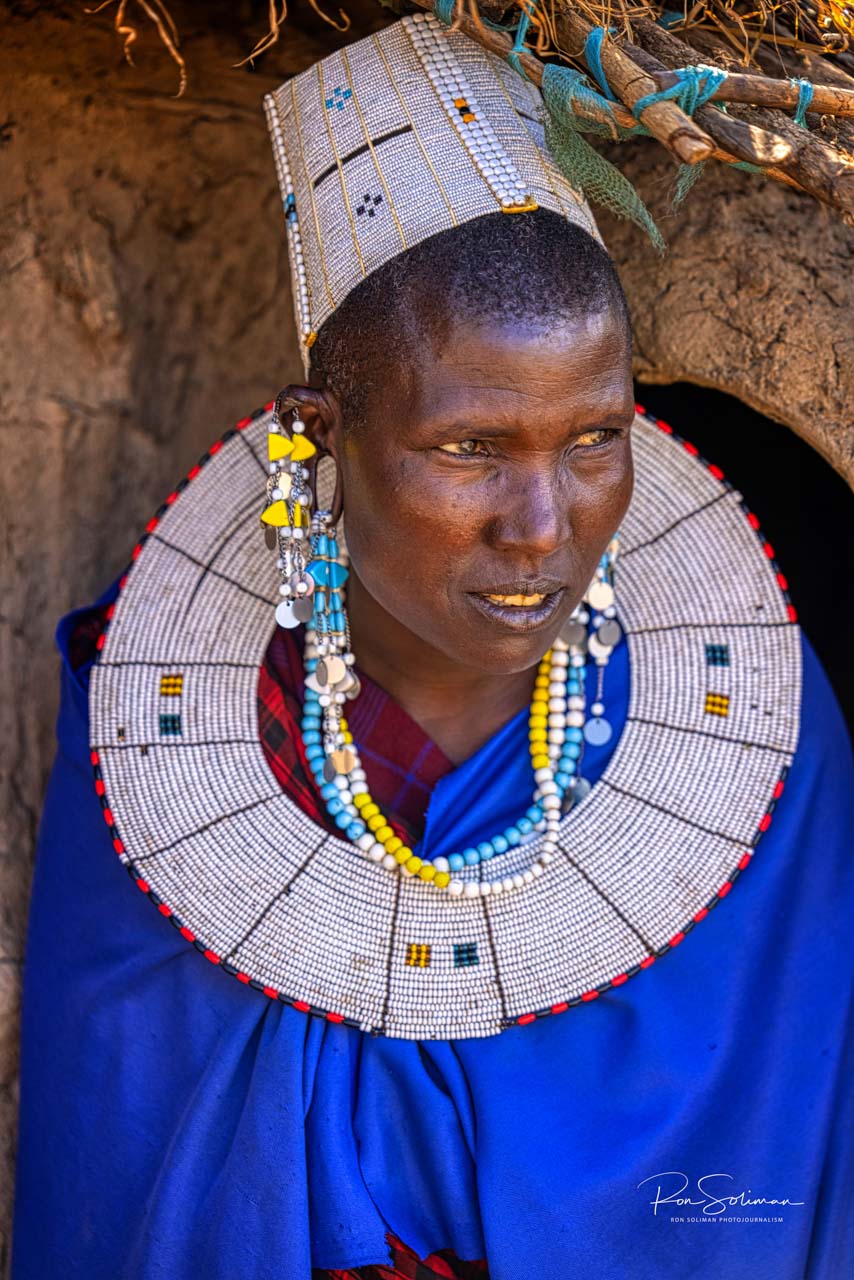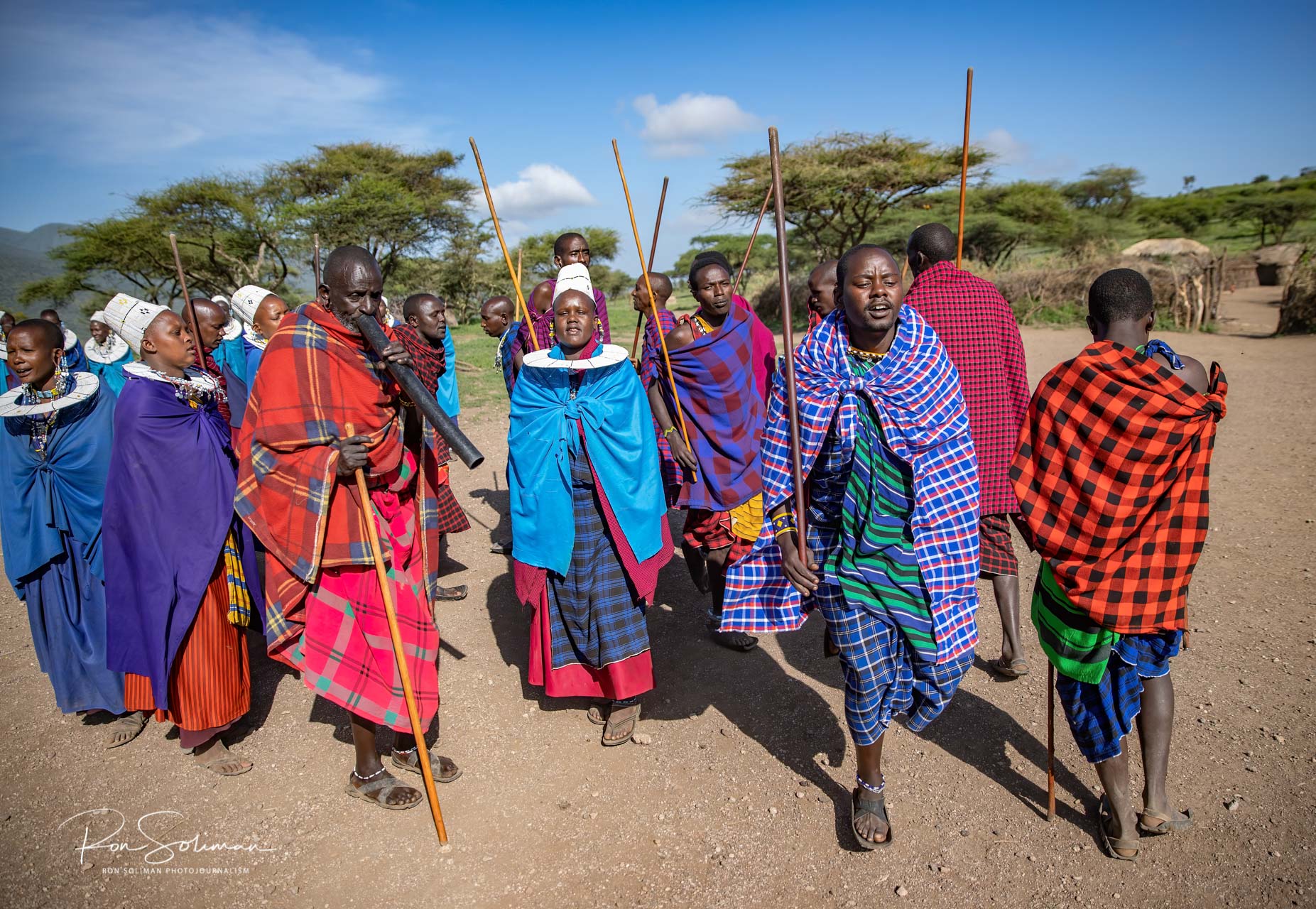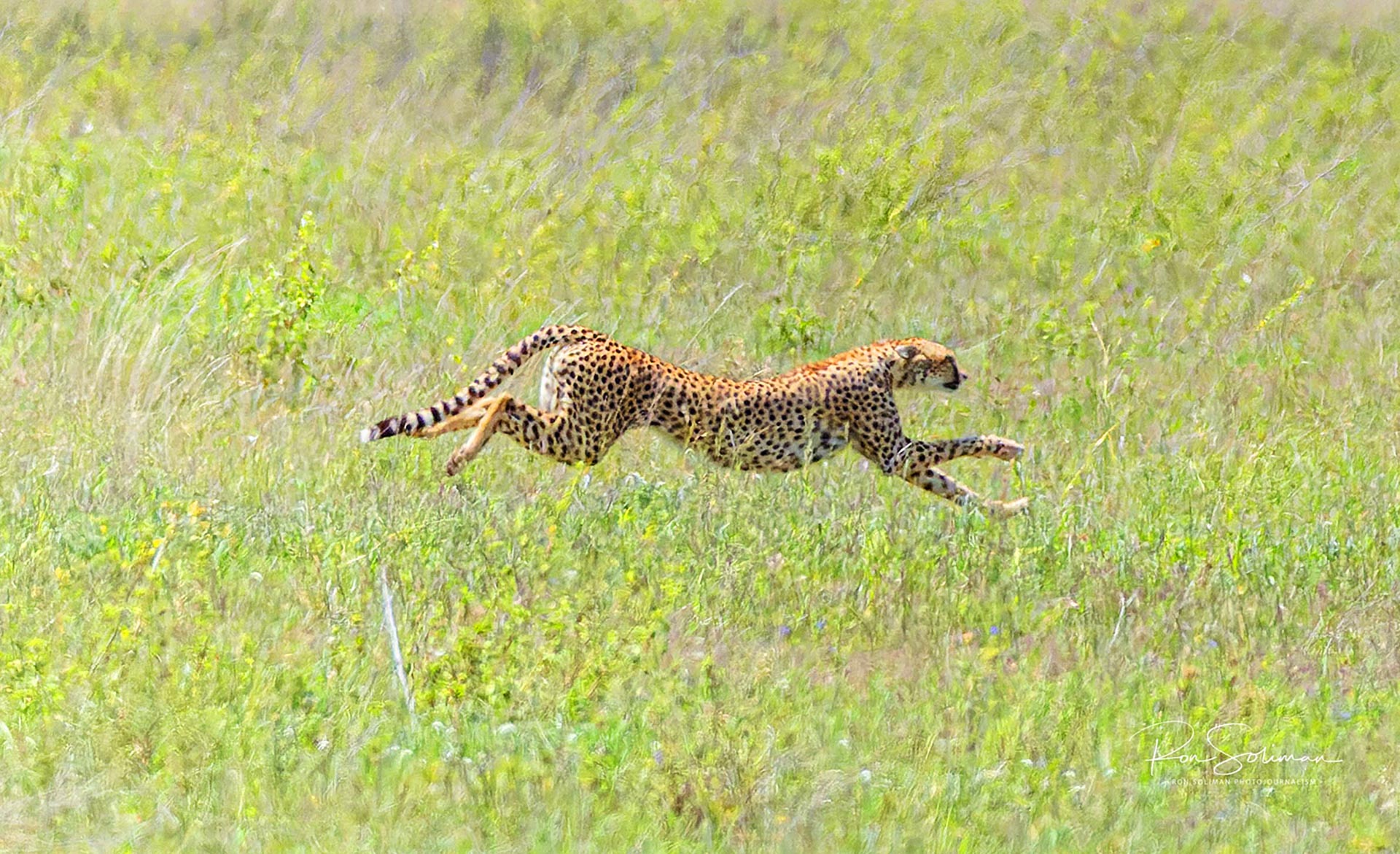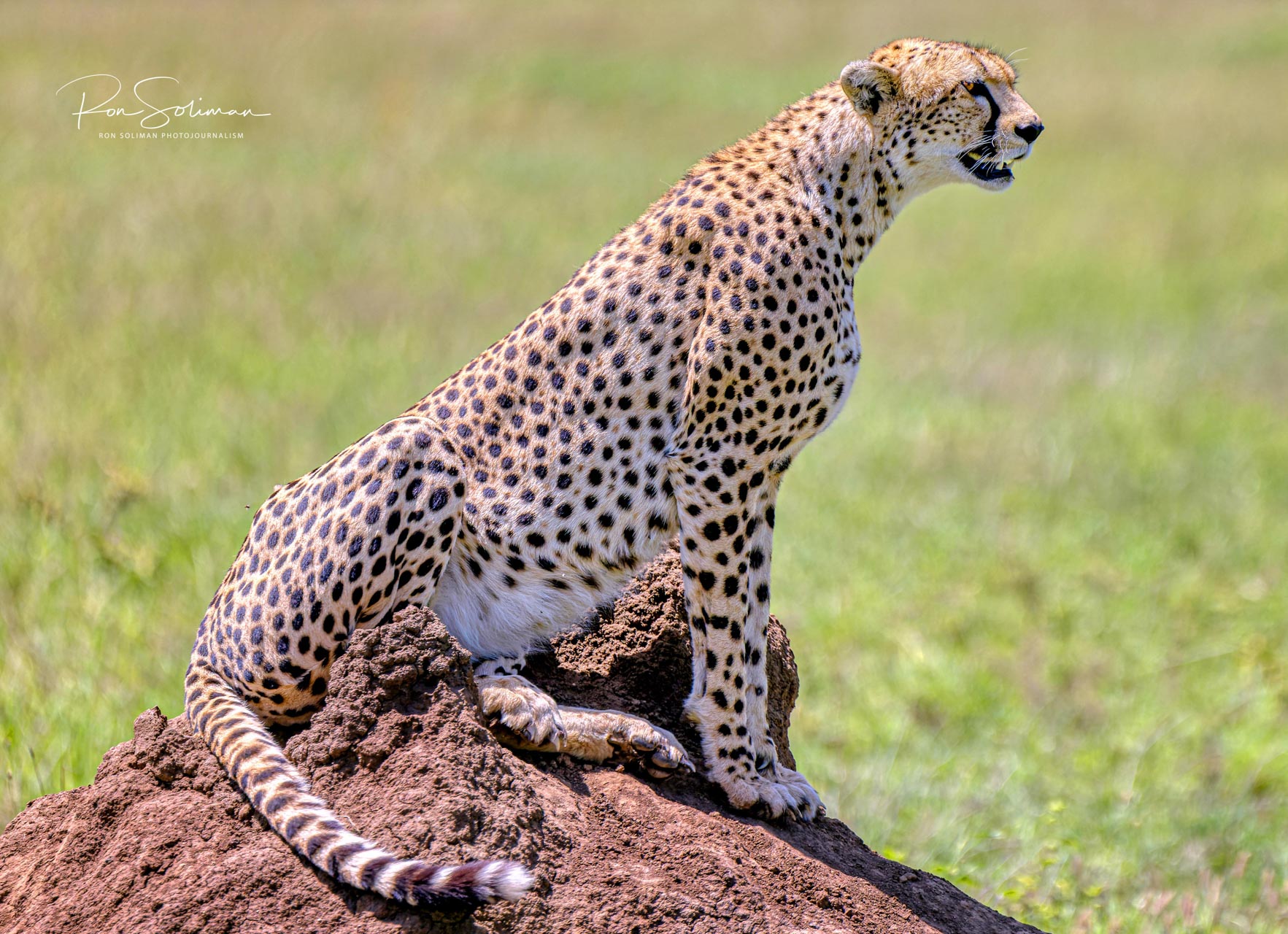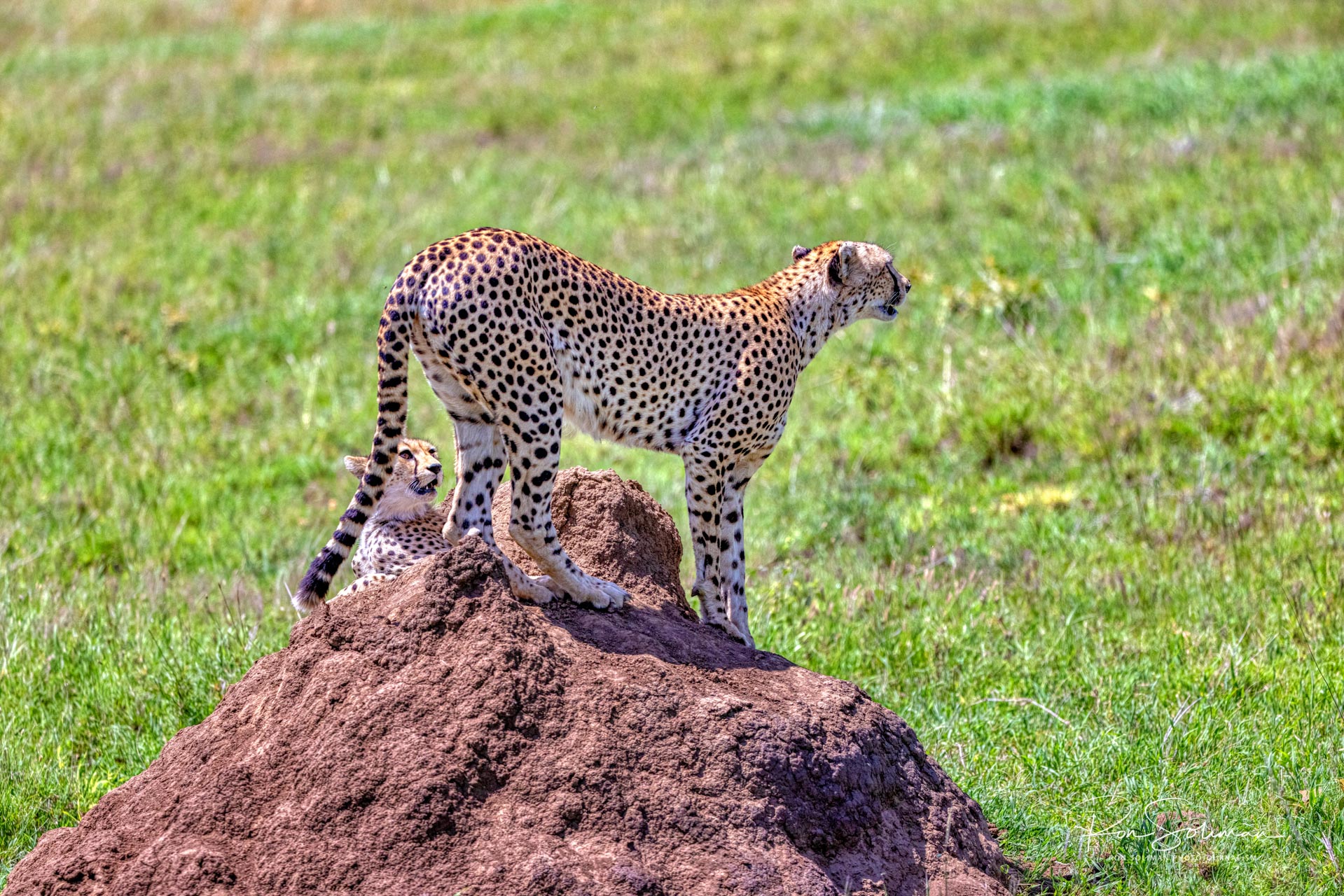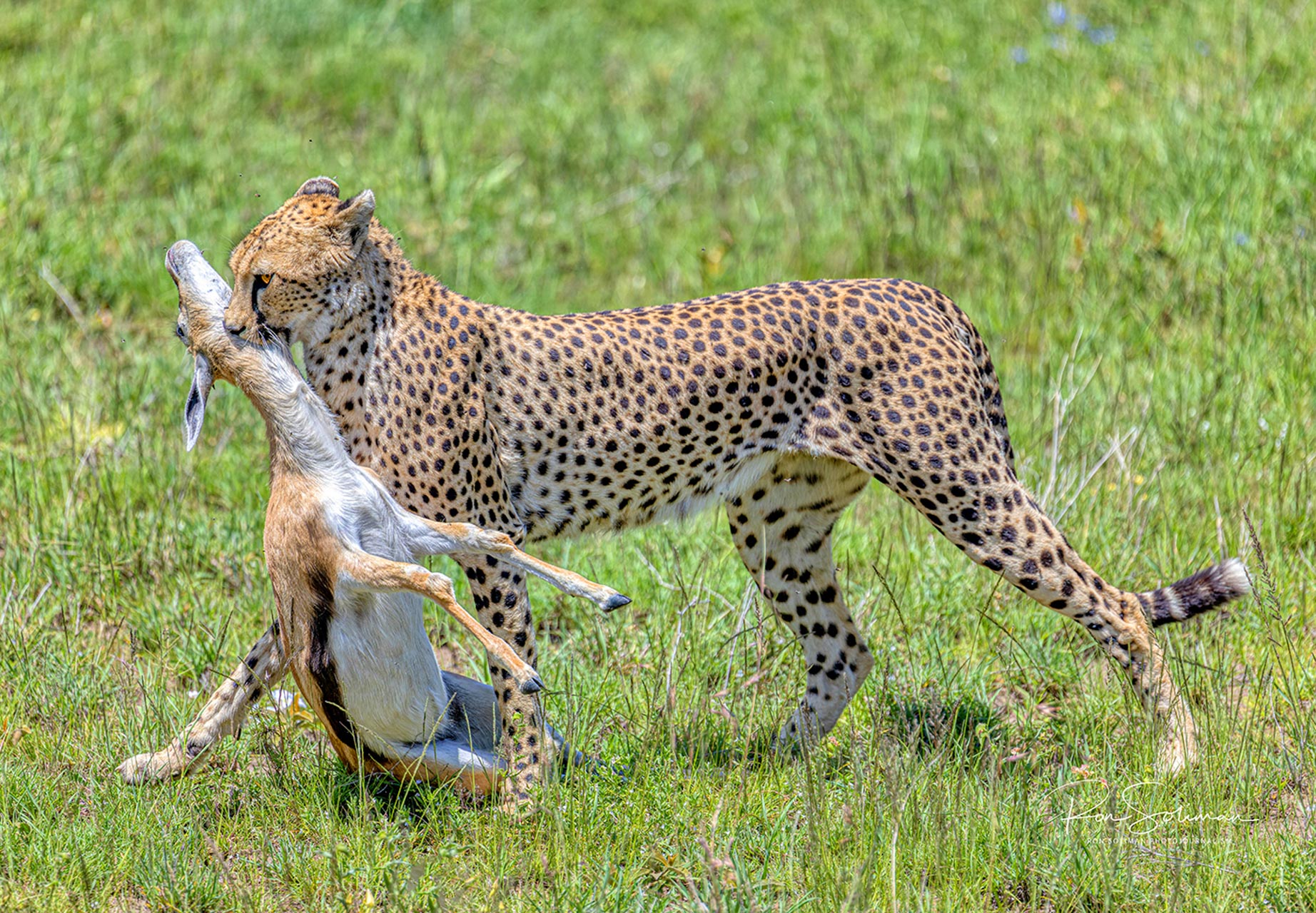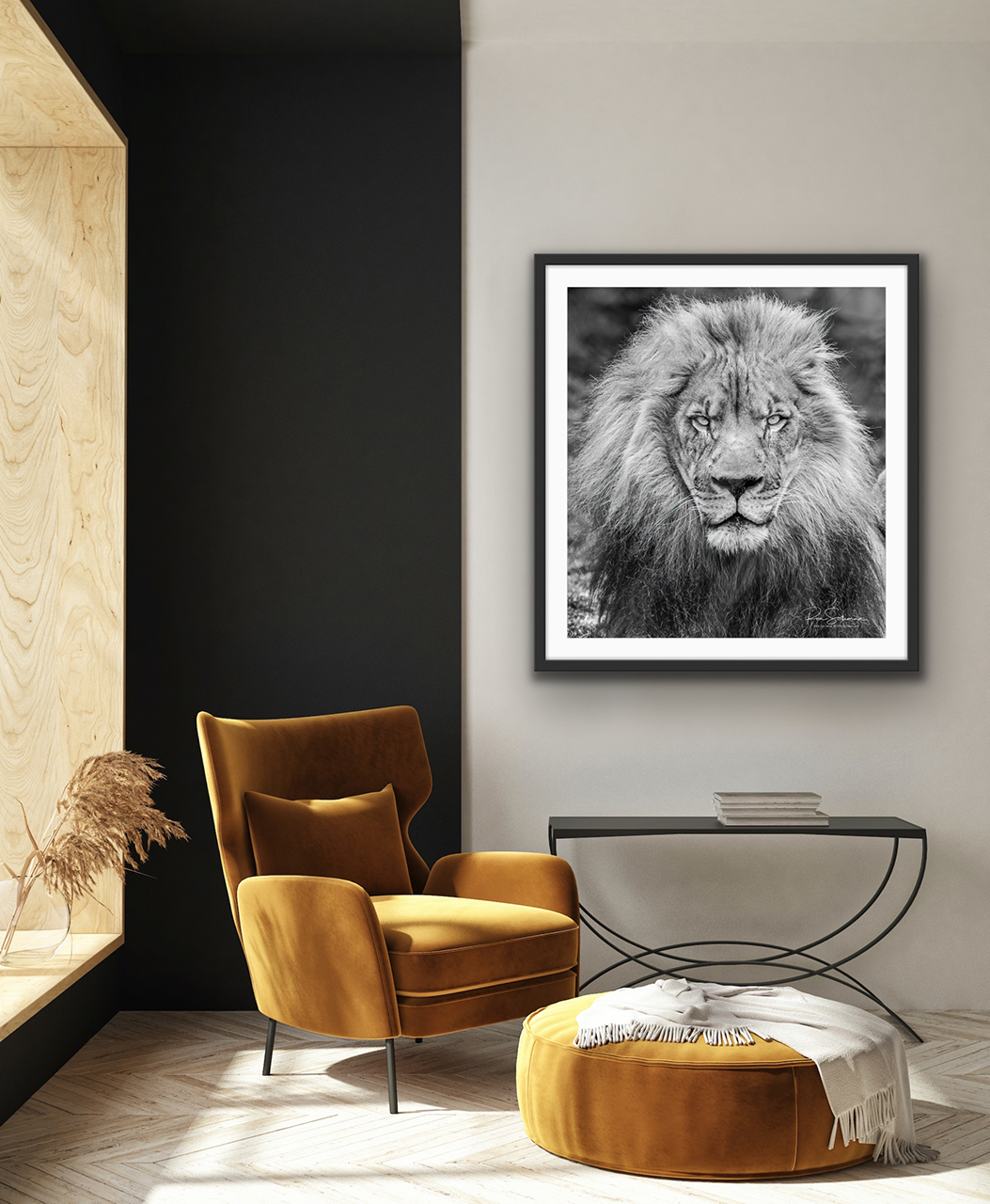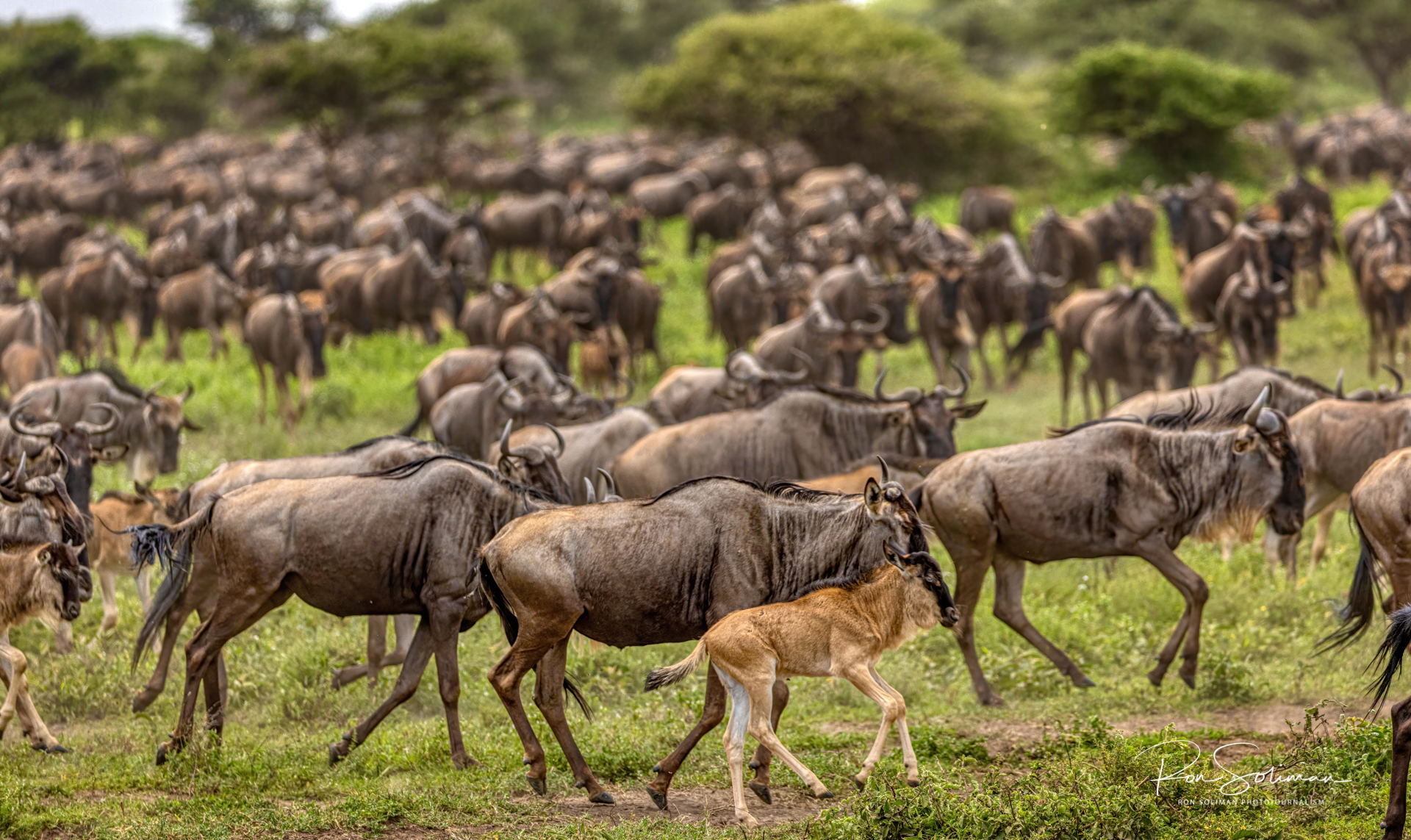
Stories are told about the Great Migration, but nothing compares to the first-hand experience. Serengeti is one of the most exciting safari destinations in Africa. It is also one of the best national parks in the world and it is known to be the place to watch the greatest wildlife show on earth – the Great Wildebeest Migration.
So few months before I turn 50 years old this June, my wife and I embarked on a photographic journey to Tanzania to photograph the wild and witness this amazing phenomenon.
Located in East Africa, Tanzania is well known for its vast wilderness areas including the plains of the Serengeti National Park. It is the largest country in East Africa and its neighboring countries are Uganda, Kenya, Burundi, Rwanda, DR Congo, Mozambique, Zambia, and Malawi.
Here’s a little history of Tanzania –
Arab traders first began to colonize the area in the year 700. Portuguese explorers reached the coastal regions in 1500 and held some control until the 17th century when the sultan of Oman took power.
With what is now Burundi and Rwanda, “Tanganyika” became the colony of German East Africa in 1885. In 1964 Zanzibar, an island off the coast of Tanzania, and Tanganyika merged into a new country: Tanzania.
The famous Mt. Kilimanjaro, the highest point of Tanzania, is located in the North. Dar es Salam was the capital of Tanzania but the city of Dodoma became the country’s capital in 1973. As of 2021, it has now a population of 59,678,000. Its official languages are Swahili and English.
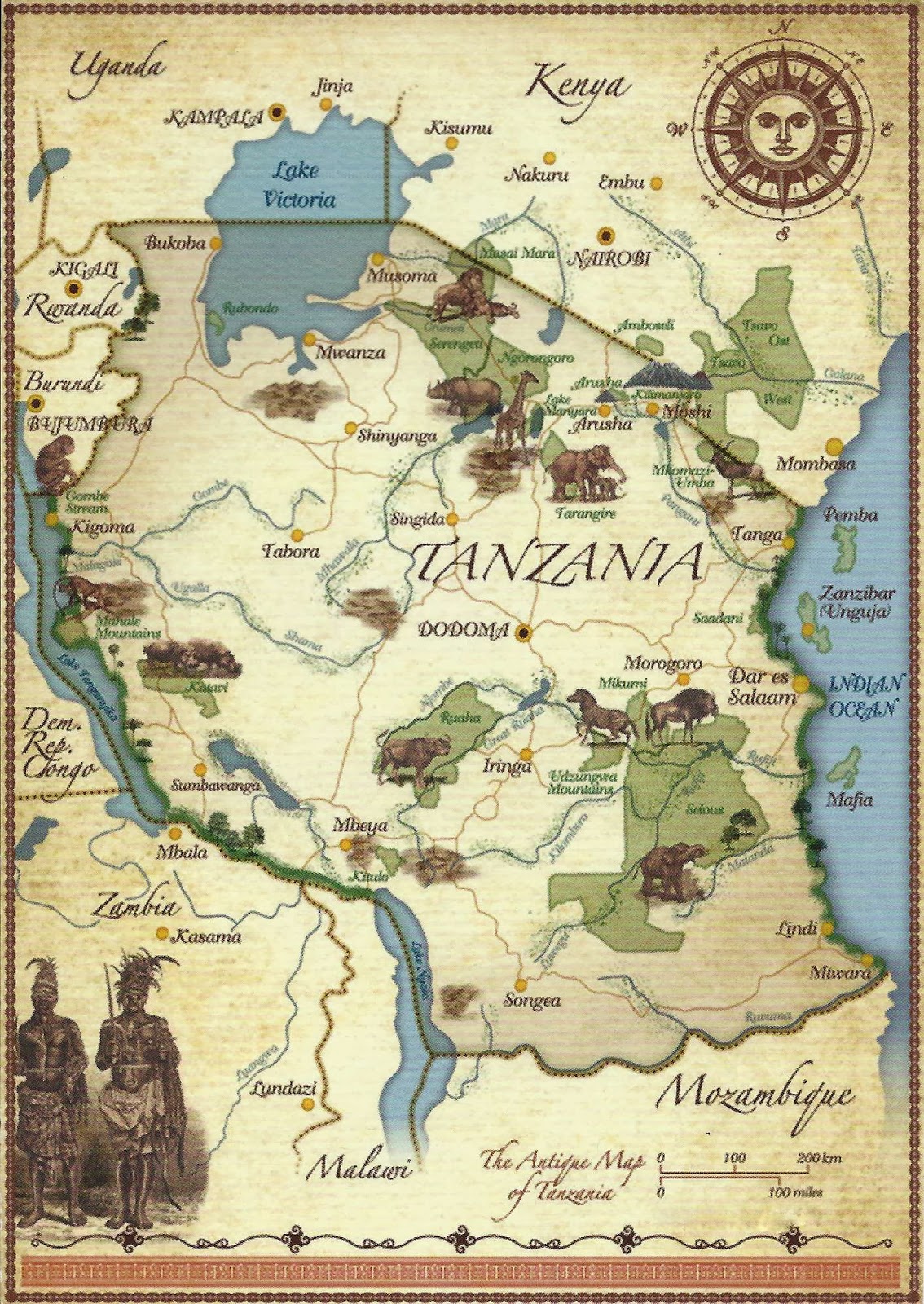
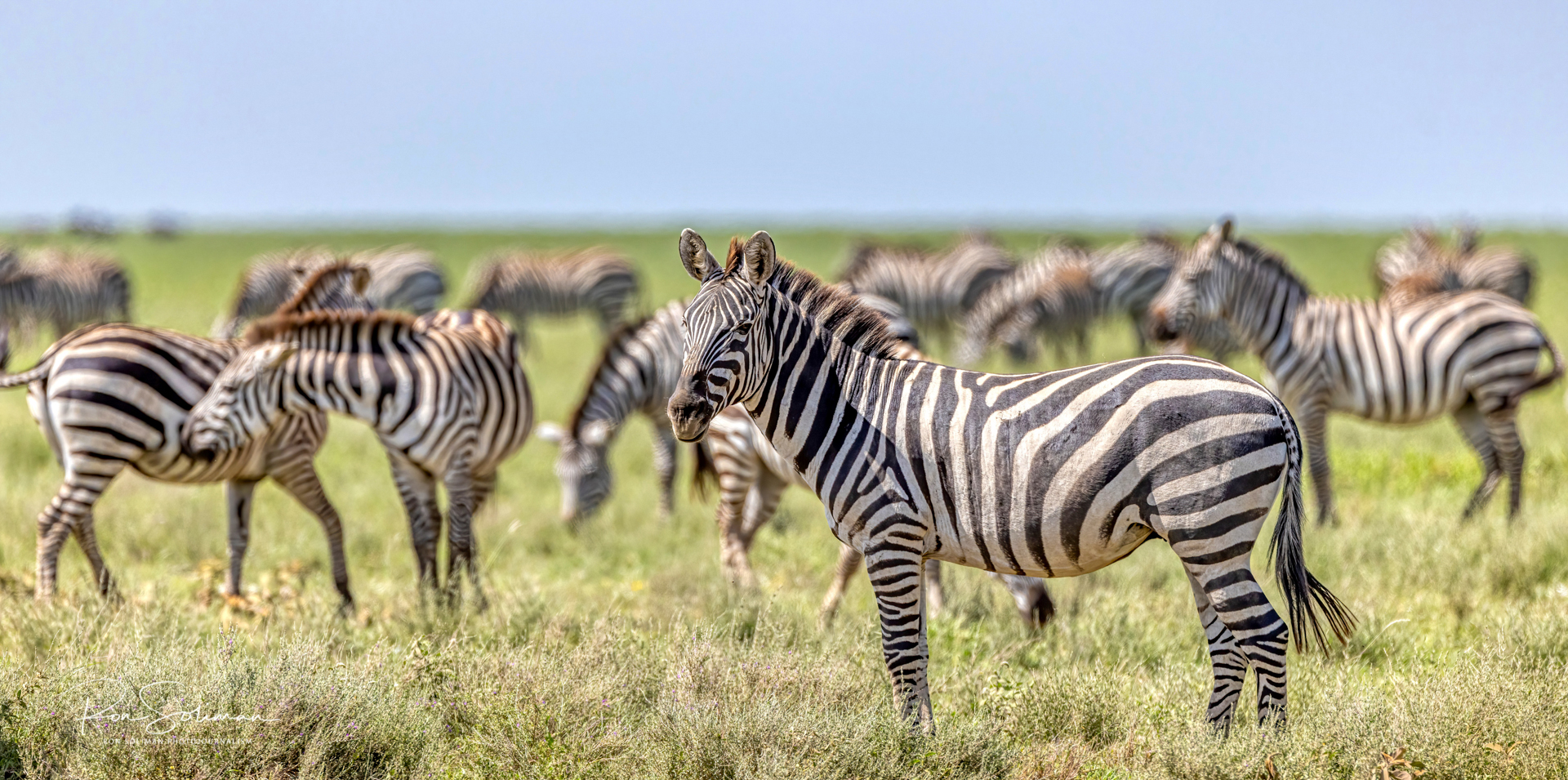
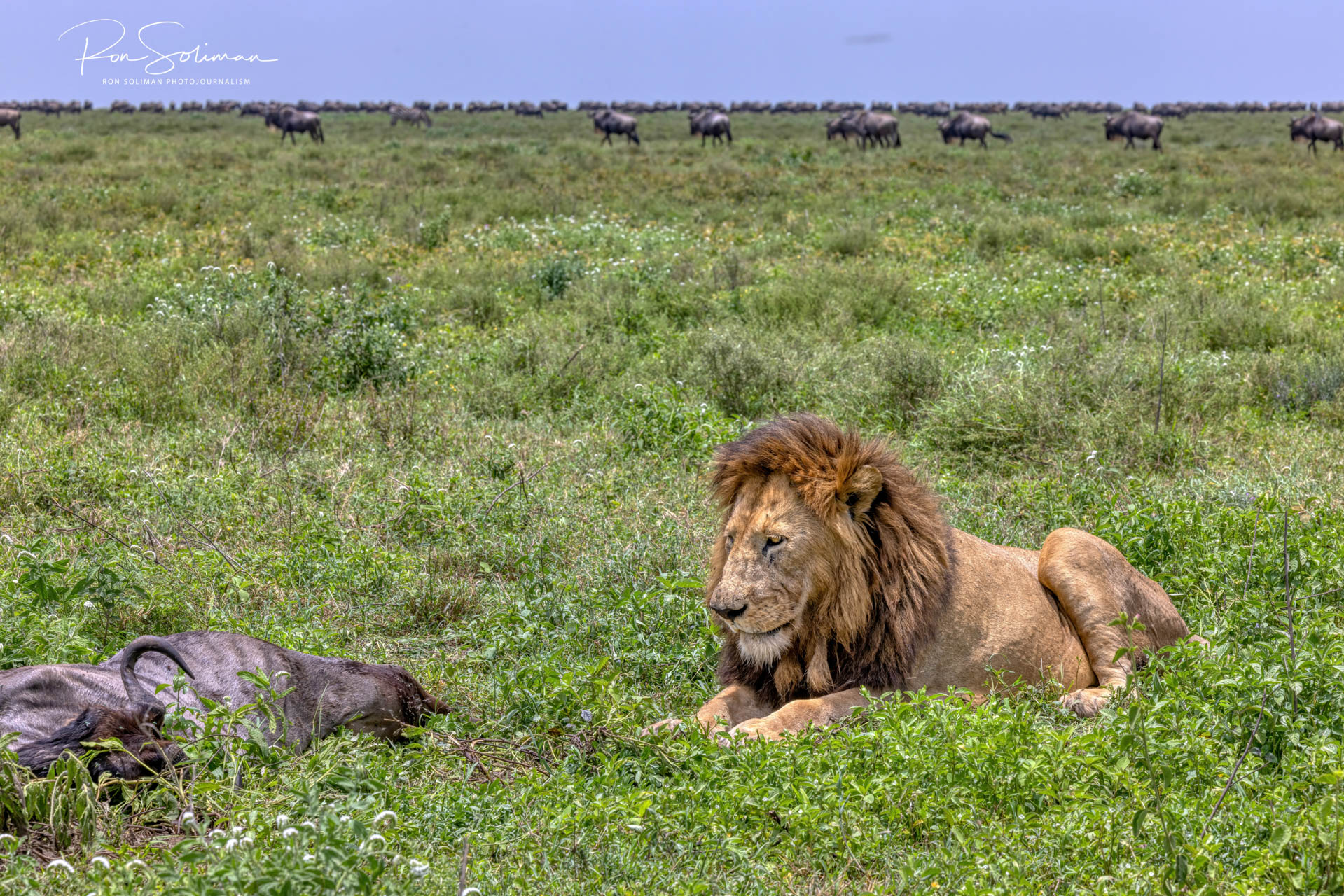
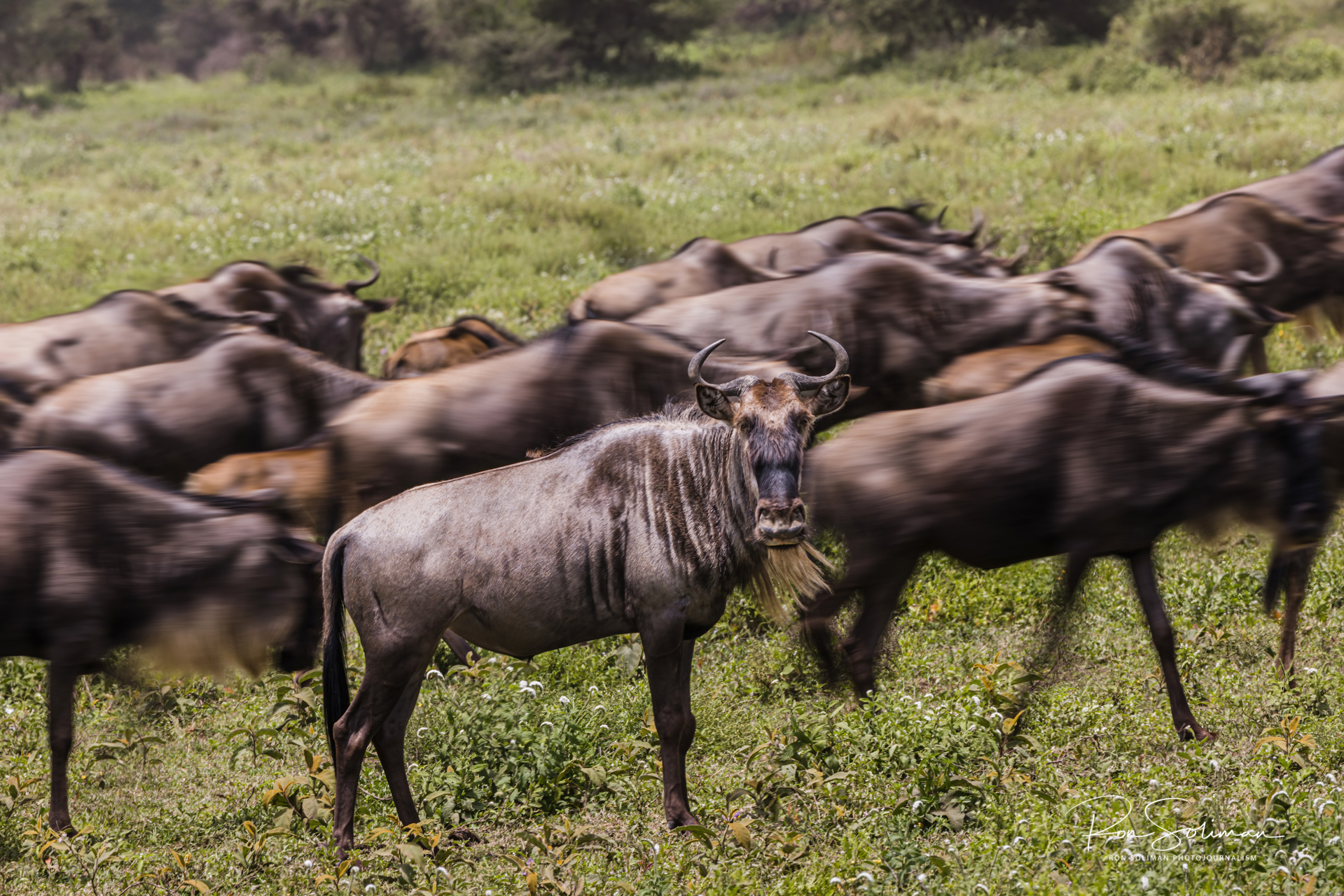
Arriving in Tanzania
We flew from Philadelphia to Kilimanjaro Airport and stayed for a couple of nights in Arusha to recover from jet lag after a 23- hour-flight. We stayed at the Gran Melia Resort. Upon arrival at this hotel, we pretty much right away felt the Tanzanian hospitality. The staff was amazing and the rooms are very clean and comfortable. Number One Tip – Make sure you ask for a room that has a great view of Mt. Meru, the 2nd highest mountain in Africa.
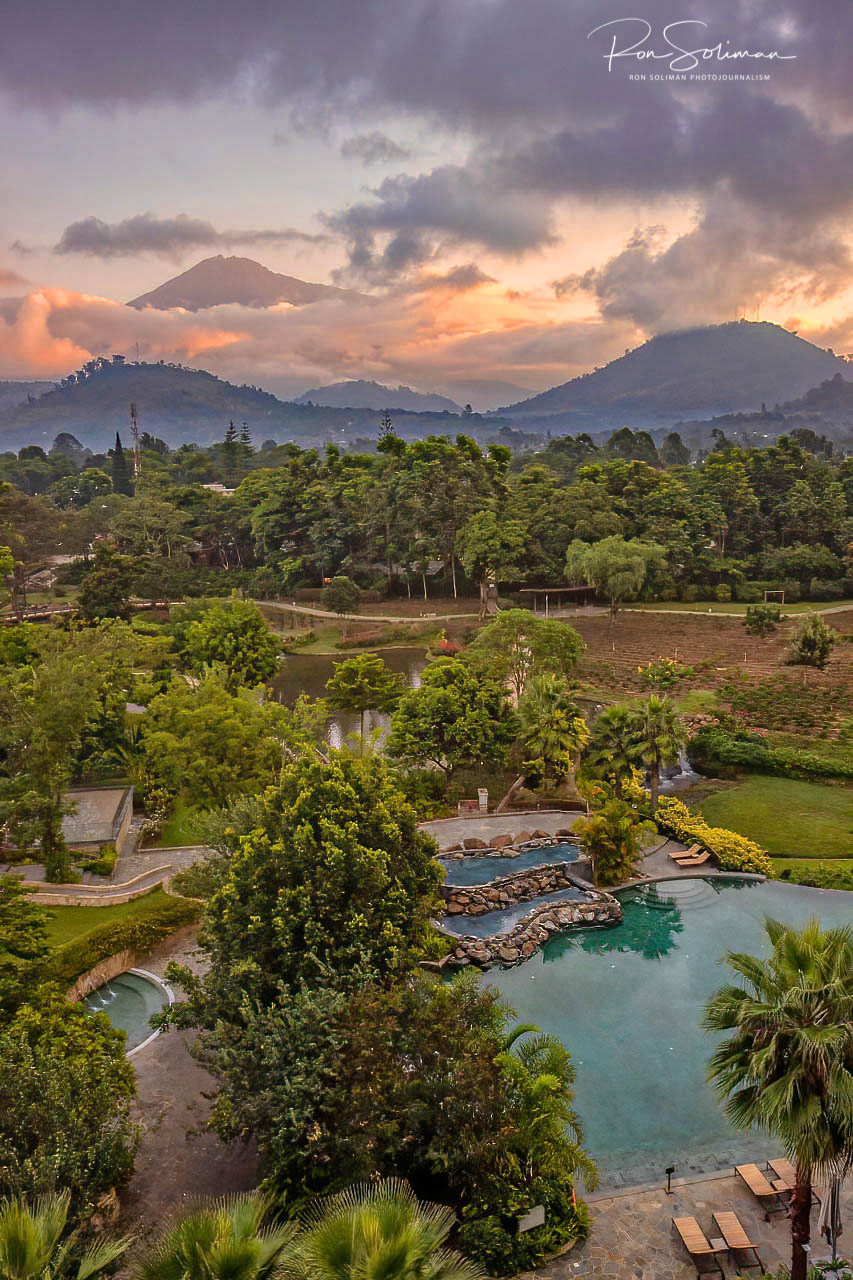
The Journey to the Serengeti
There are two ways to get to the Serengeti National Park – by plane or by a 4X4 Safari SUV from Arusha. If you choose to fly, you can fly to Seronera Airport, which is inside the national park. I believe it is only an hour flight either from Nairobi or Kilimanjaro airport. While it would have been more convenient to fly, we took the longer route and decided to drive from Arusha to explore the countryside, interact with the locals, and learn about their culture. Driving along on the bumpy dirt roads, felt as though we were in a National Geographic documentary segment. If you drive straight from Arusha it will take at least 6-7 hours to get to the Serengeti. So we chose to do stopovers along the way and spend overnight at a nearby lodge.
Along the way, our safari guide and driver Lorry from Pooja Travel and Tours educated us about each amazing wildlife we spotted. It is very important to have a very good safari guide who knows all the roads and who knows where to find the animals during each safari game drive.
Our journey set off from Arusha. Most tour operators offering Serengeti safaris organize your transport from Arusha for you. They call the city of Arusha the gateway to the Serengeti and to Mount Kilimanjaro. It is also sometimes called the safari capital of the world due to it’s close proximity to an international airport and to the popular national parks like – Serengeti National Park, the Ngorongoro Conservation Area, Lake Manyara National Park, Olduvai Gorge, Tarangire National Park, Mount Kilimanjaro, and Mount Meru in the Arusha National Park.
A very popular landmark in Arusha is it’s clock tower as seen in the photograph below. Built in the 1950s, this clock tower is believed to be the central point of Africa. It stands exactly at the middle of Africa between Cape Town in South Africa and Cairo in Egypt.
First Stop - Ngorongoro Crater
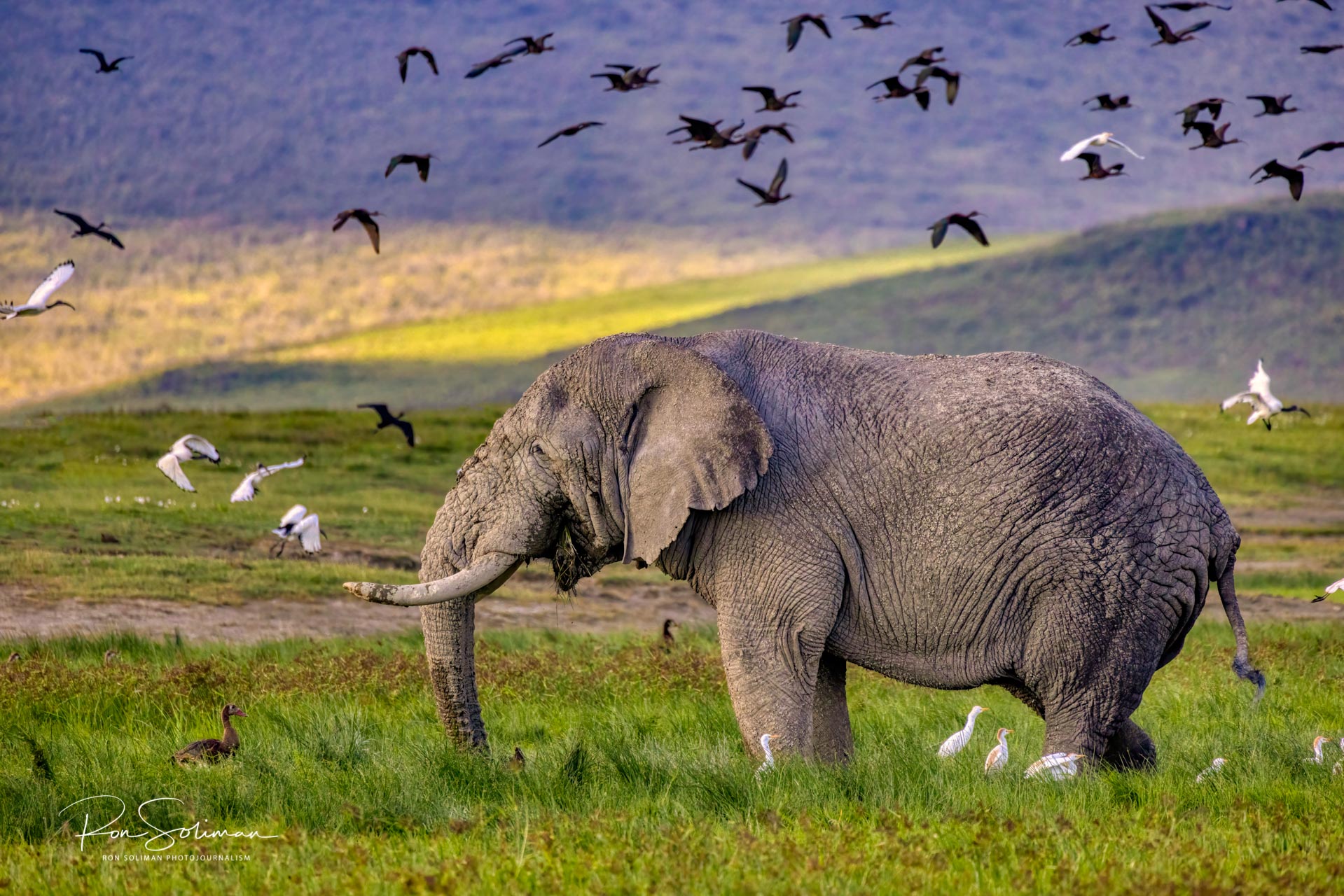
After a 3 to 4 hour drive from Arusha, our first stopover was the Ngorongoro crater, a massive collapsed volcano (caldera) in Northern Tanzania. Historically, the Ngorongoro highland is said to be an extinct volcano that once stood as high as Mt Kilimanjaro. Two million years ago, a violent volcanic eruption occurred that collapsed the mountain and created the largest intact caldera in the world. It is said to be as big as New York City.
Through the years, a specular wildlife eco-system inside this crater has formed. It is now the home of more than 25,000 wildlife animals. It is truly one of the greatest natural wonders on earth.
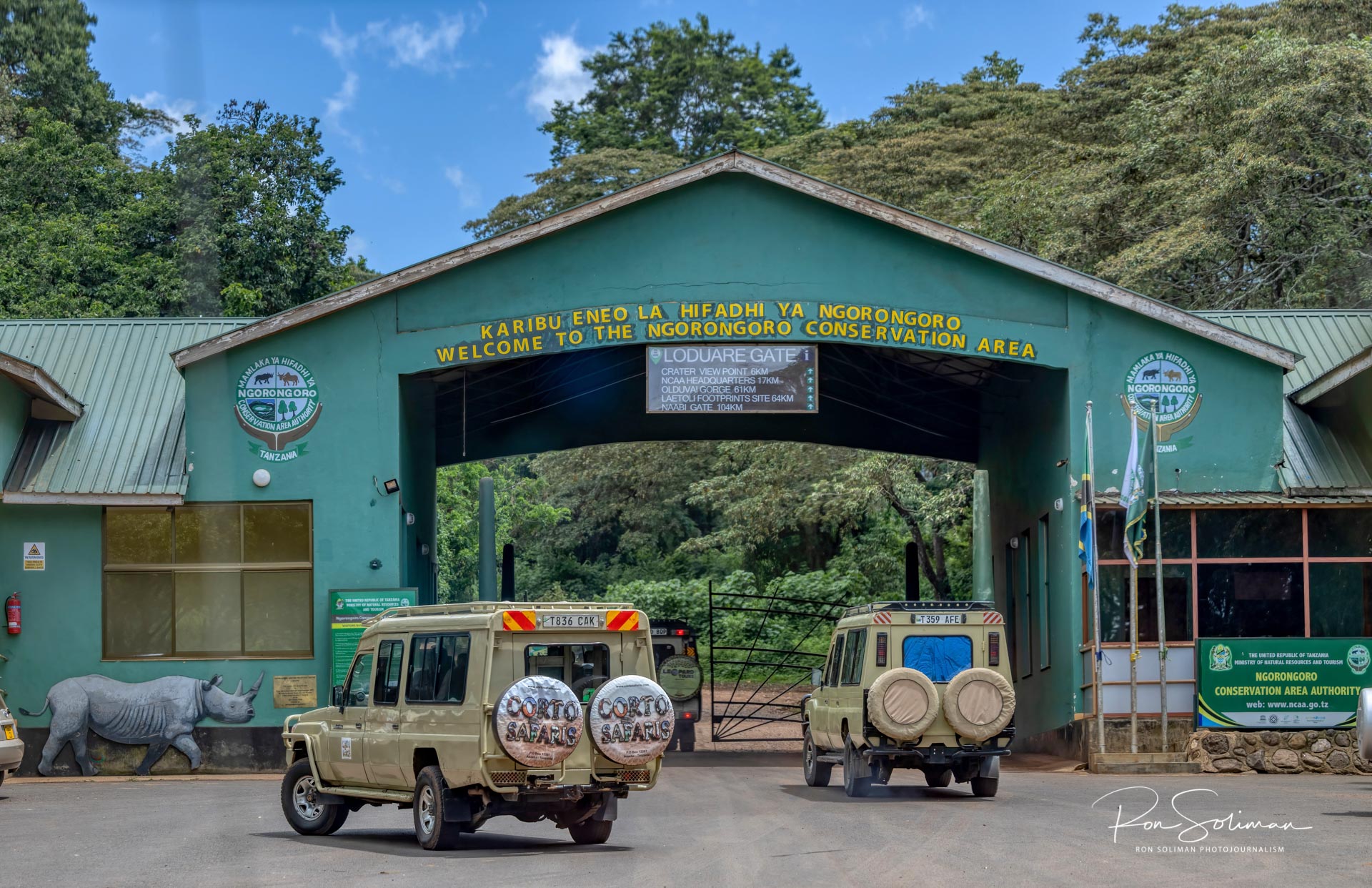
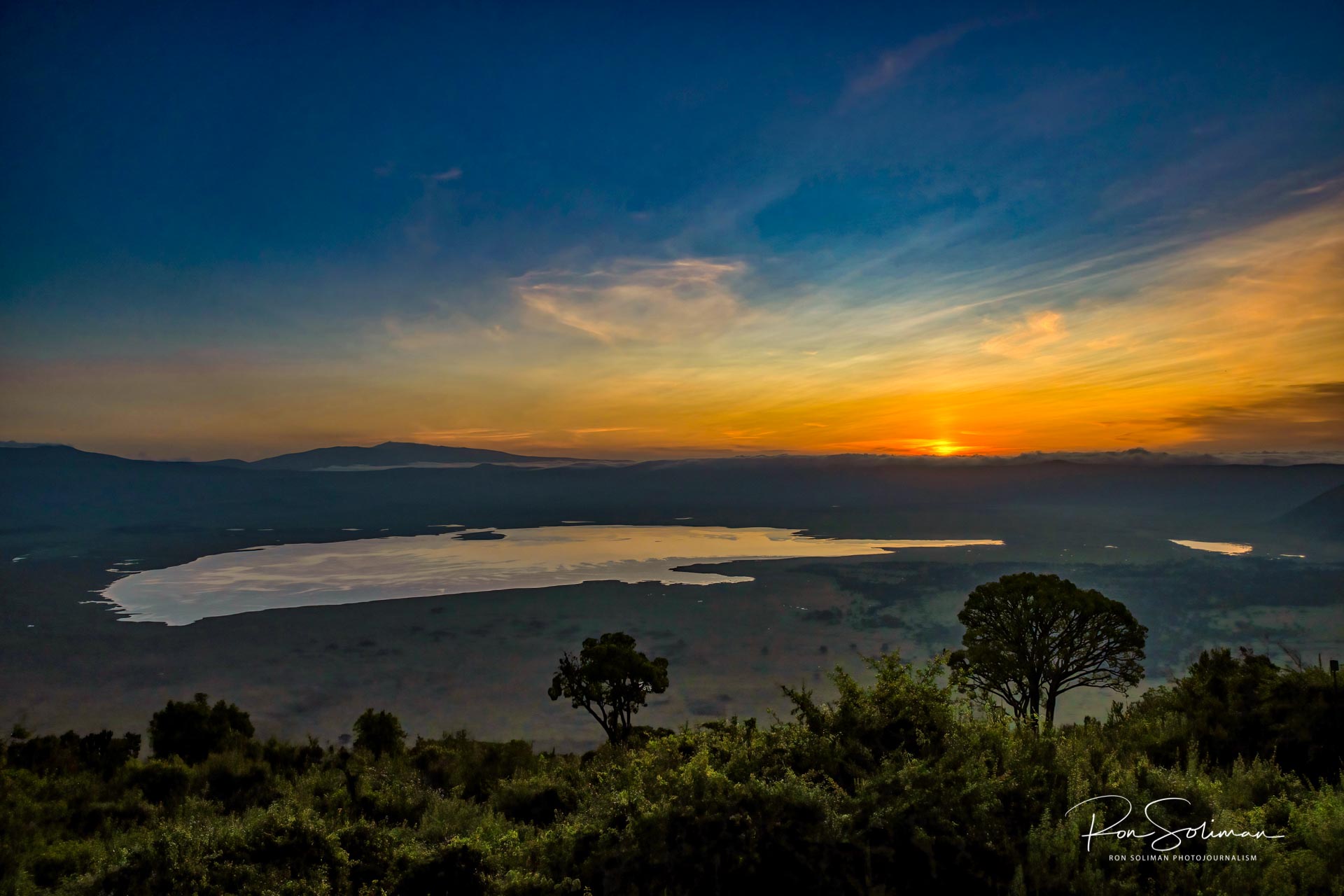
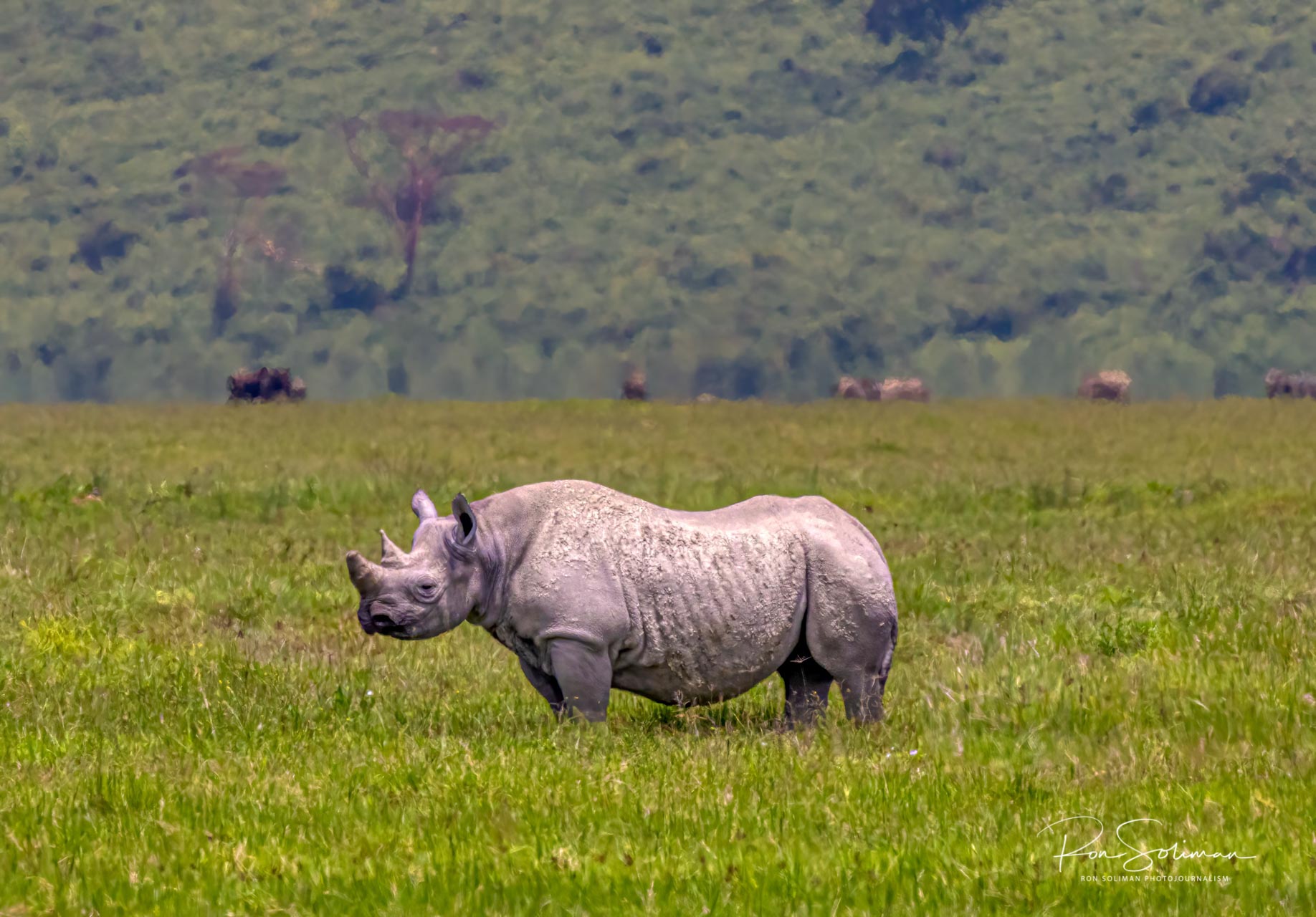
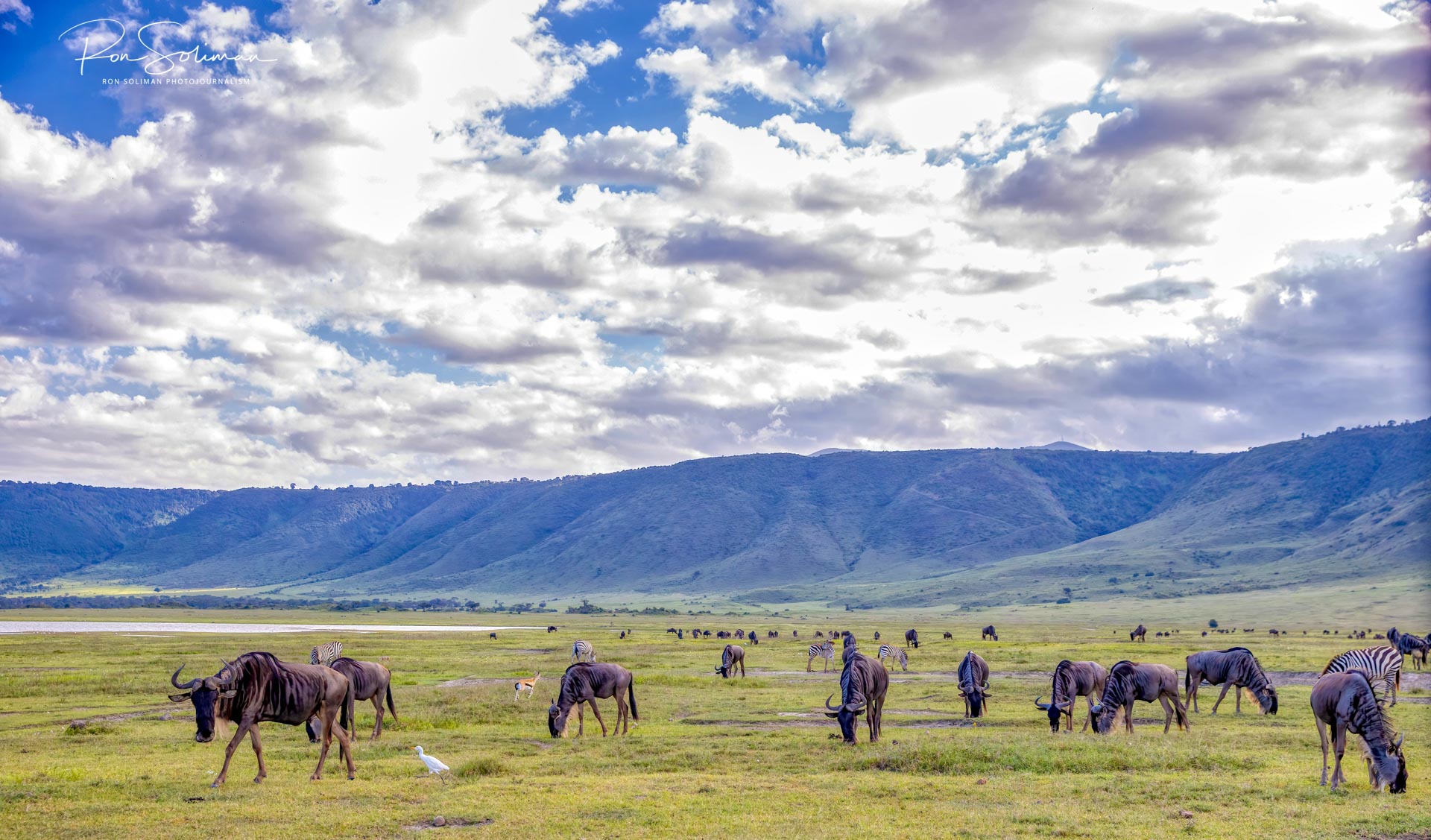
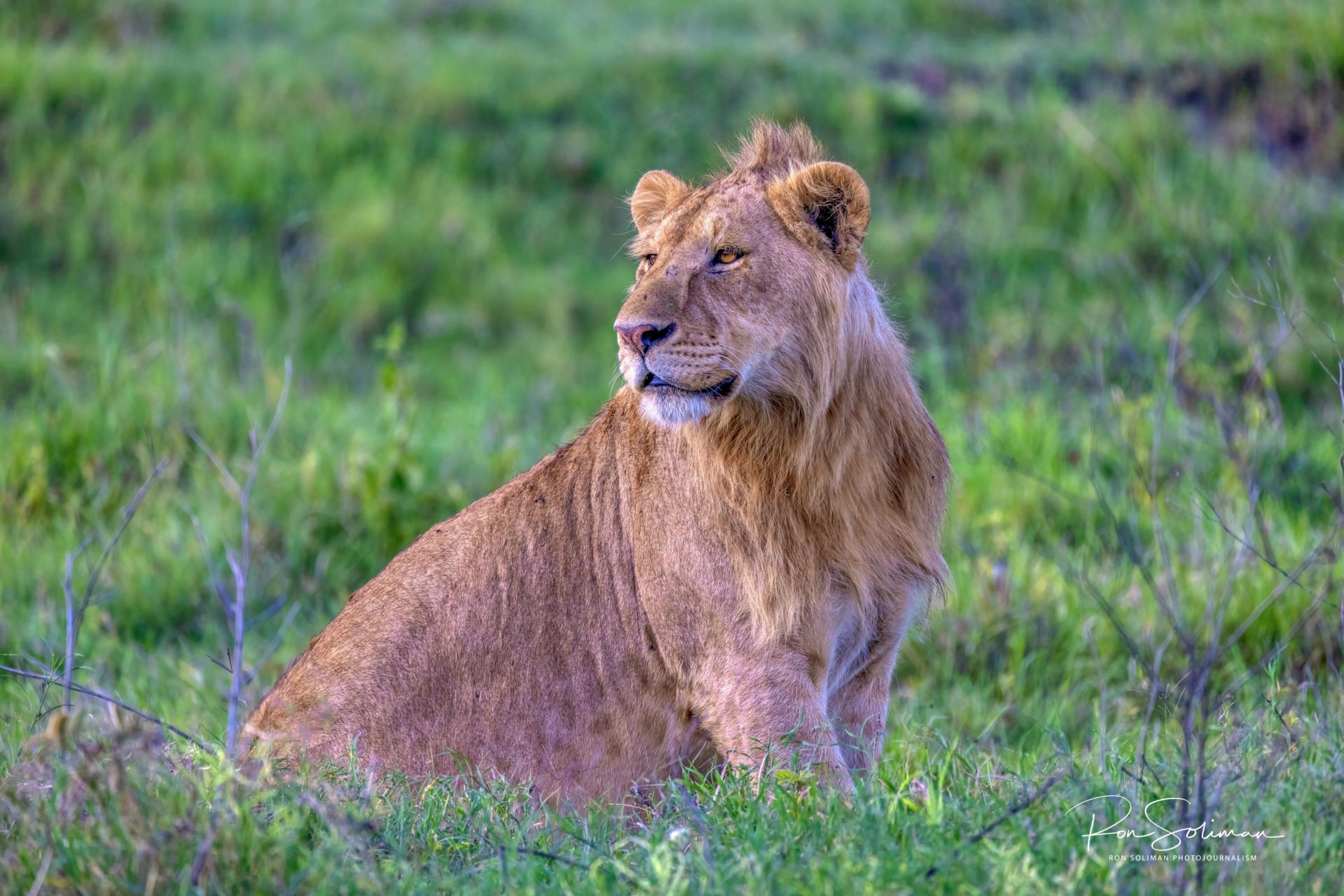
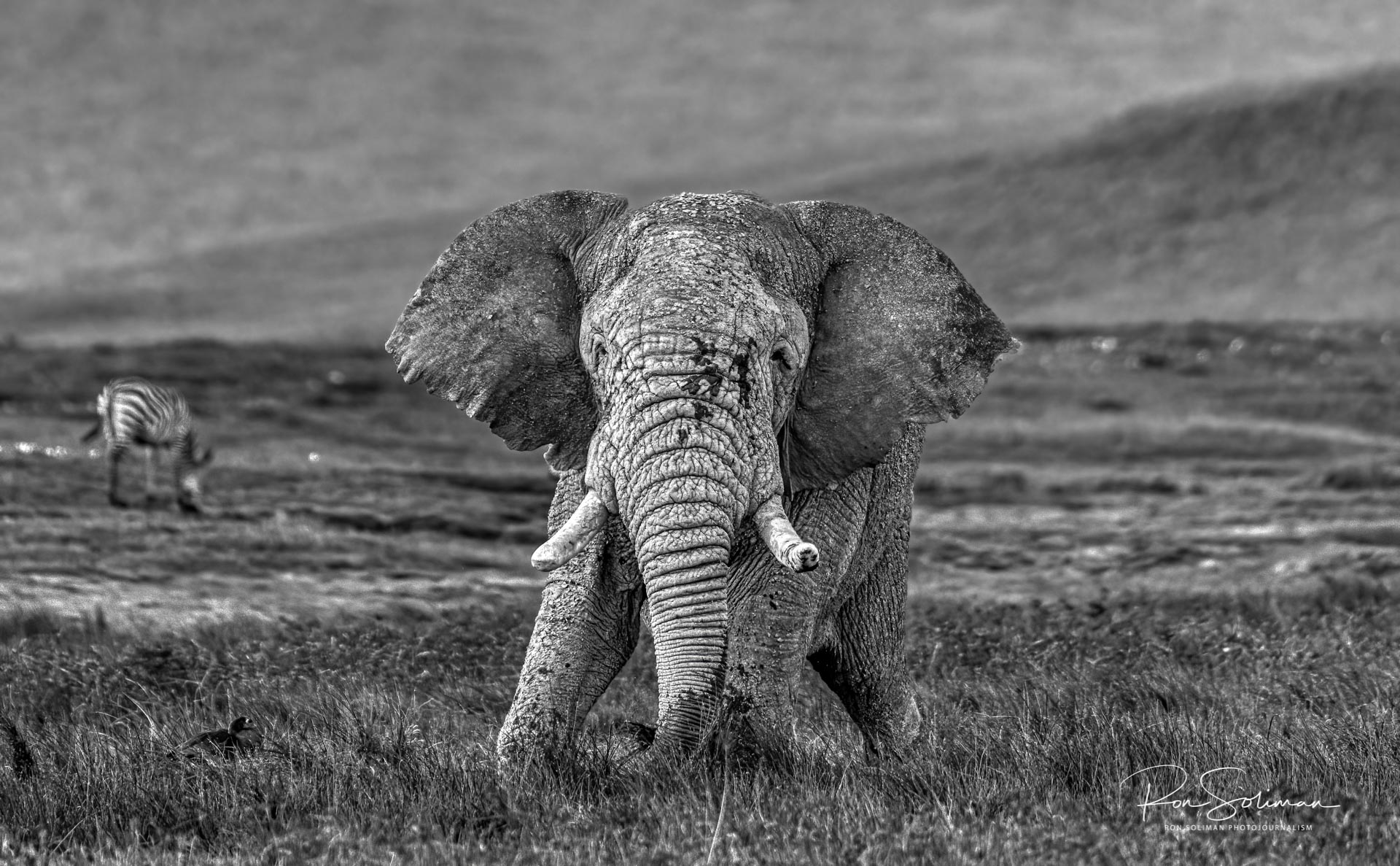
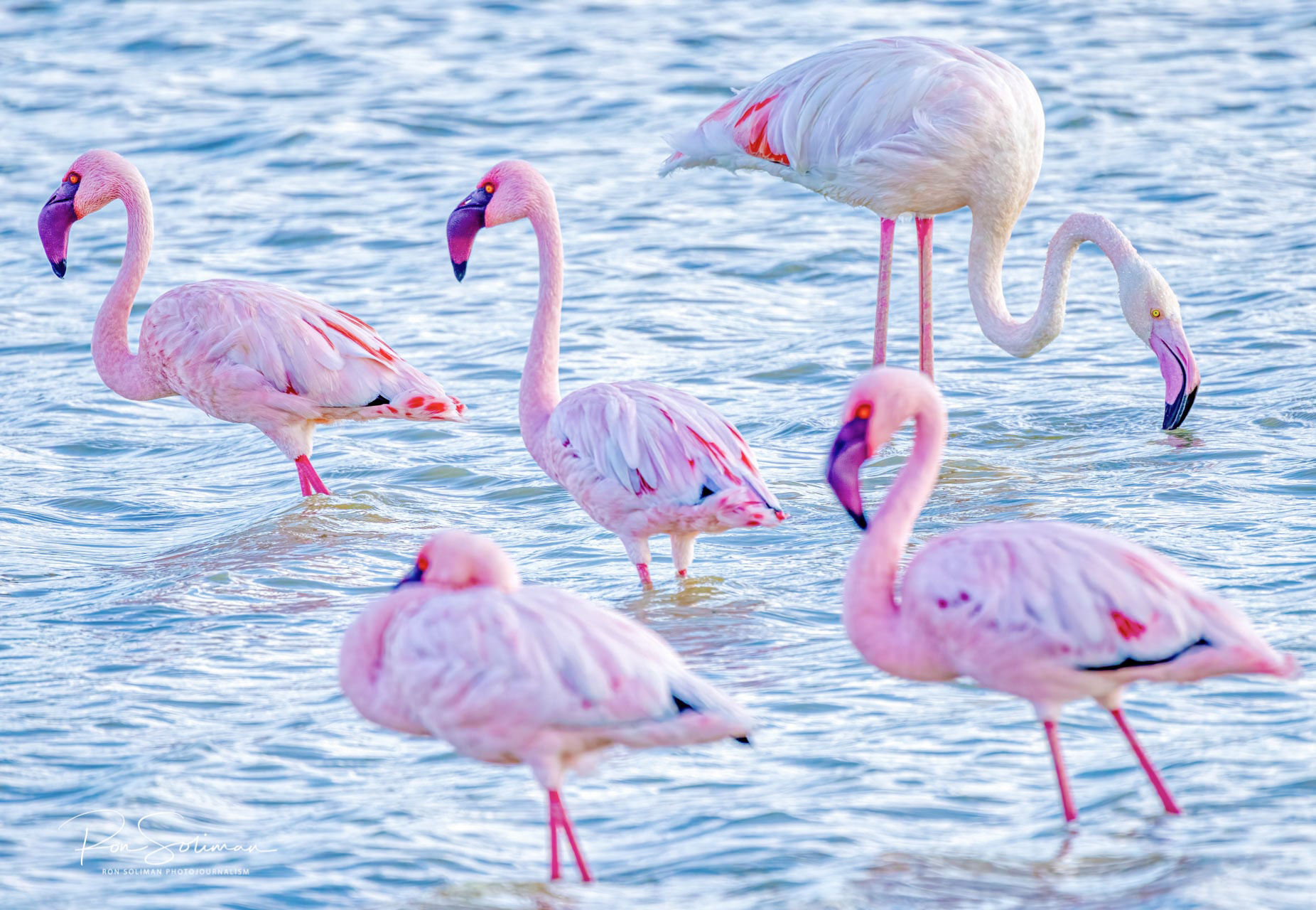
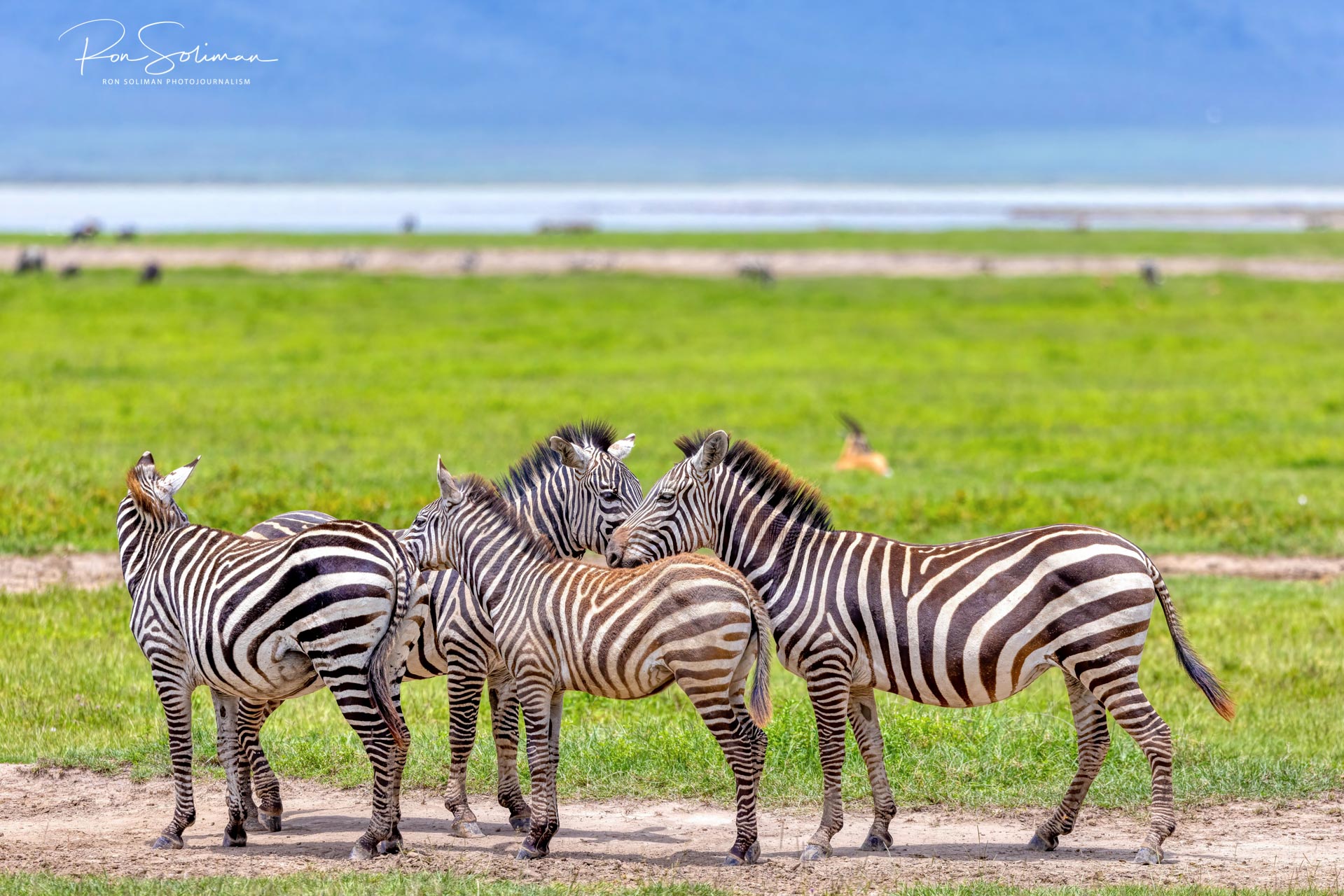
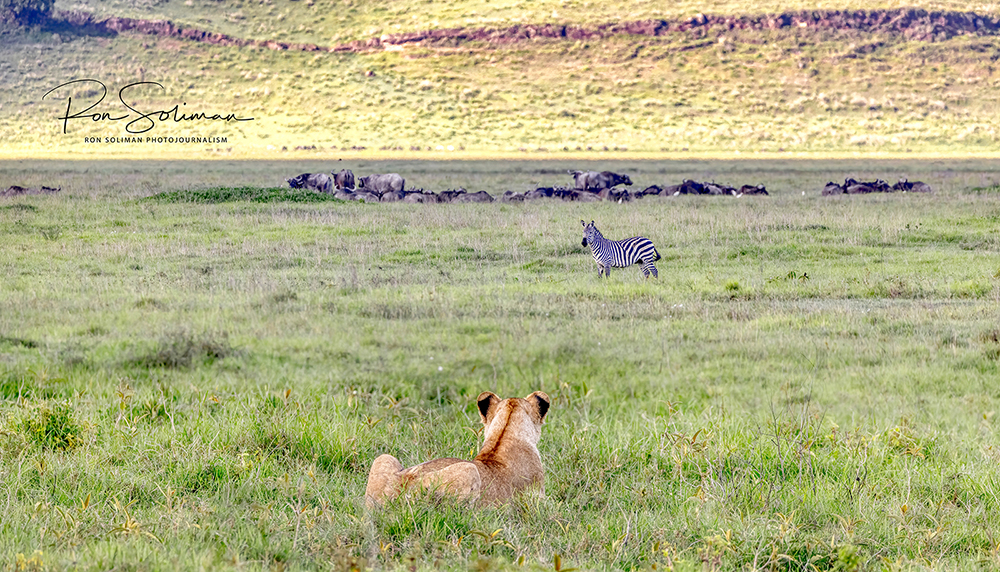
Maasai Tribes of Ngorongoro
Around the Ngorongoro crater live a big population of people belonging to the Maasai tribe, a semi-nomadic tribe whose origin dates back to the 15th-century migration of tribes in Africa.
During our stay, we visited a school for small children at a Maasai tribe village and gave away school supplies. In every country we visit we try to give back and share our blessings to the locals. We also got the chance to meet the elders and learn about their culture. I have to say this is one of the highlights of our trip. I wish we brought more stuff for the kids but I know in my heart that we are going to be back to Tanzania and will bring more school supplies for them.
I know many of you have expressed the desire to contribute to this good cause, so please email me at [email protected] or simply message me here in the comments below if you are interested in contributing. I thank you in advance!
(Click on any photo in the gallery below to enlarge the images)
On our way to the Serengeti from Ngorongoro, there was so much wildlife to see and photograph. Giraffes, wildebeest, and elephants are everywhere.
While enjoying the view of the countryside of Tanzania, you get to see and learn about the Maasai culture and how they live their life alongside wild animals. It was such an educational experience.
The whole trip that included some short stops for game drive took us about 5 hours from Ngorongoro Conservation Area to reach the main gate of the Serengeti National Park, and another hour to Four Seasons Safari Lodge Serengeti, our home sweet home for a few days while in the savannah. I have to say this is one of the best safari lodges inside the Serengeti! It is such a beautiful lodge that truly speaks of African culture. Its overall design and structure make this lodge superior to any other lodges and resorts in the area. I love their infinity pool overlooking a waterhole, where elephants and other wild animals hang out during a hot sunny day.
Our suite had more than we’d imagined; a king-size bed, indoor and outdoor showers, a terrace, and an infinity pool. And it doesn’t end there; the view of the savannah from our room is breathtaking, especially in the morning when the sun rises and the sky is a myriad of colors and wonder.
And last but not least, another thing I really love about this place is the kindness and care from staff and management. We received the warmest Tanzanian hospitality at its best. I am going to write a separate blog post/review in more detail on Four Seasons Serengeti in the next blog post.
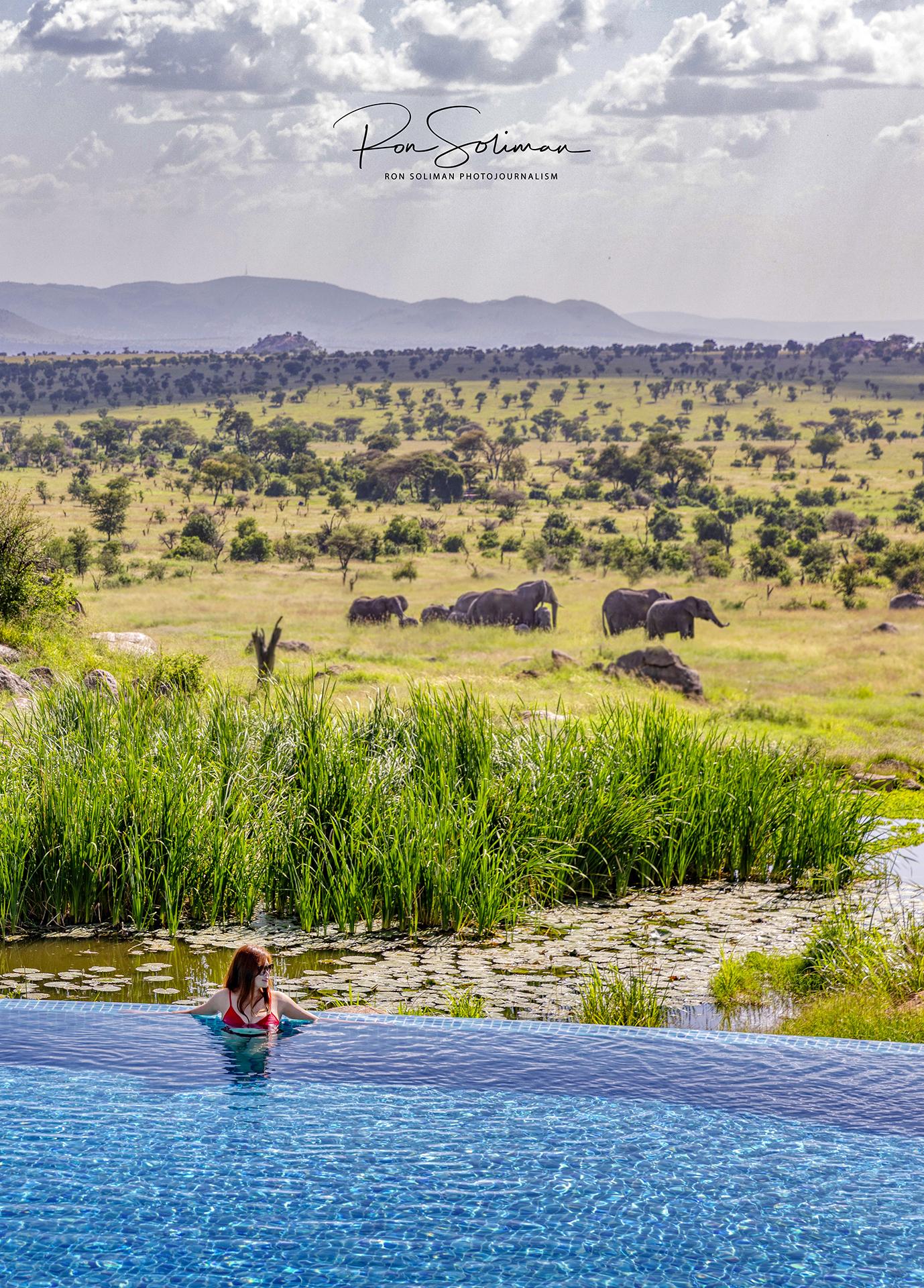
Photographing Wildlife in the Serengeti
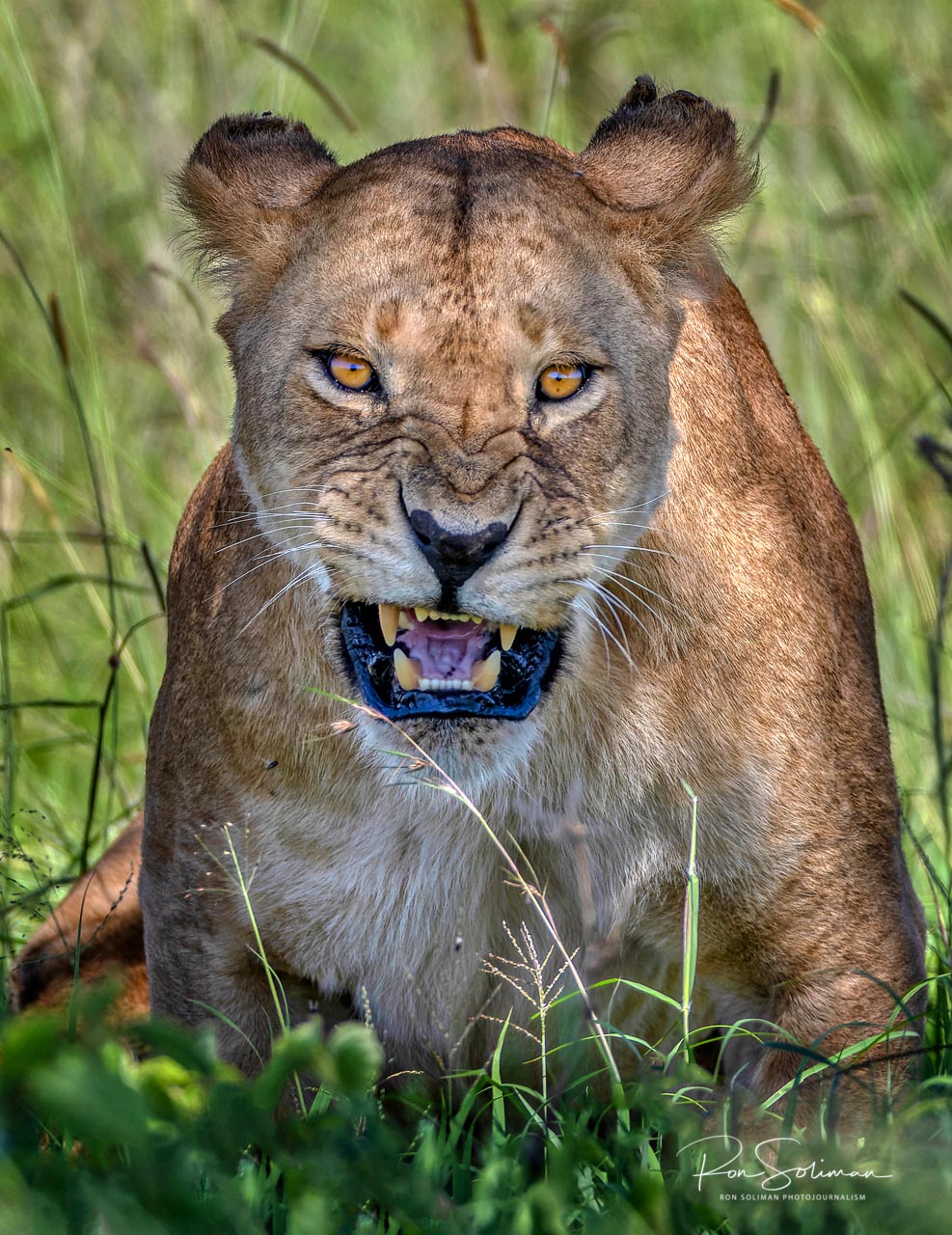
The name Serengeti, originates from the Maasai word “siringit” that means “endless plains.” It is exactly what you will see when driving around this massive body of land that stretches over 12,000 square miles. It is also the home of the largest mass movement of mammals in the world called “the Great Migration”. Every year, about 1.5 million wildebeests make their way through the Serengeti looking for greener pastures towards the Mara River to Kenya, where they make their dramatic crossing with crocodiles waiting on the waters. Trekking with them are thousands of zebras, gazelles, and of course predators like lions, cheetahs, leopards, etc that are waiting for the right opportunity to grab a few for their dinner. Part of the circle of life.
I was fortunate enough to witness this incredible phenomenon while exploring the Serengeti National Park, a UNESCO World Heritage Site. It was truly a wildlife photographer’s dream! I was able to photograph wild animals a few meters away from our safari SUV truck and even more exciting – from the sky on a hot air balloon during sunrise. To make sure I catch all the action happening, I made sure I brought the right camera gear. Click here to see my “go-to gear” for African Safari Photography.
The following are a few of my favorite images in the Serengeti.
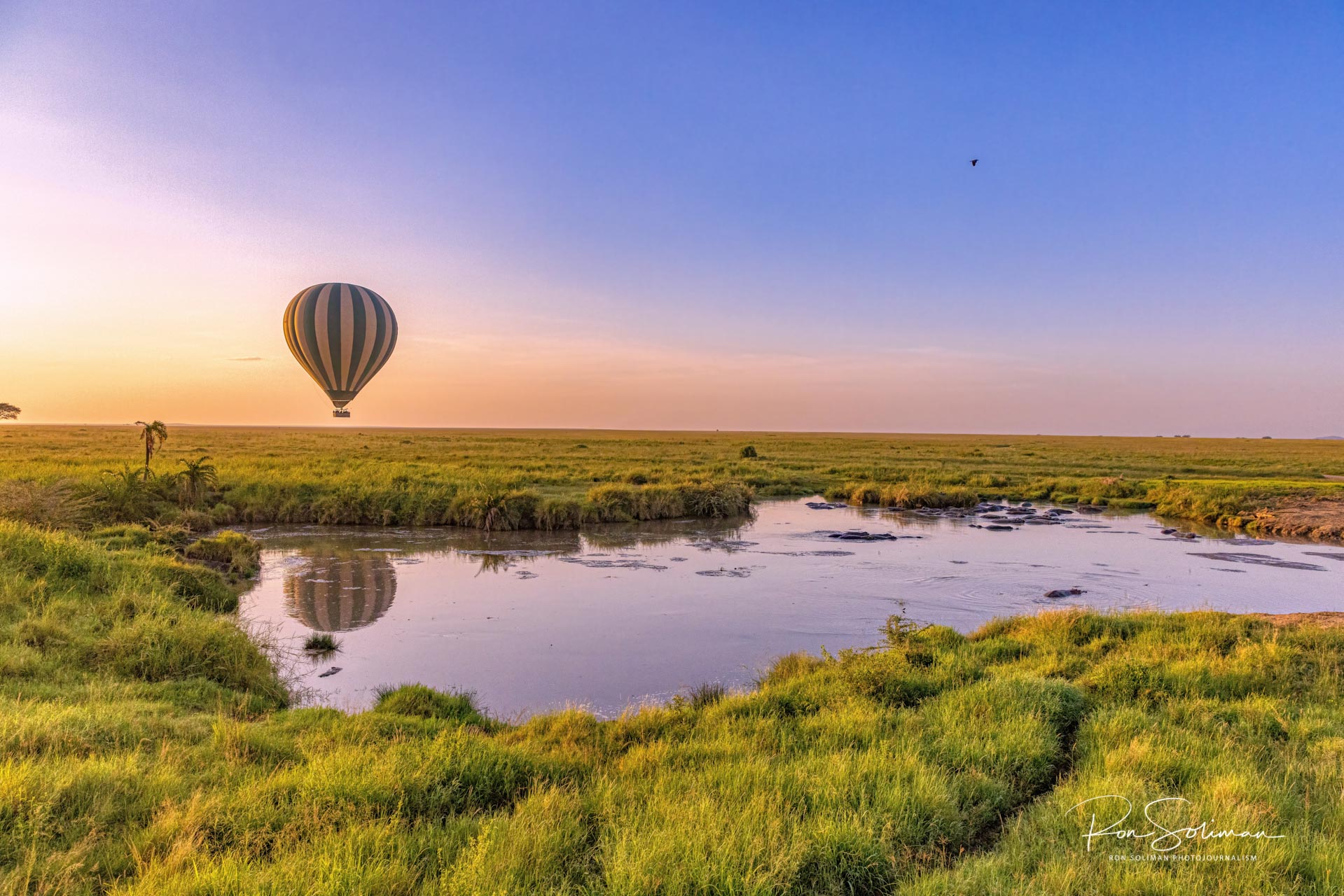
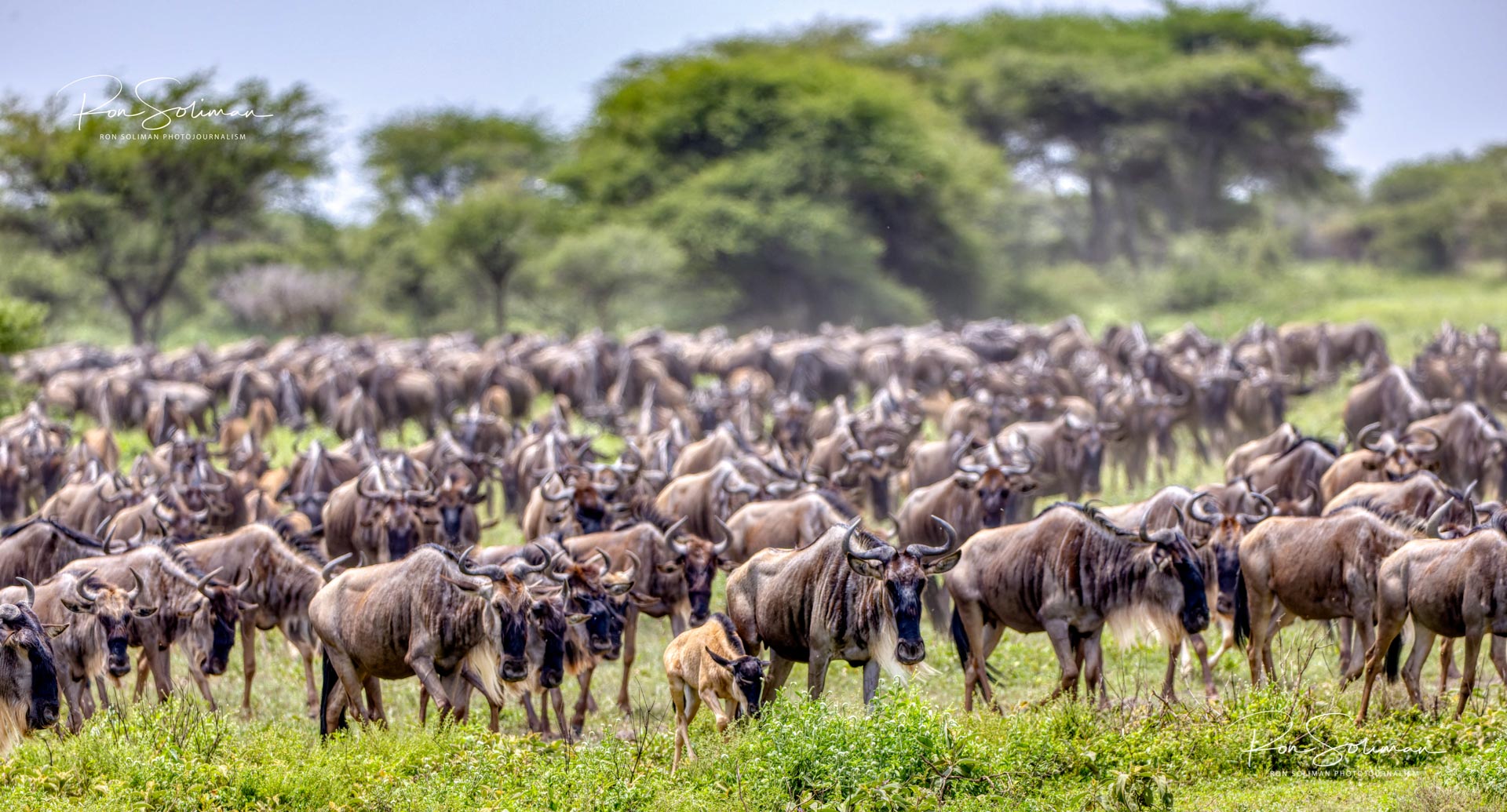
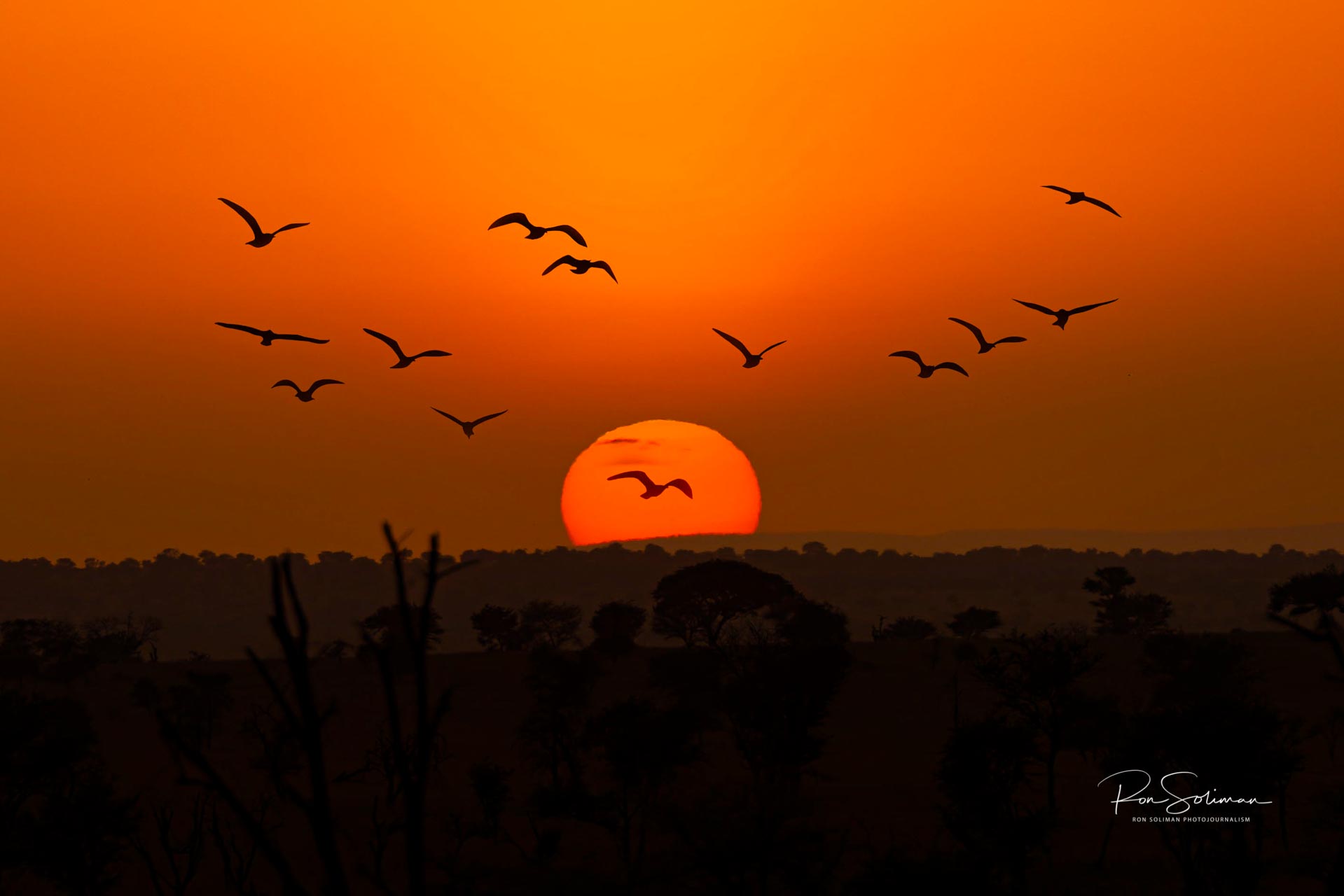
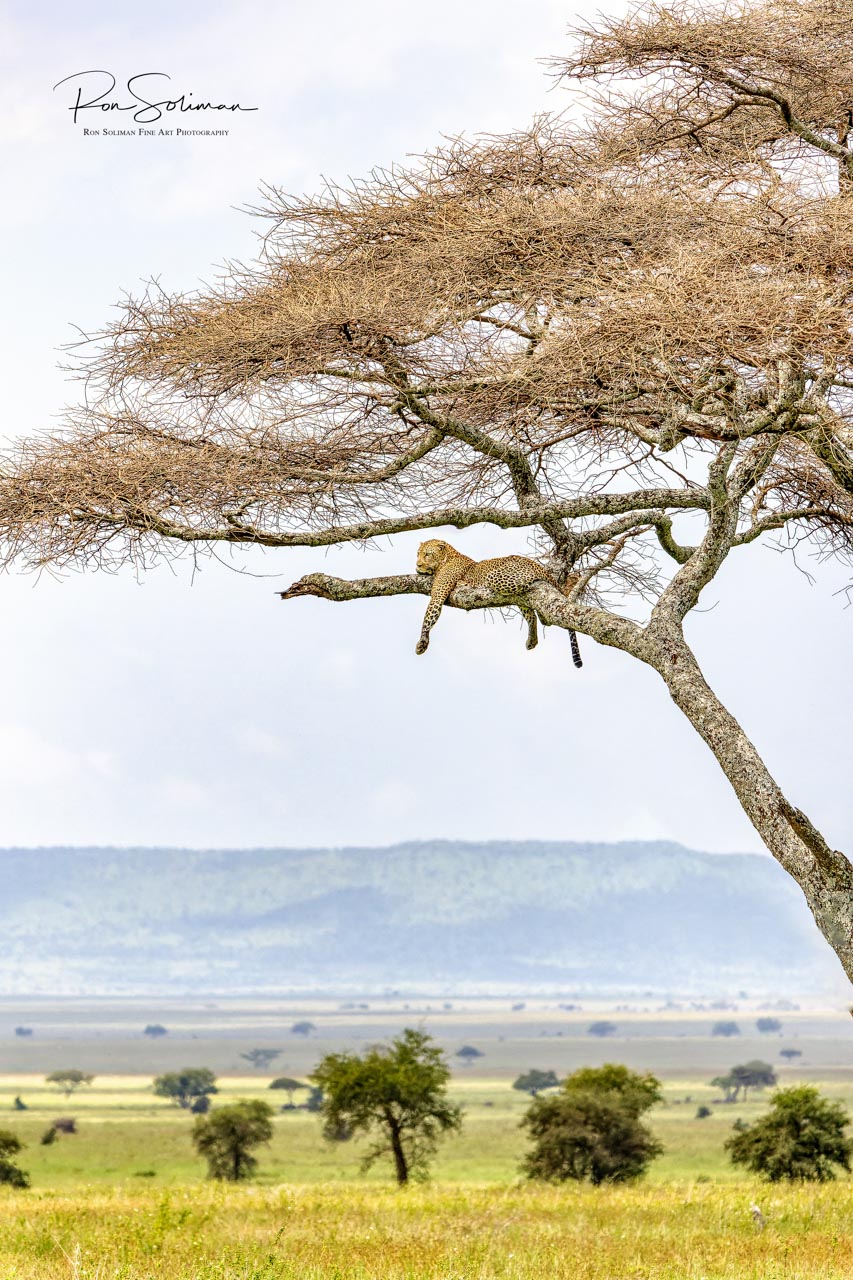
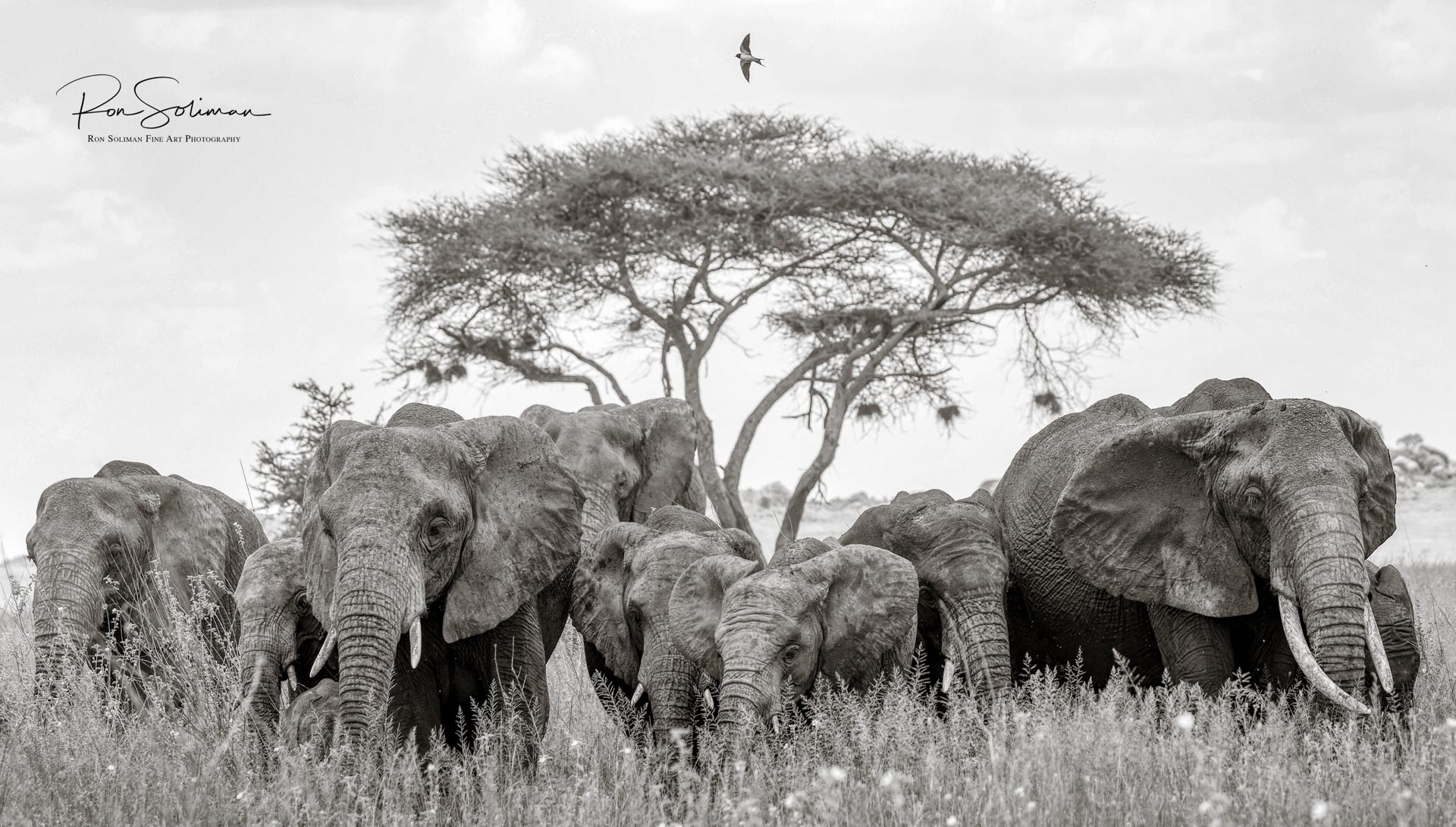
Cheetah, the world’s fastest land mammal, goes on a hunt in the savannah and spots a Tommy Gazelle from afar. A cheetah’s slender body is built for speed. Accelerating from zero to 45 in just 2.5 seconds. What you are about to see is one of the most incredible animal hunt you will ever witness…
(Click on any photo in the gallery below to enlarge the images)
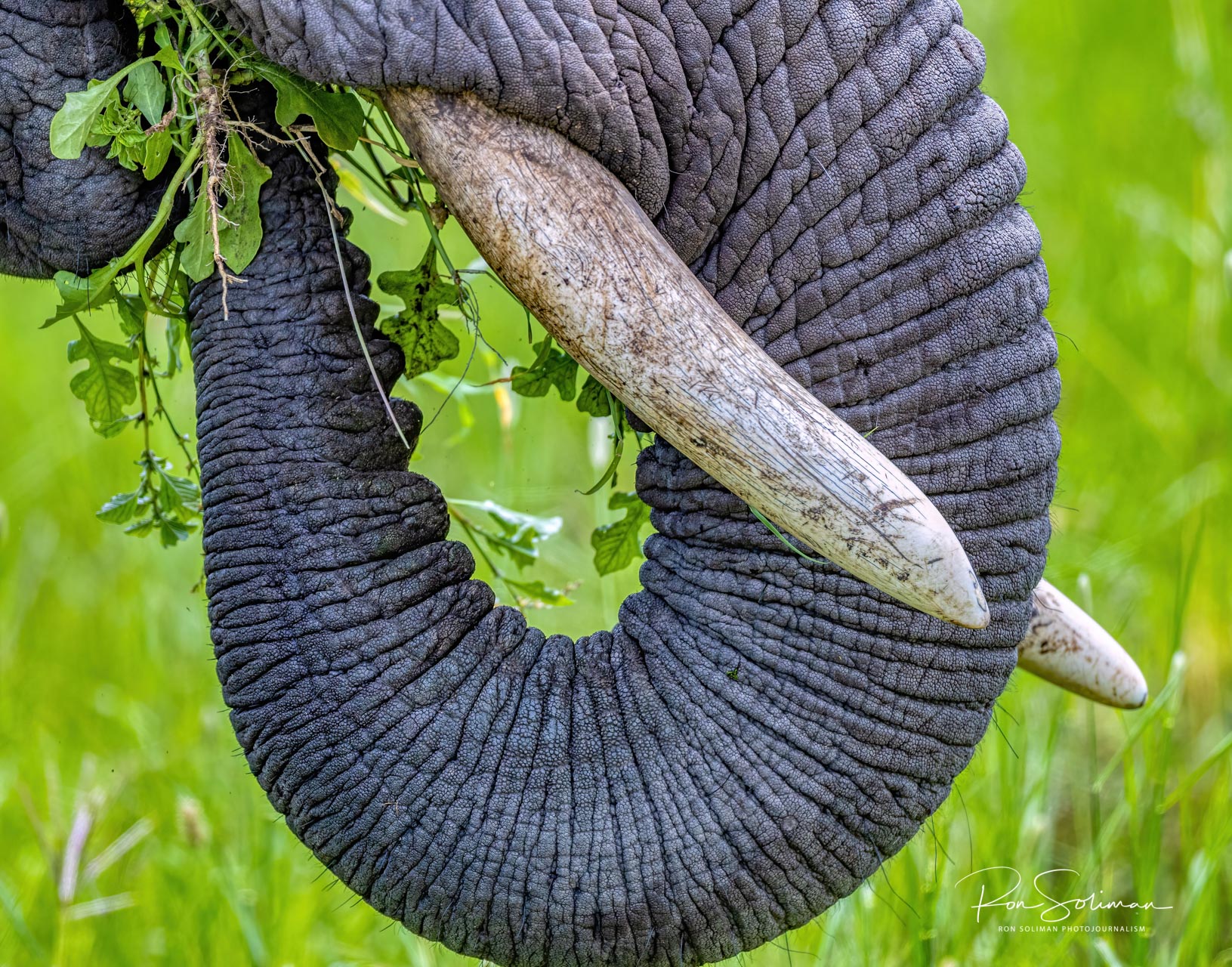
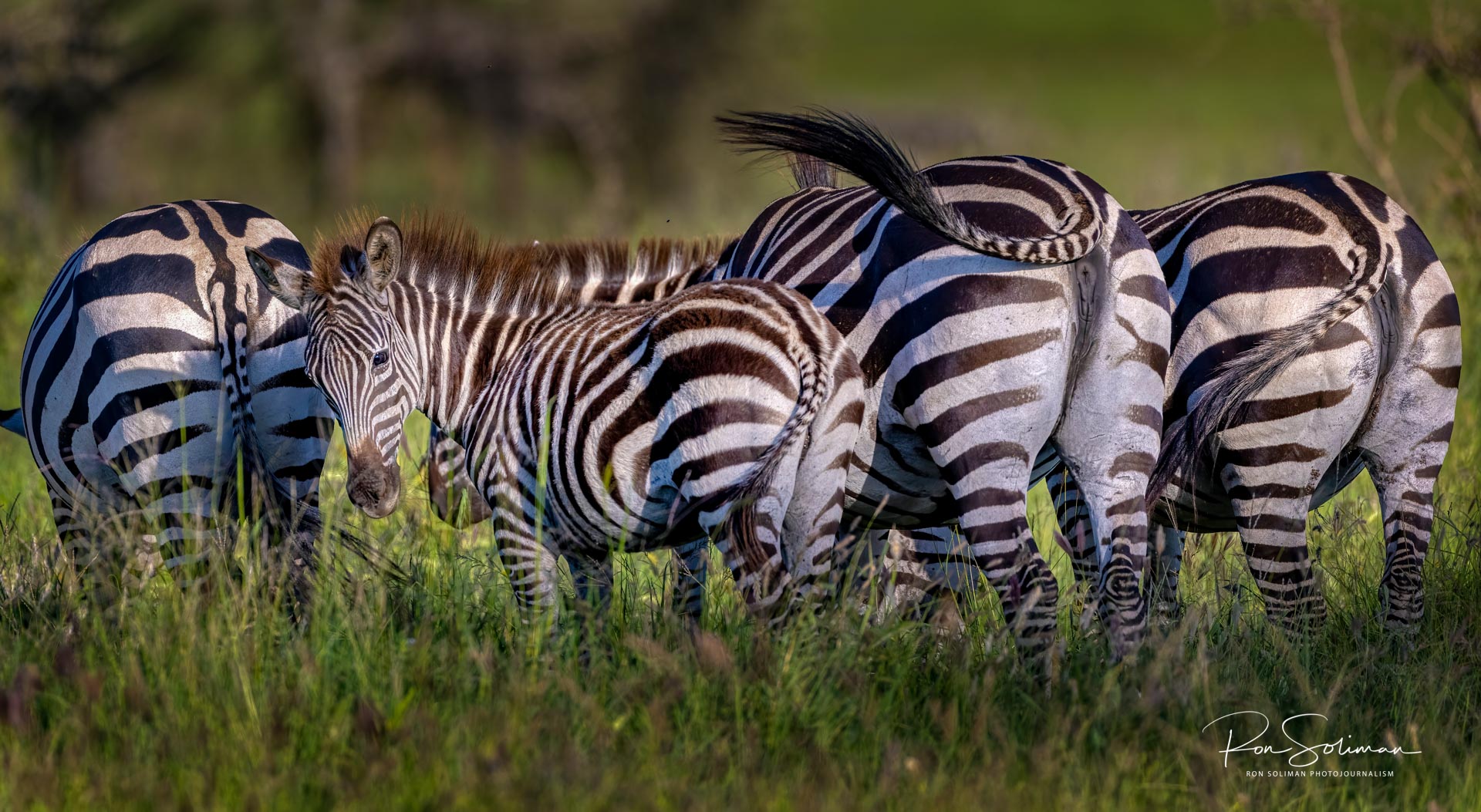
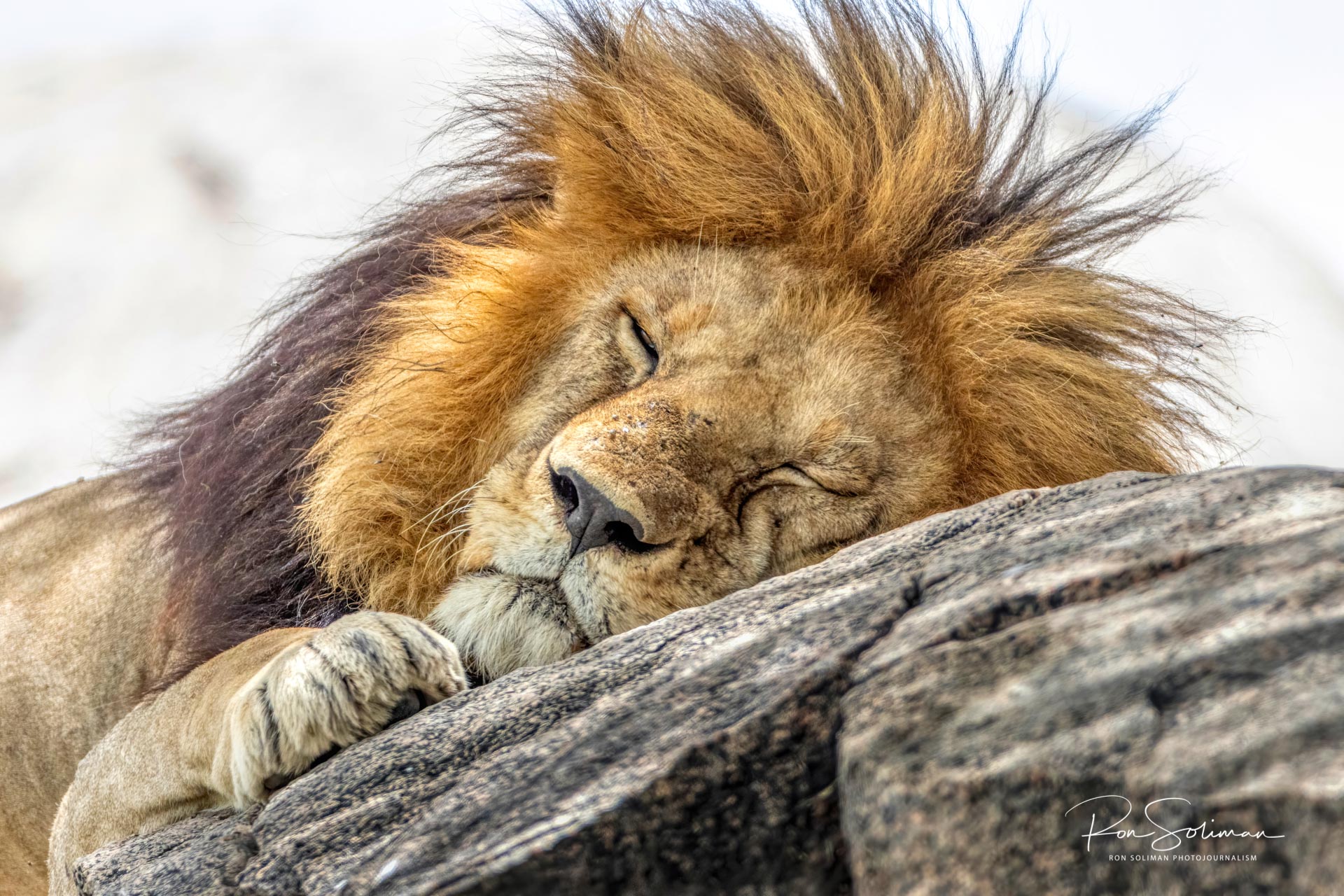
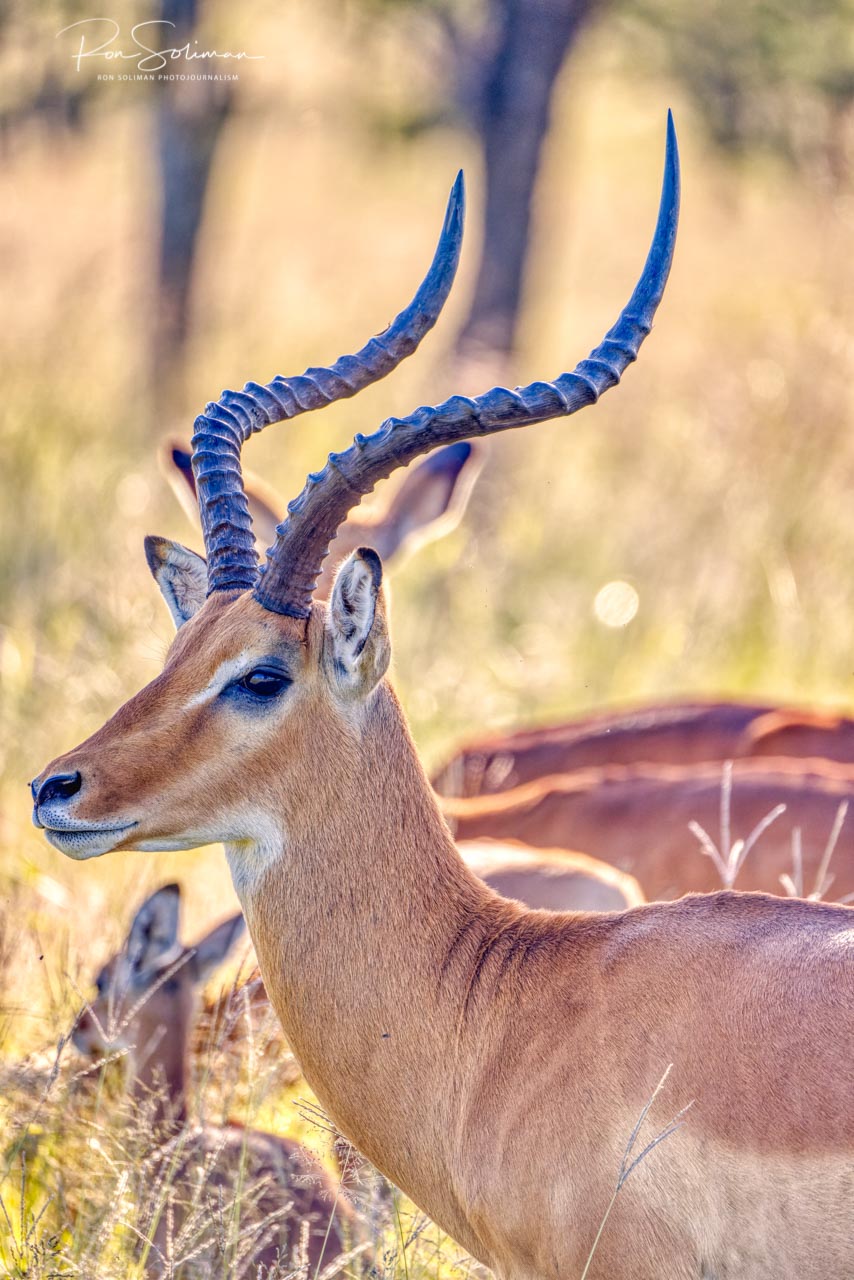
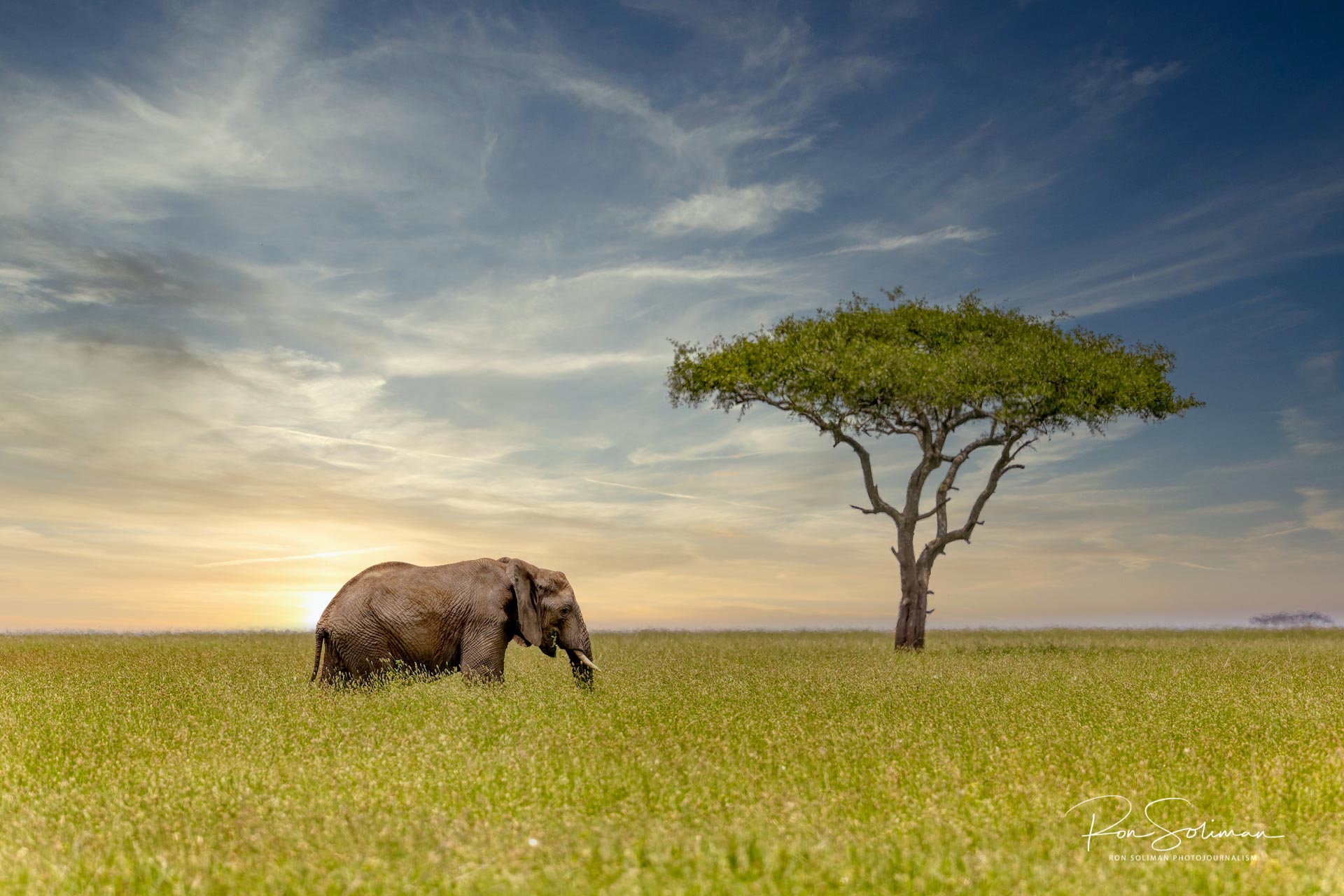
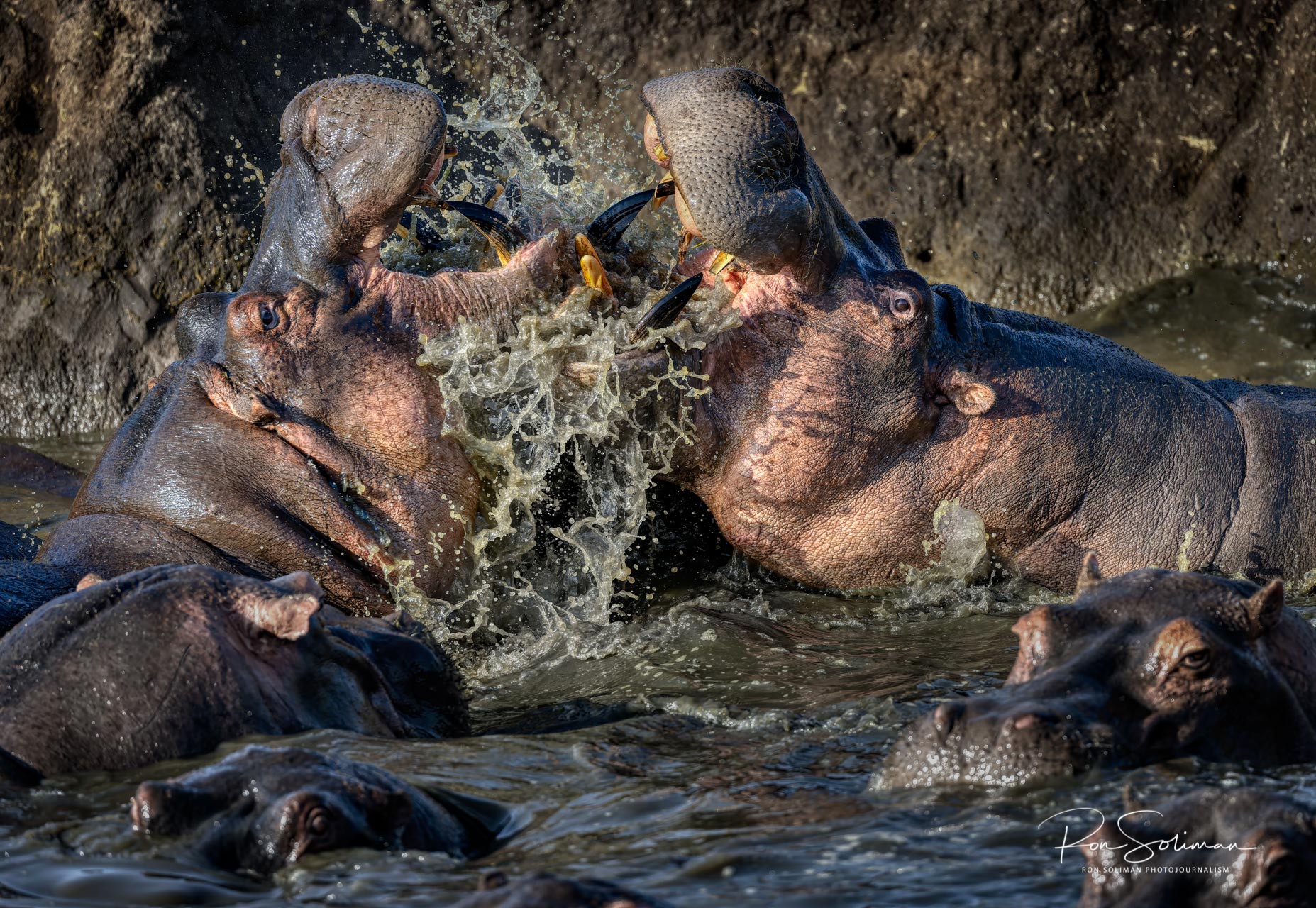
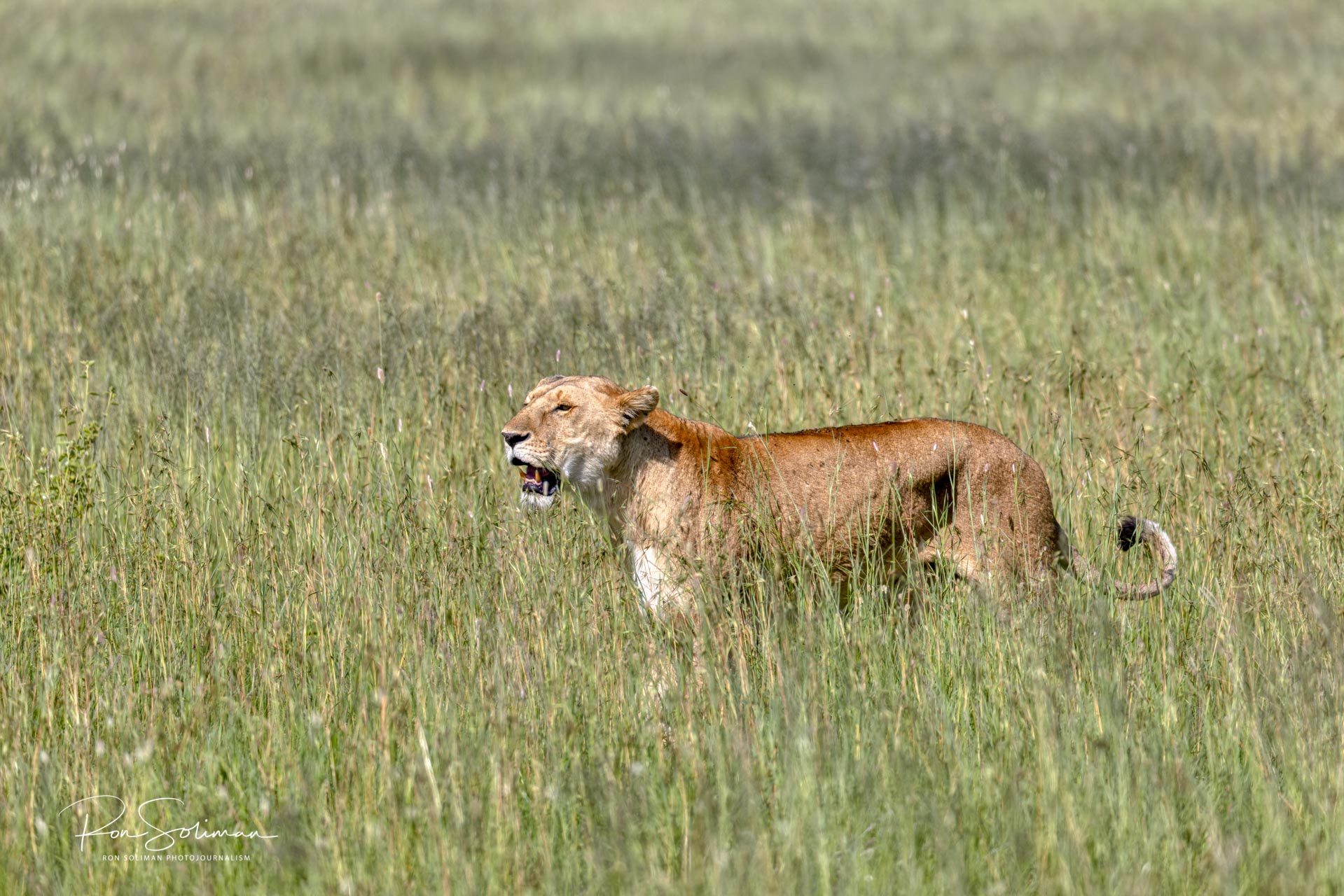
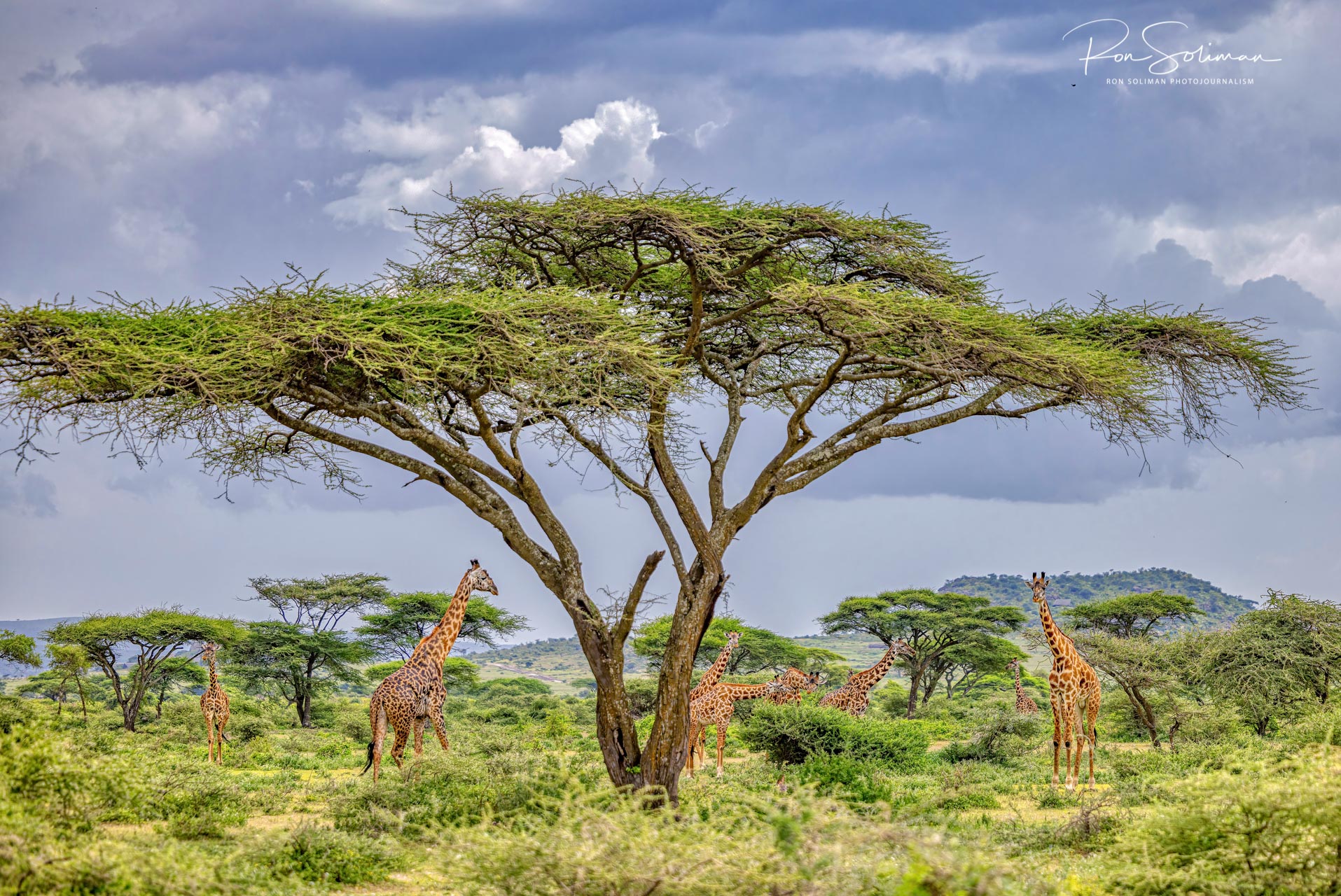
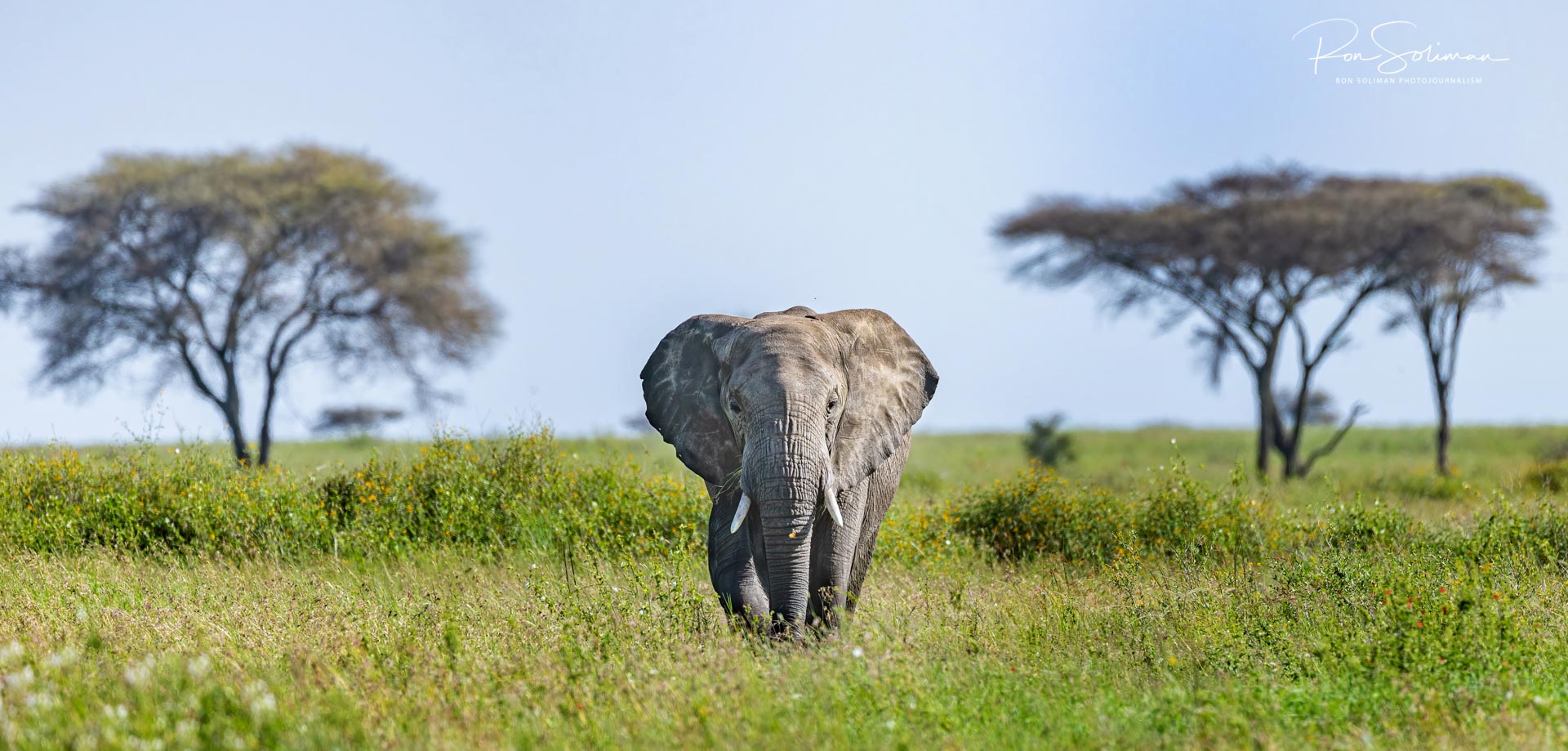
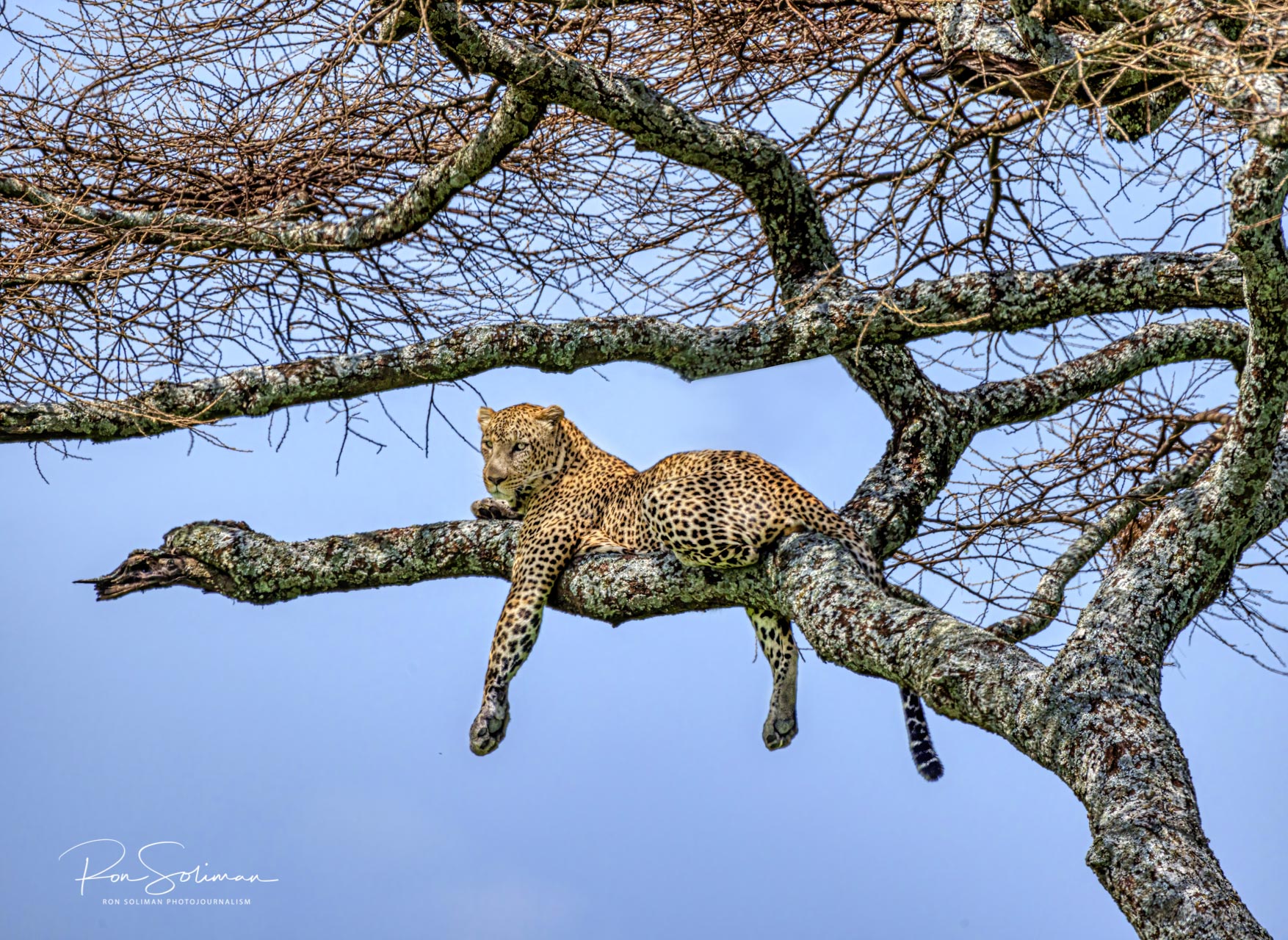
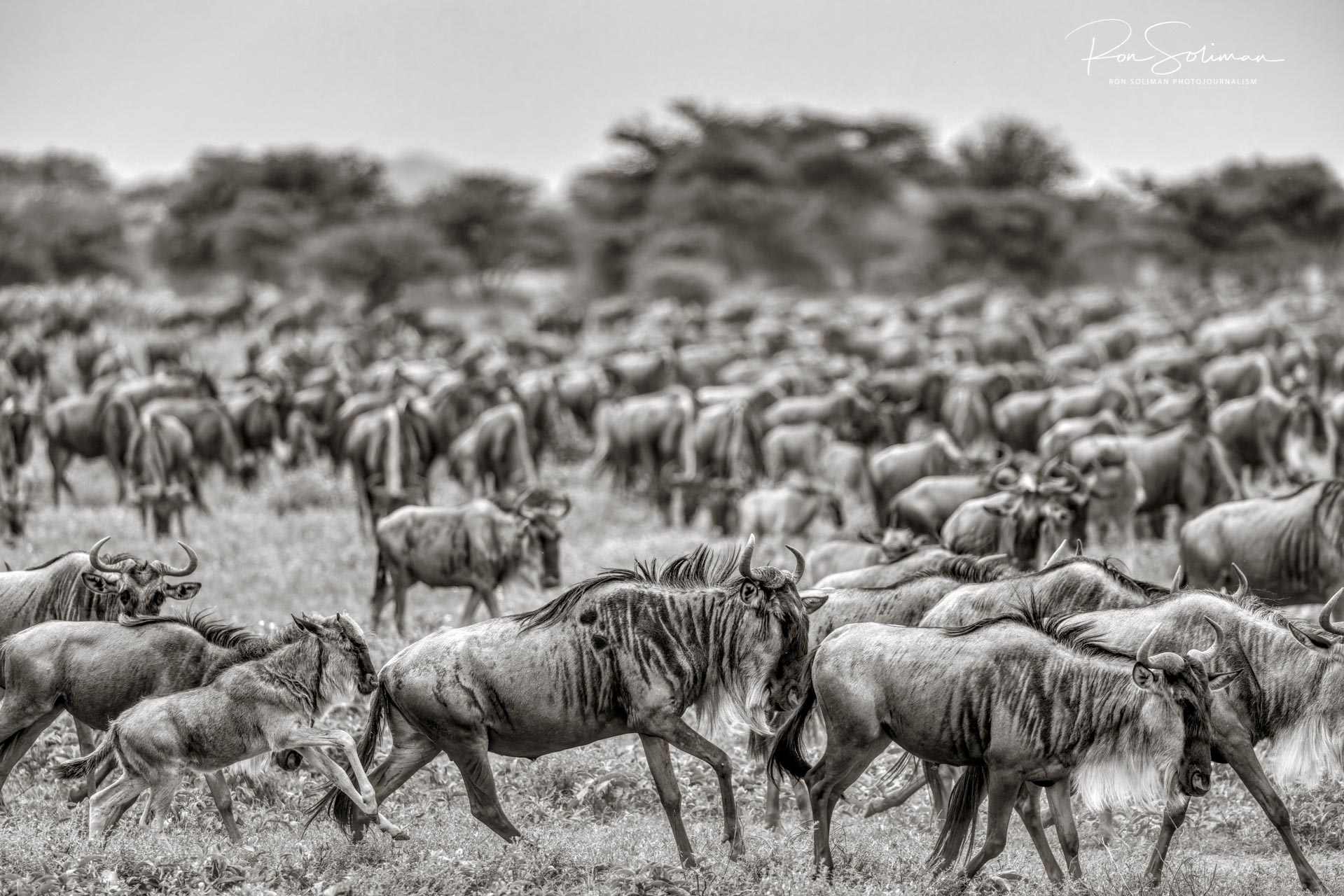
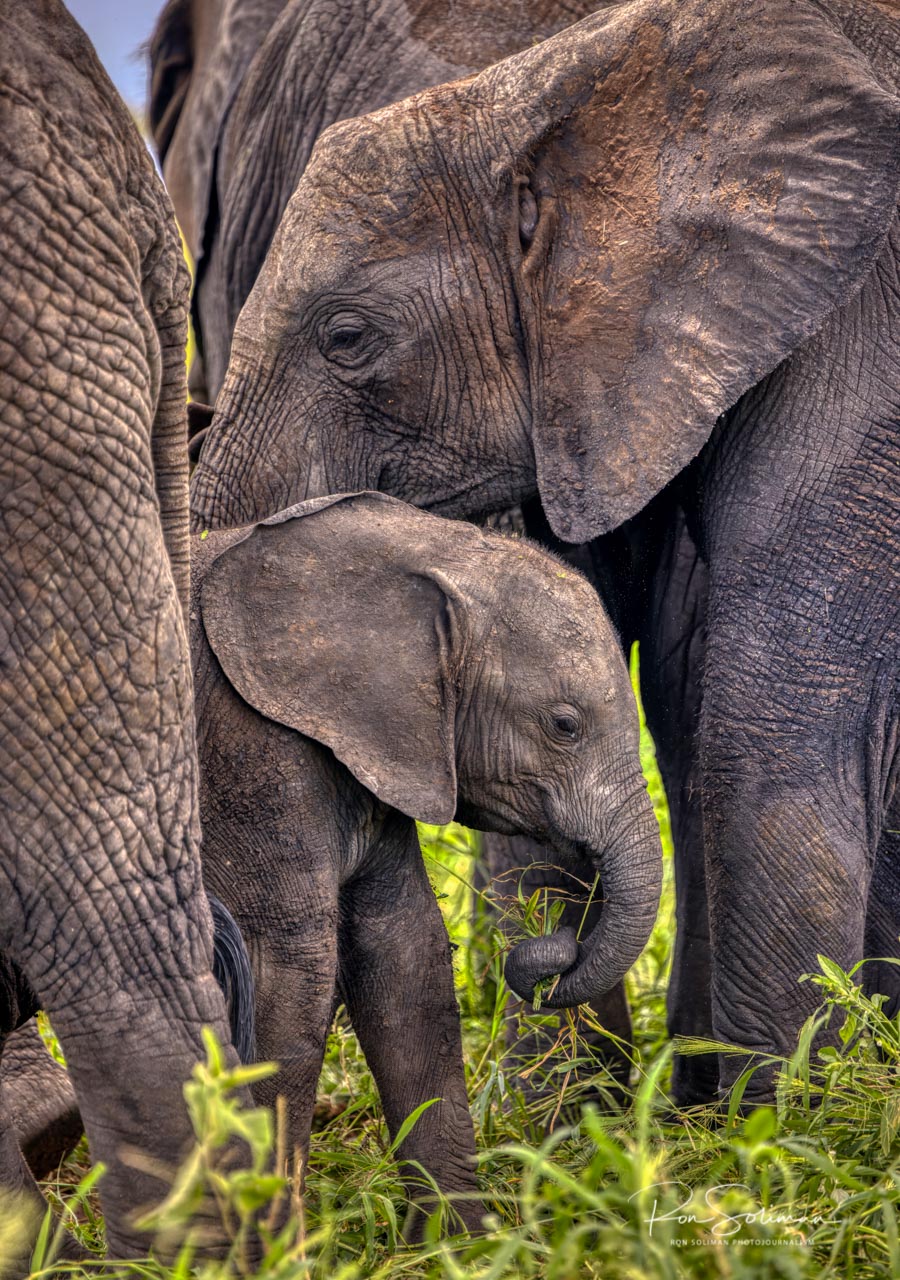
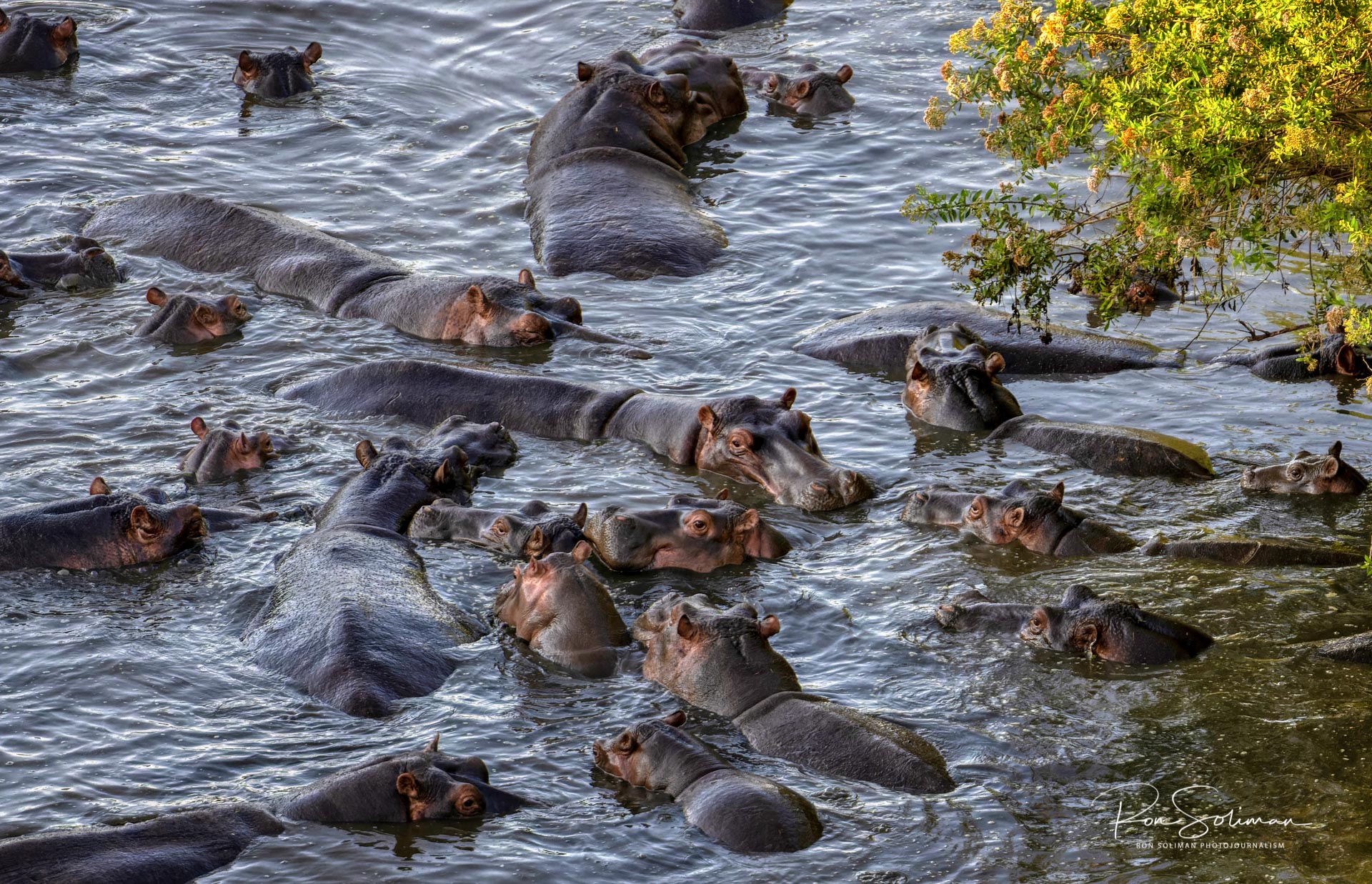
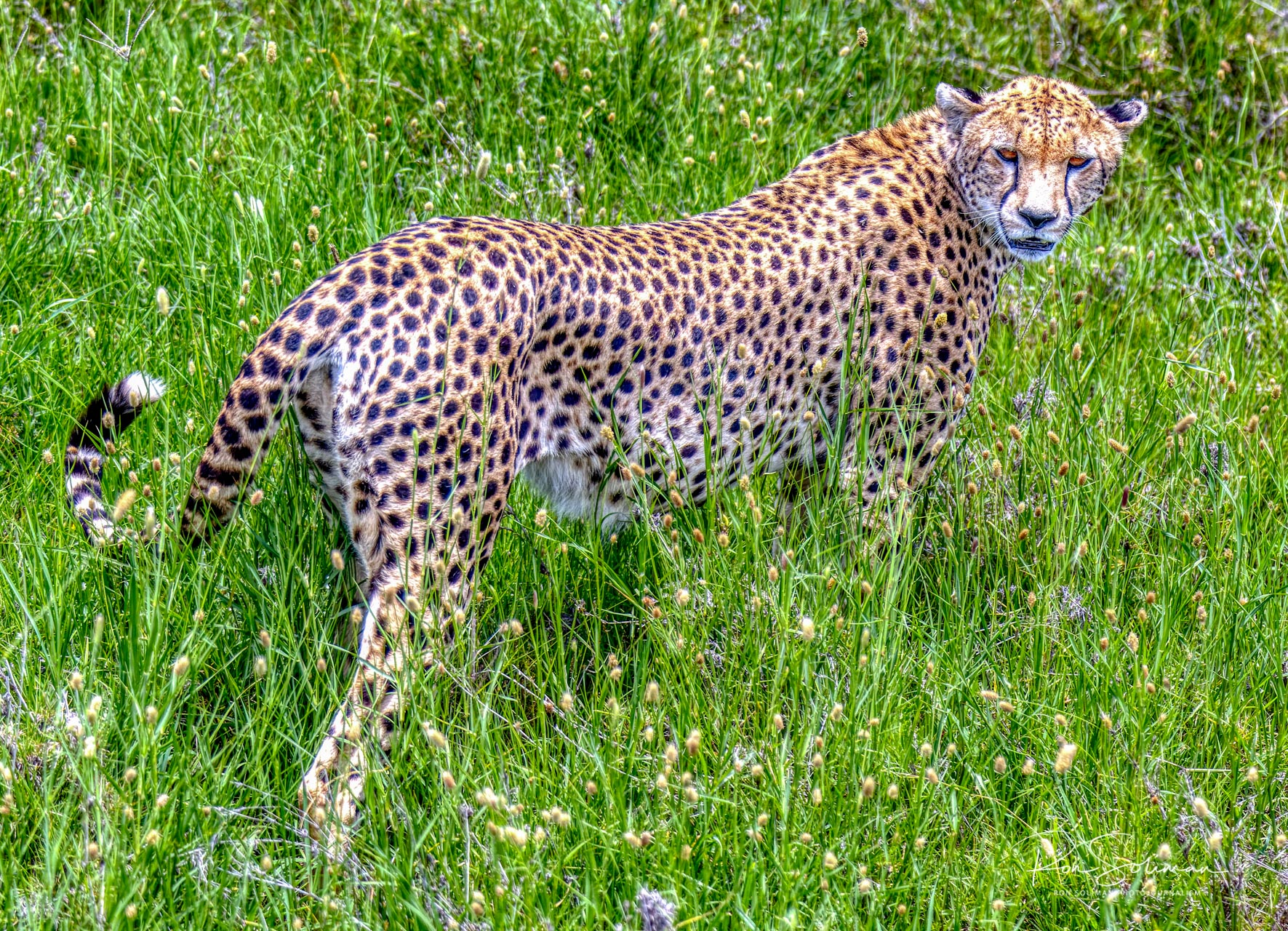
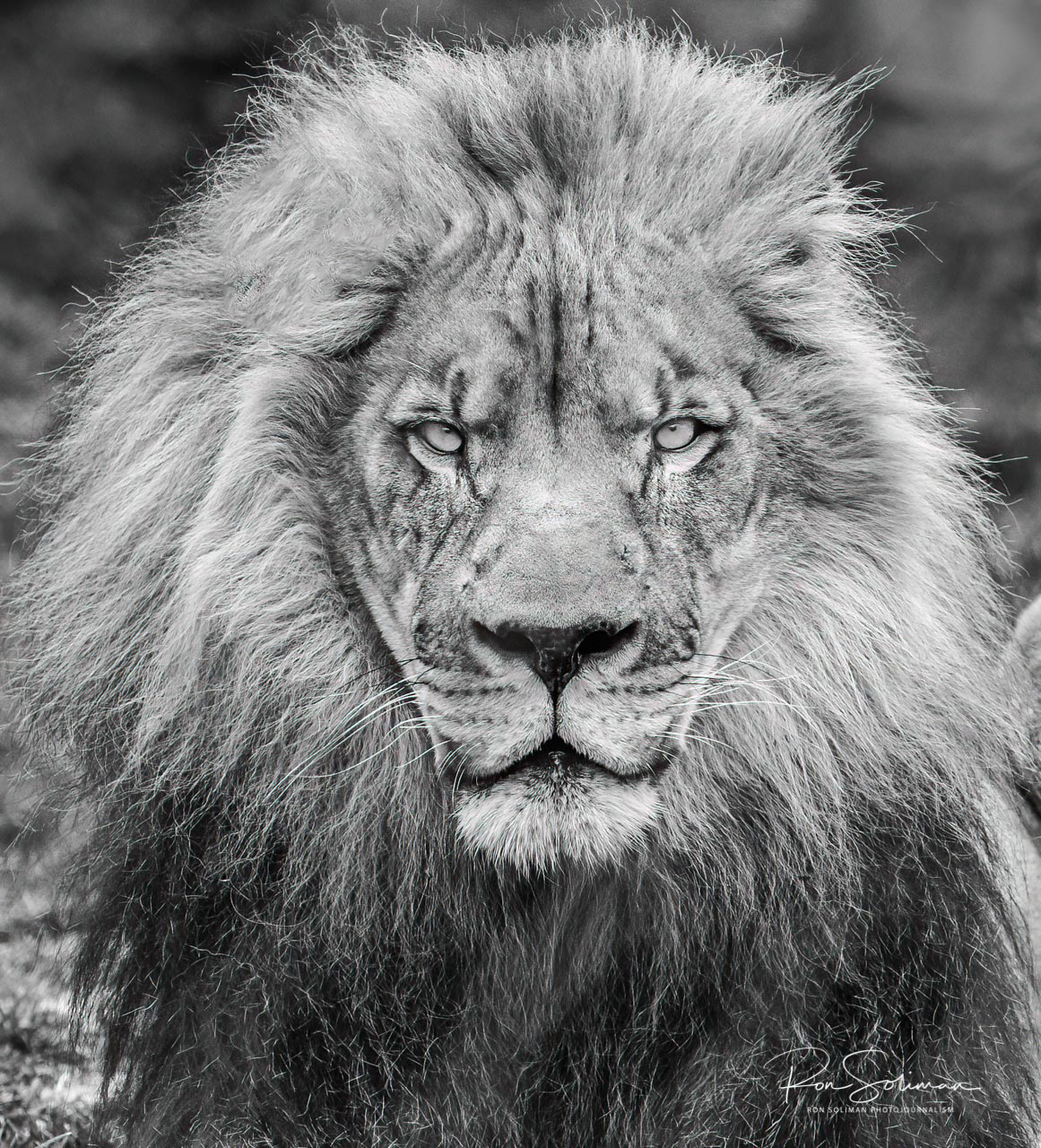
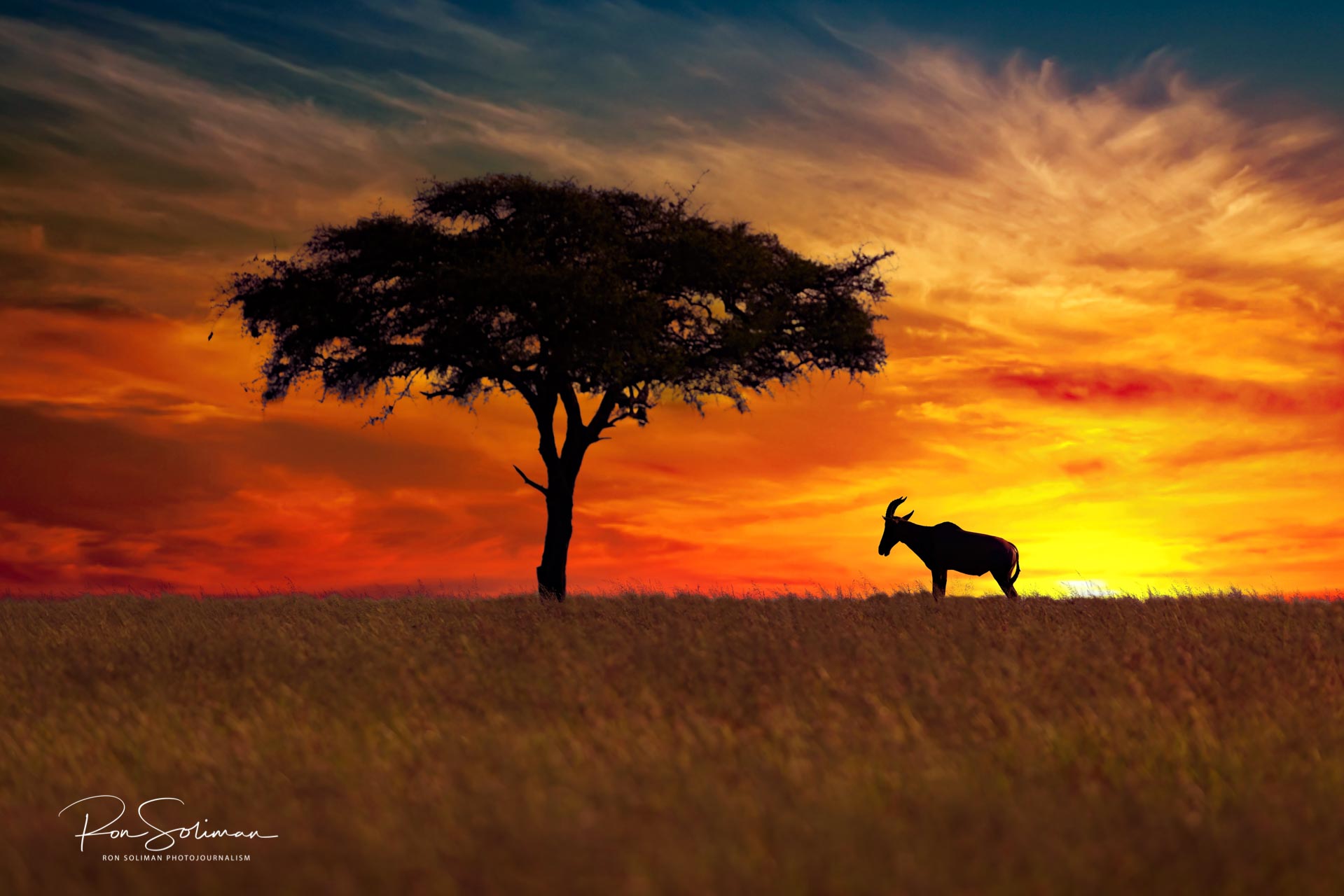
Thank you so much for visiting my blog about my journey to the Serengeti. I hope you enjoyed looking through these images from this epic adventure. It was such an incredible experience to photograph in the wild and learn a lot about the African culture.
I invite you to leave any positive comments below. Also, feel free to ask any questions about the trip. I will also be more than happy to answer them for you and give the best advice I can give based on my experience. As a bonus, I would be willing to share with you my full itinerary. Just let me know in the comments below.
Make sure to check out my other blog post where I talk about –
“My Top 10 Tips for a Successful African Safari Photography Experience”
Once again thank you, and like what they always say in Africa – “Hakuna Matata” (it means No Worries) and Live Life to the Fullest!

 Cart is empty
Cart is empty